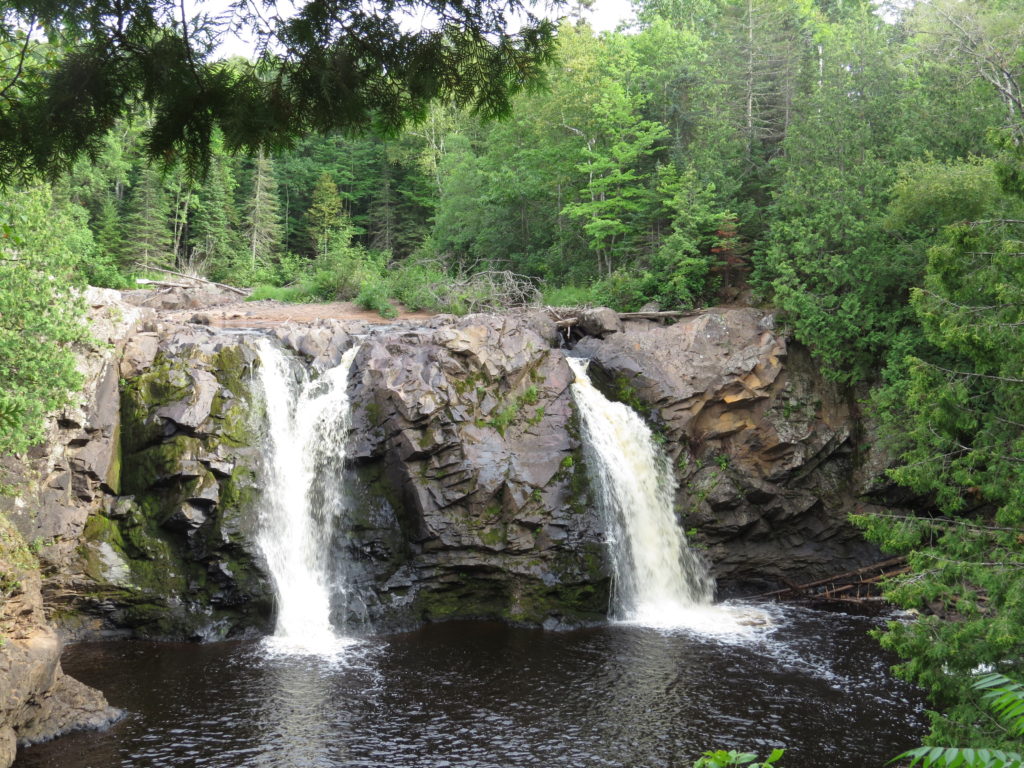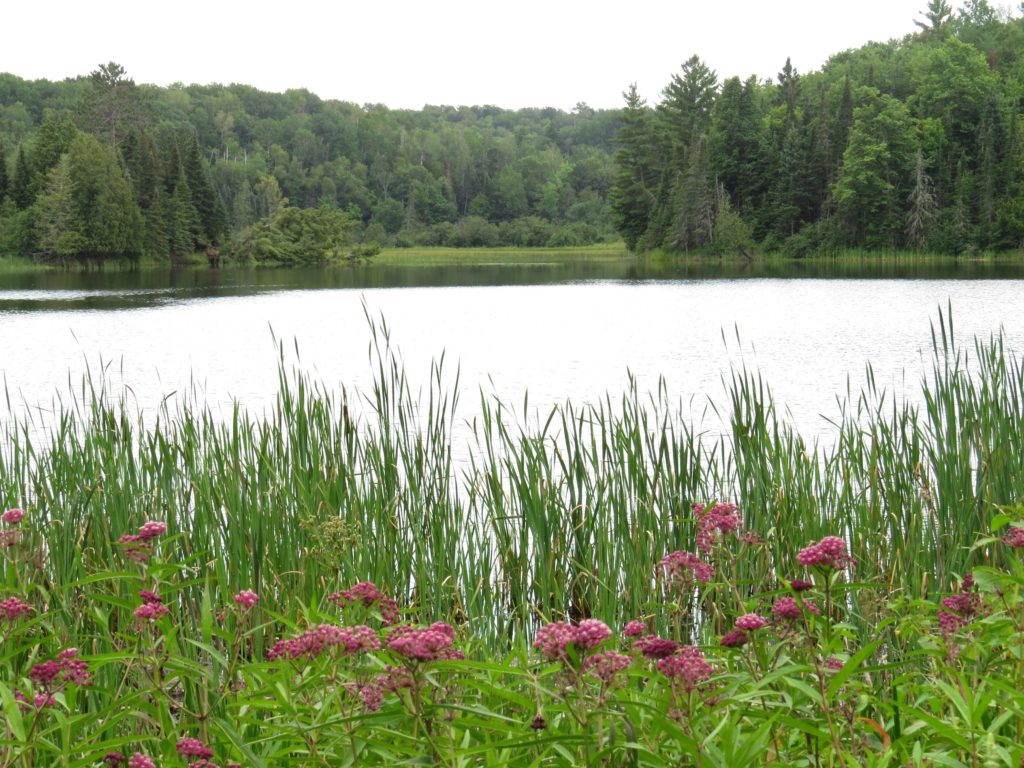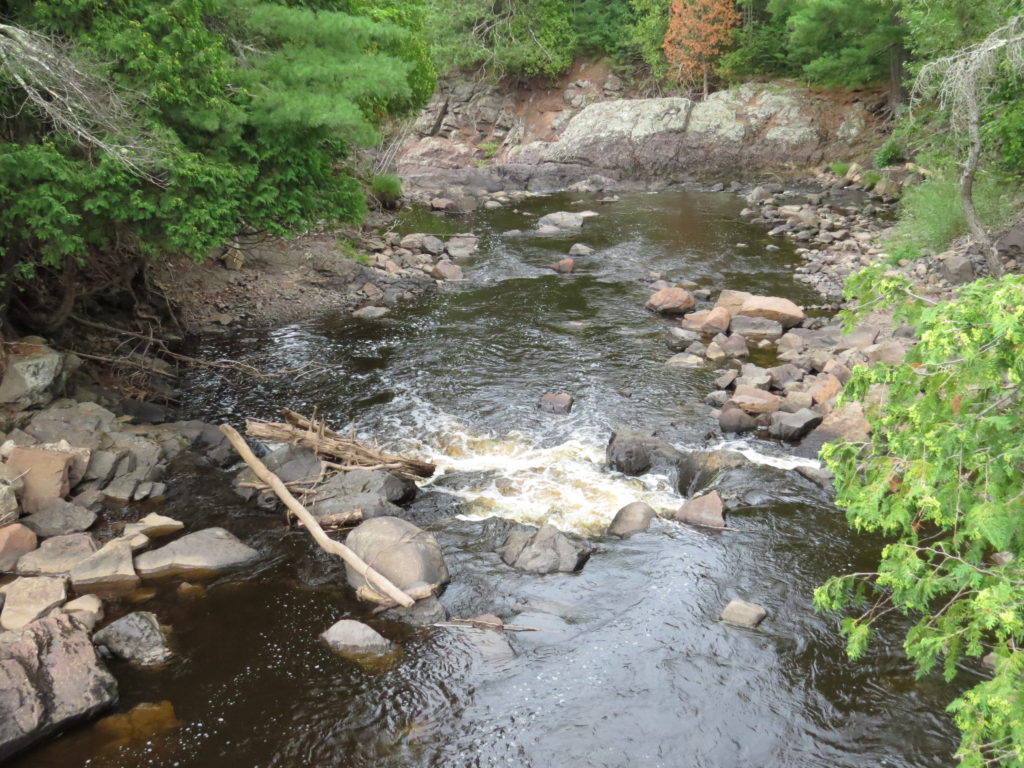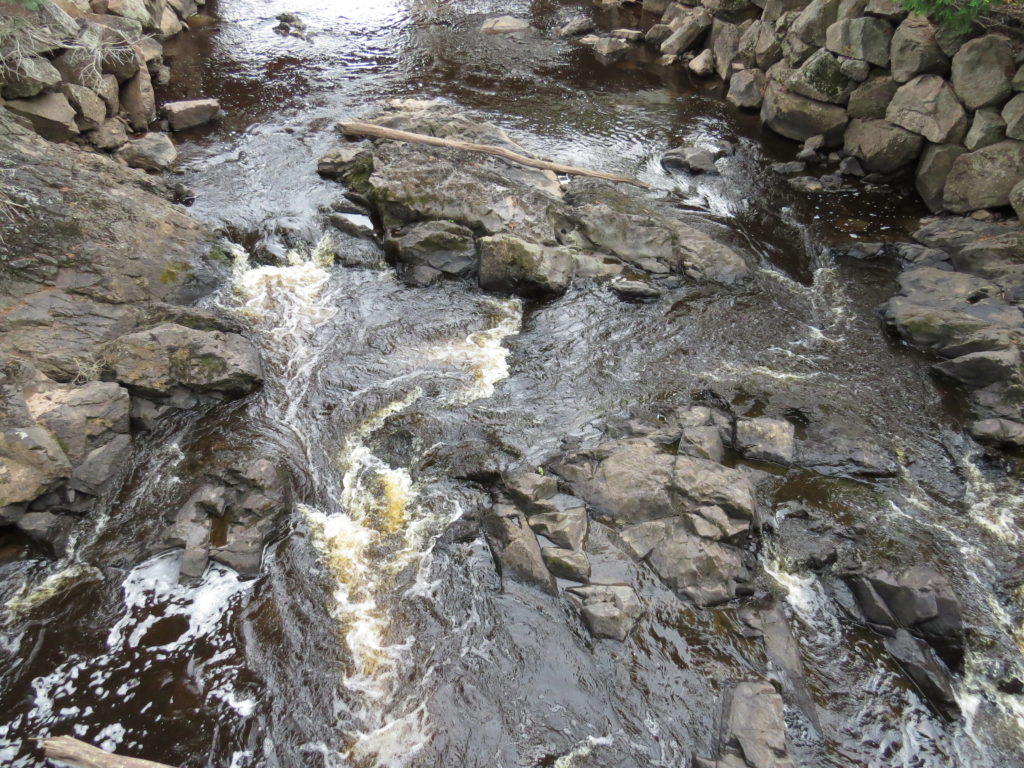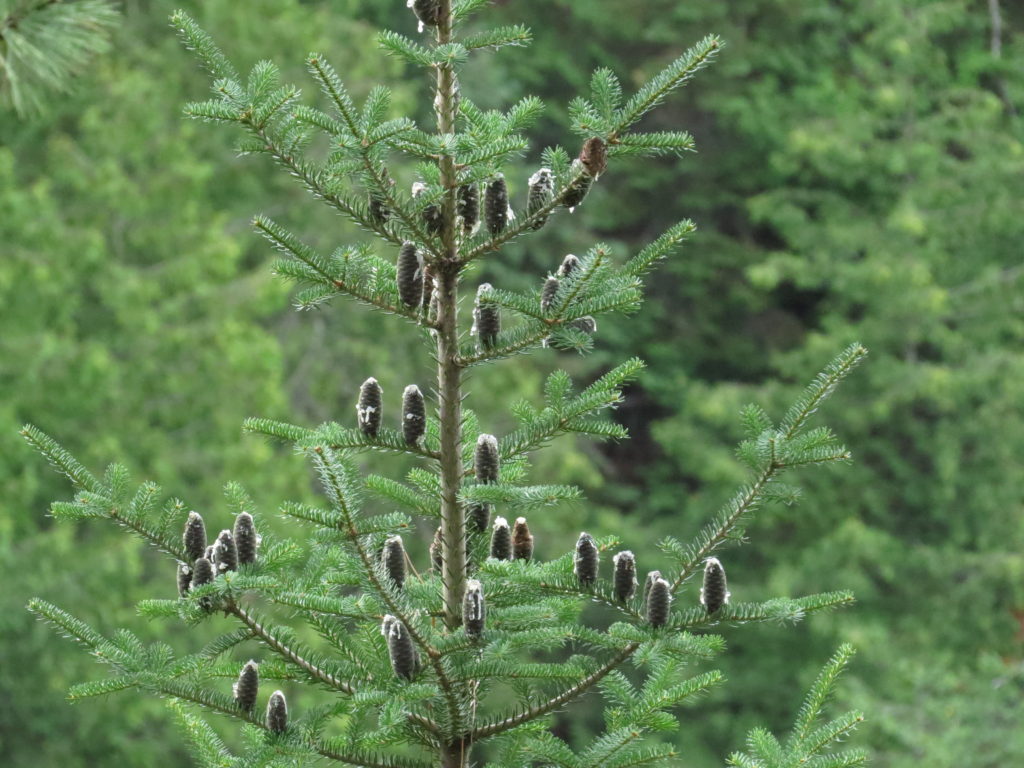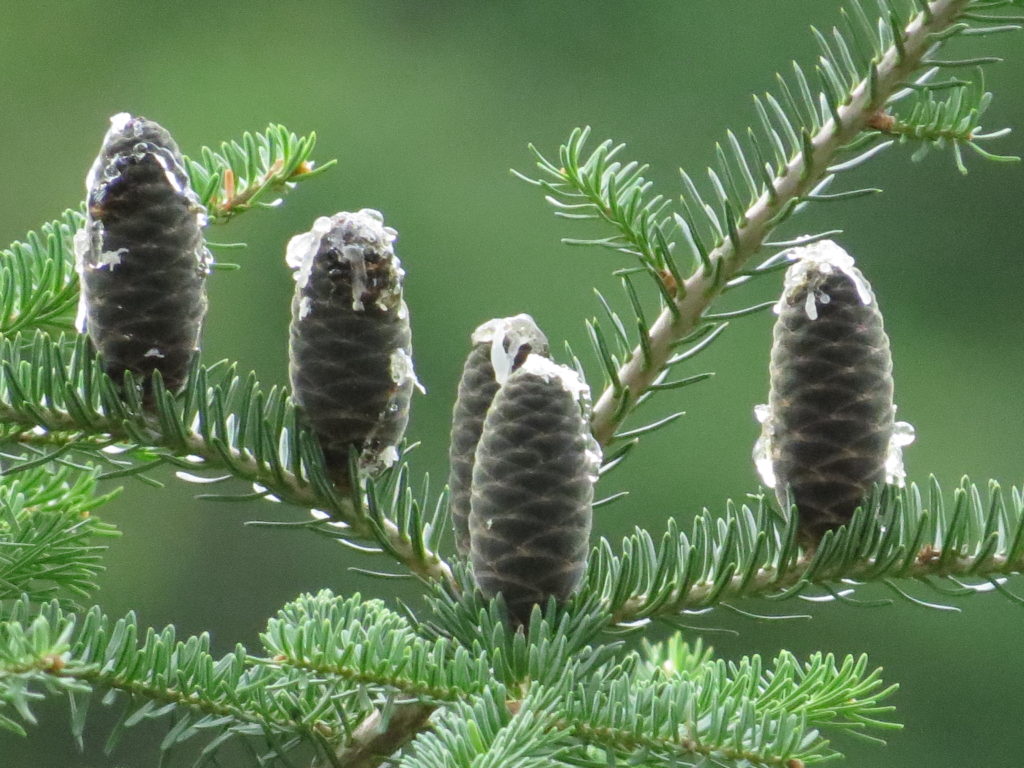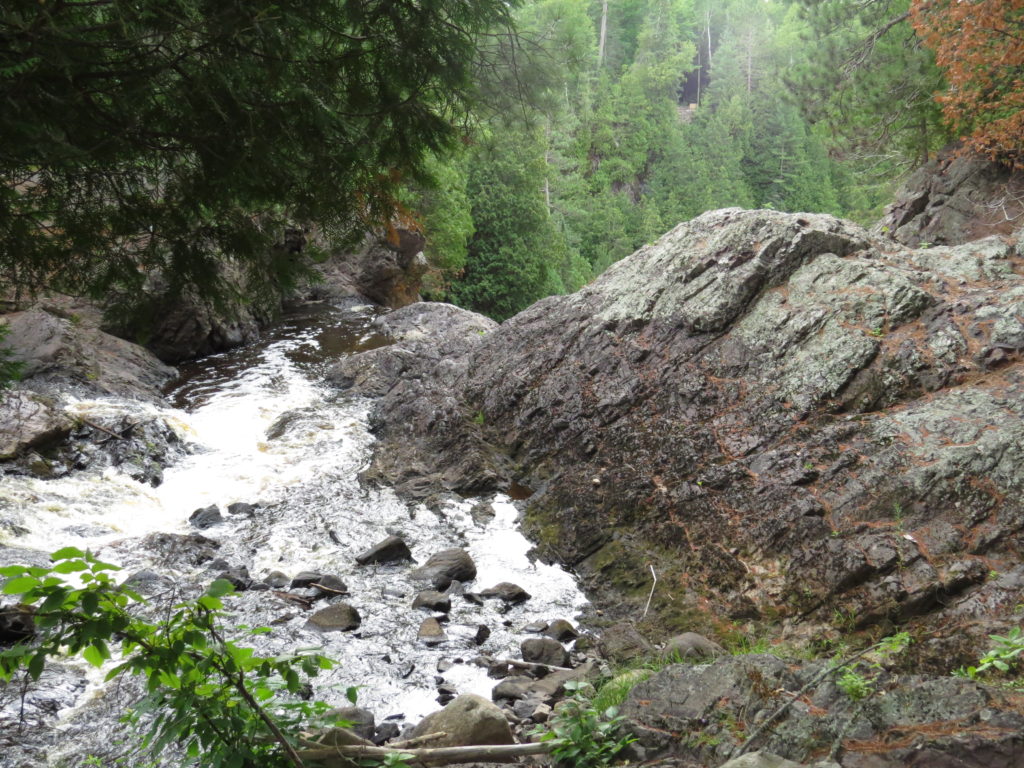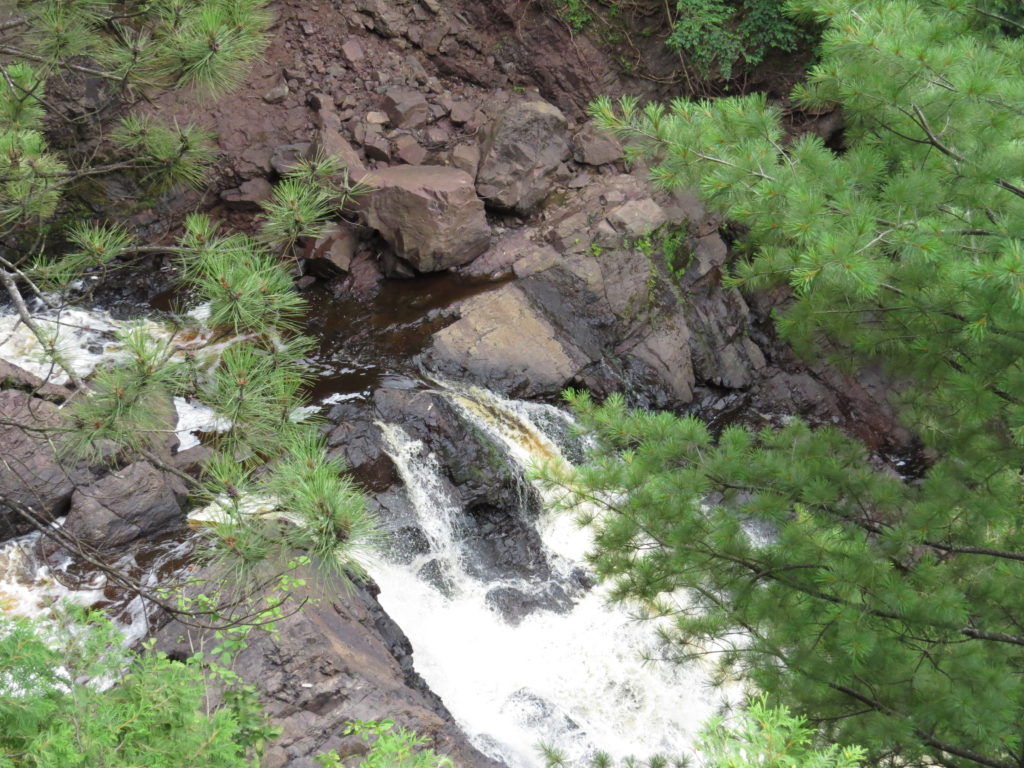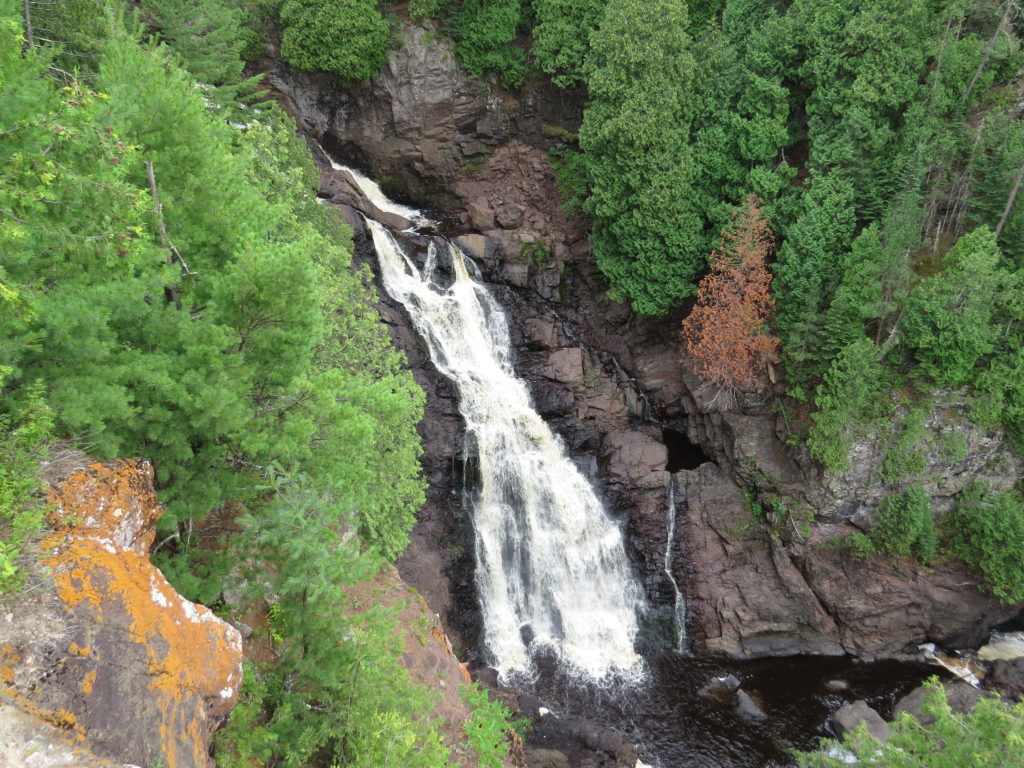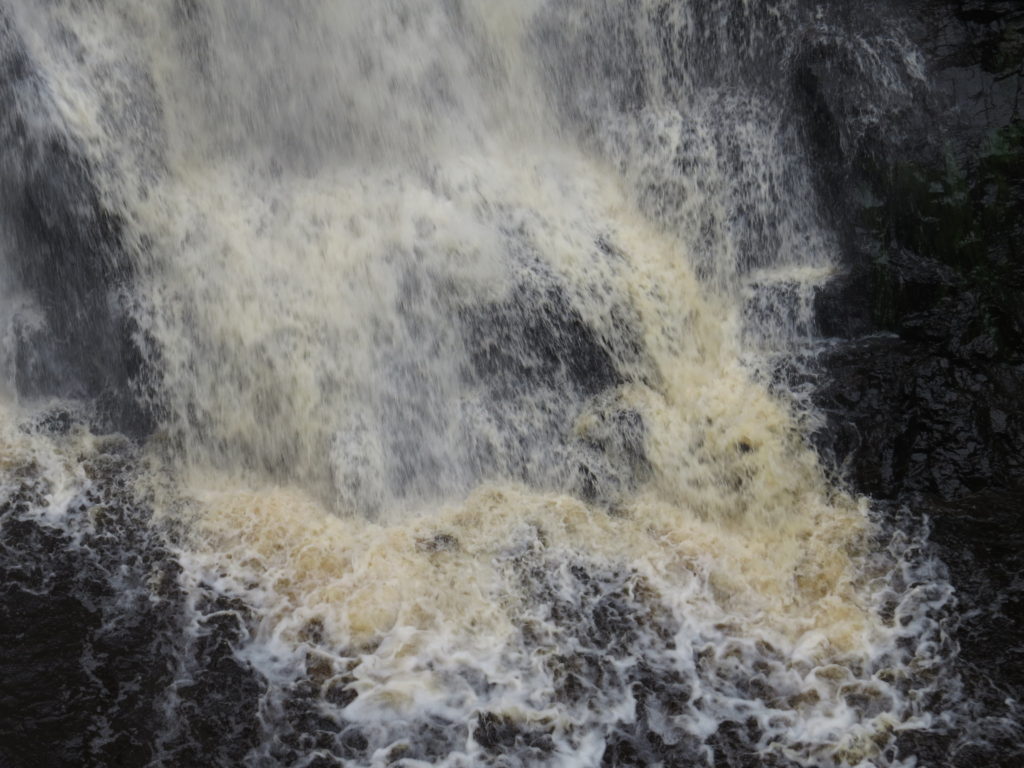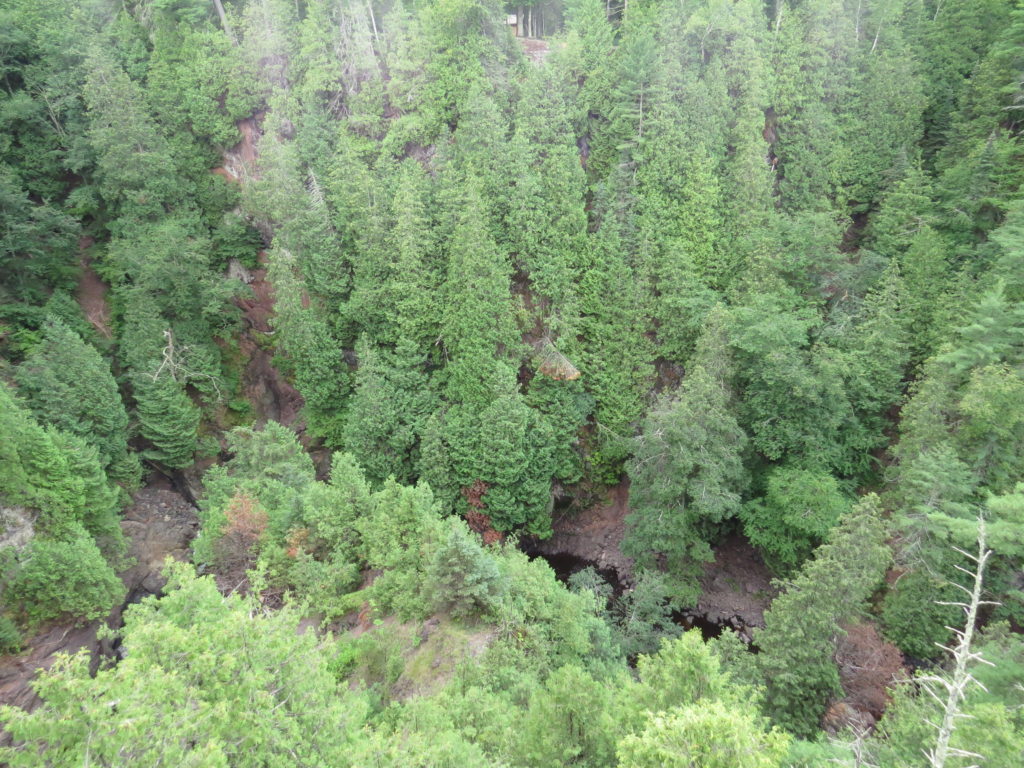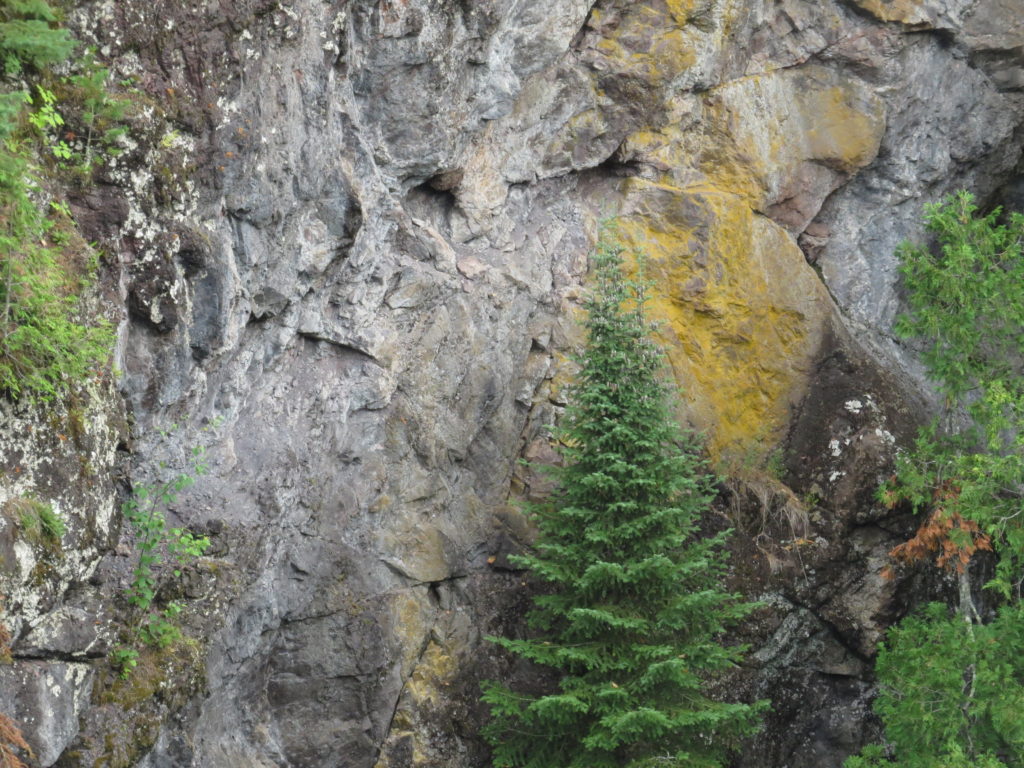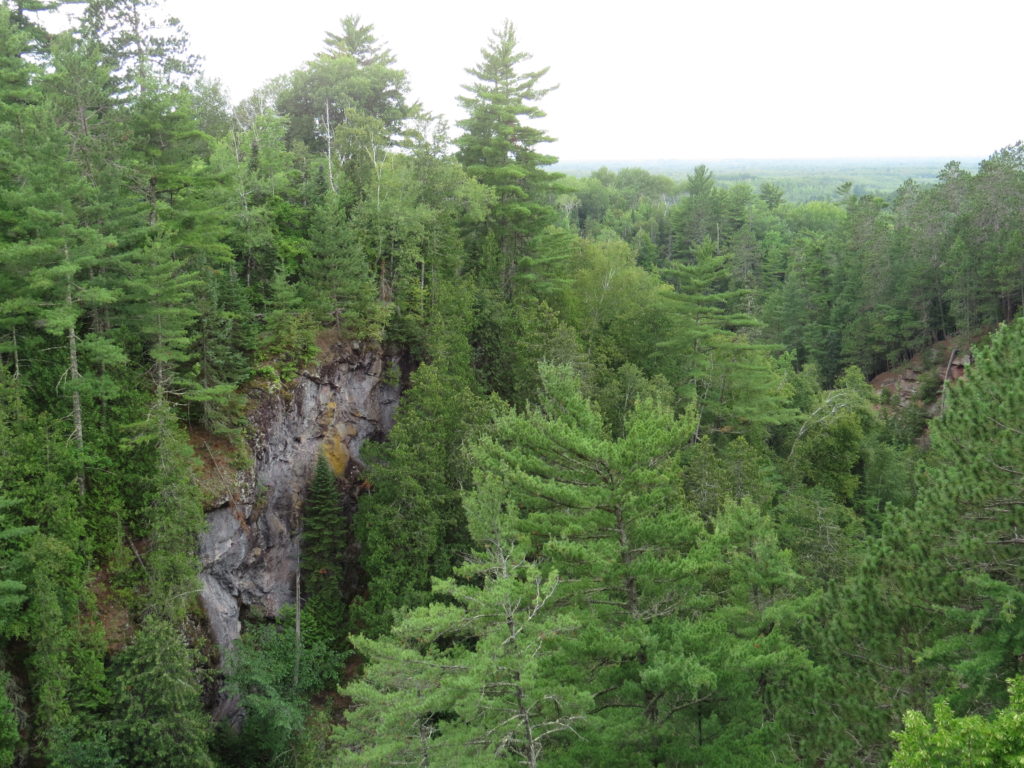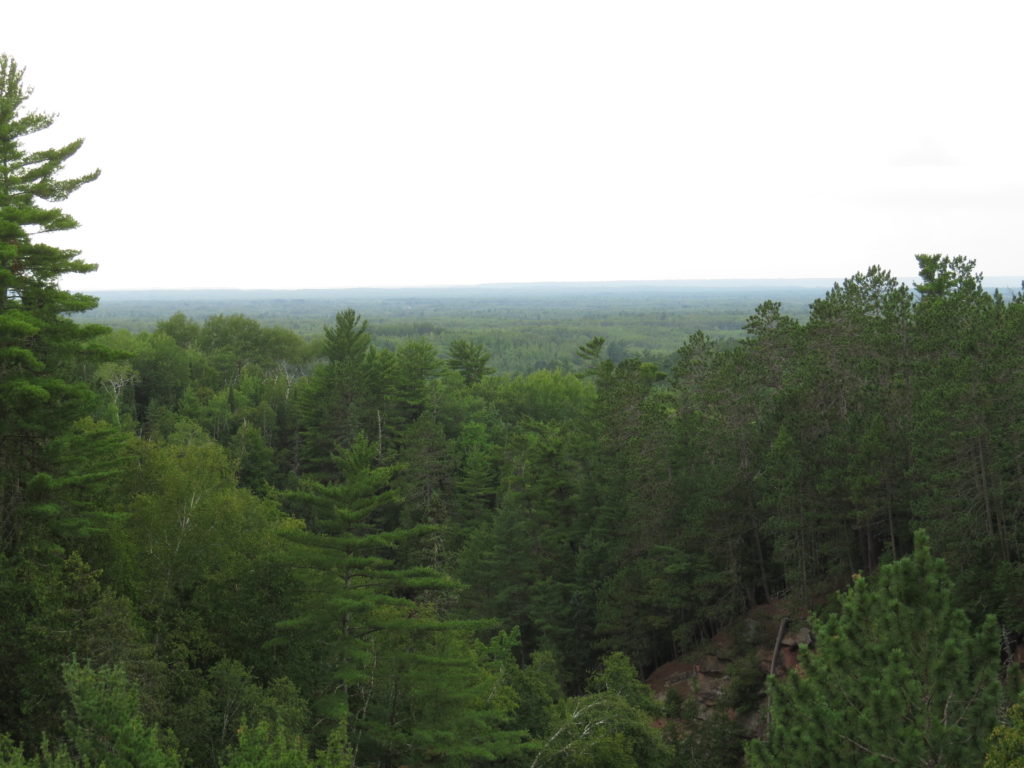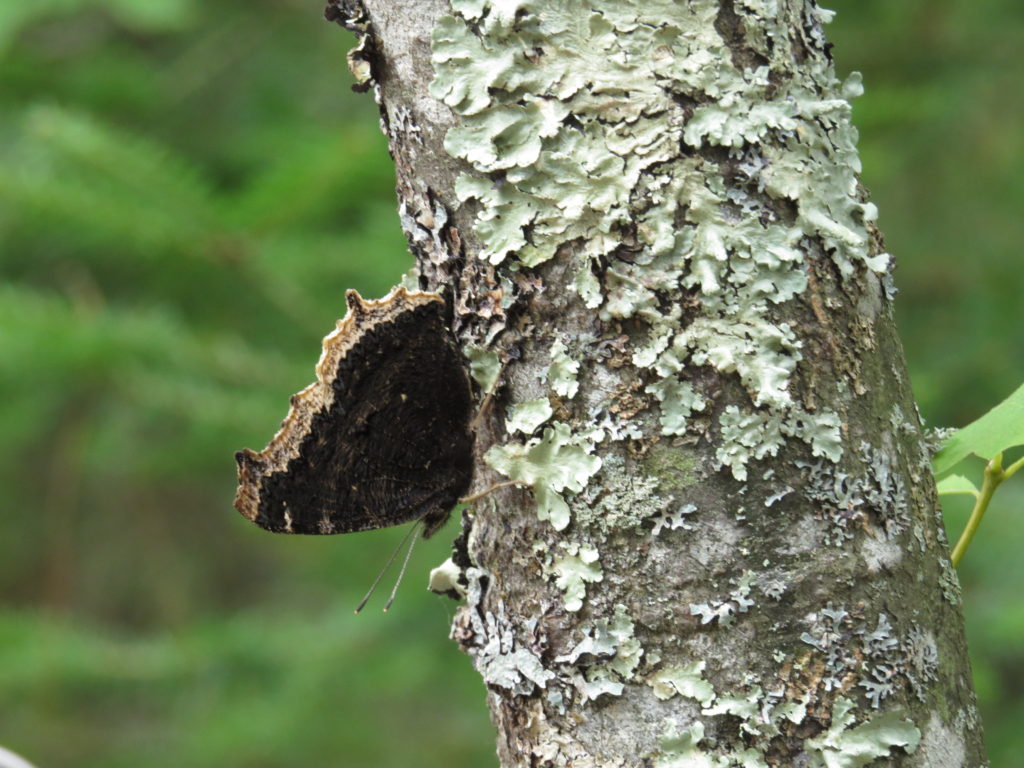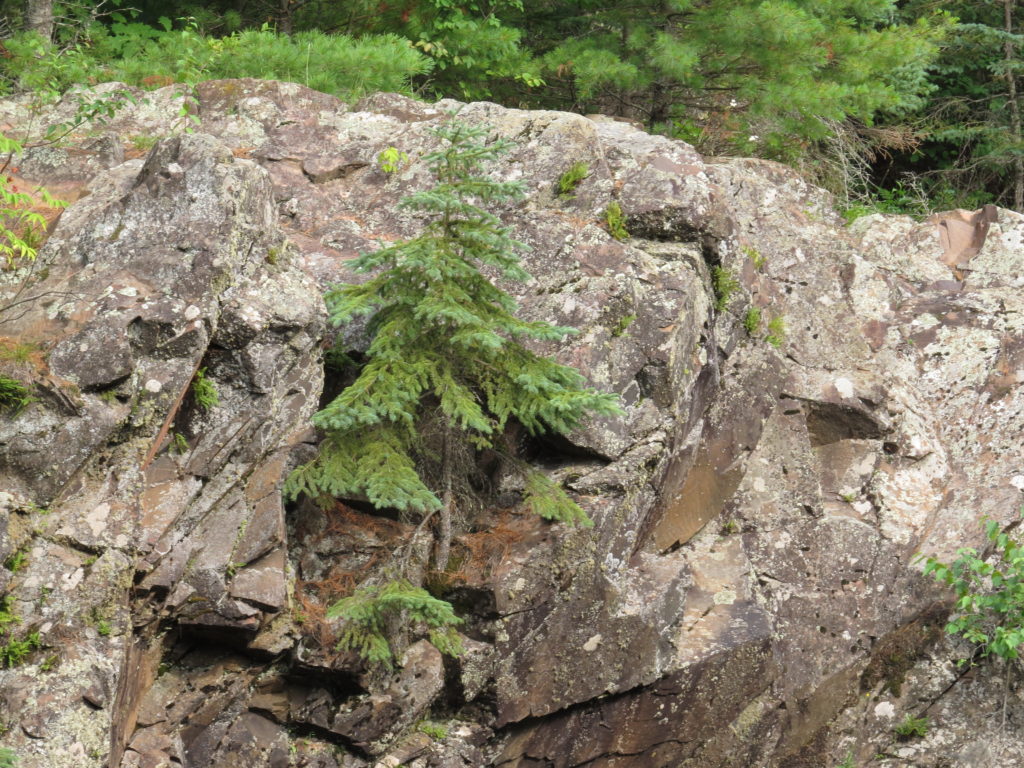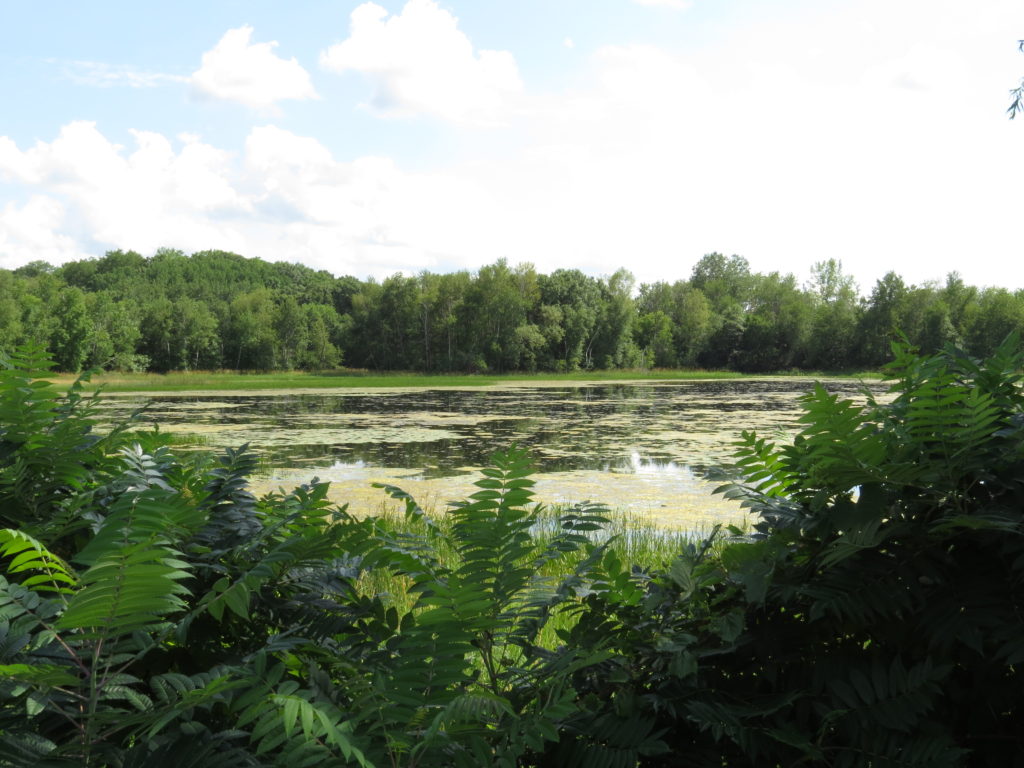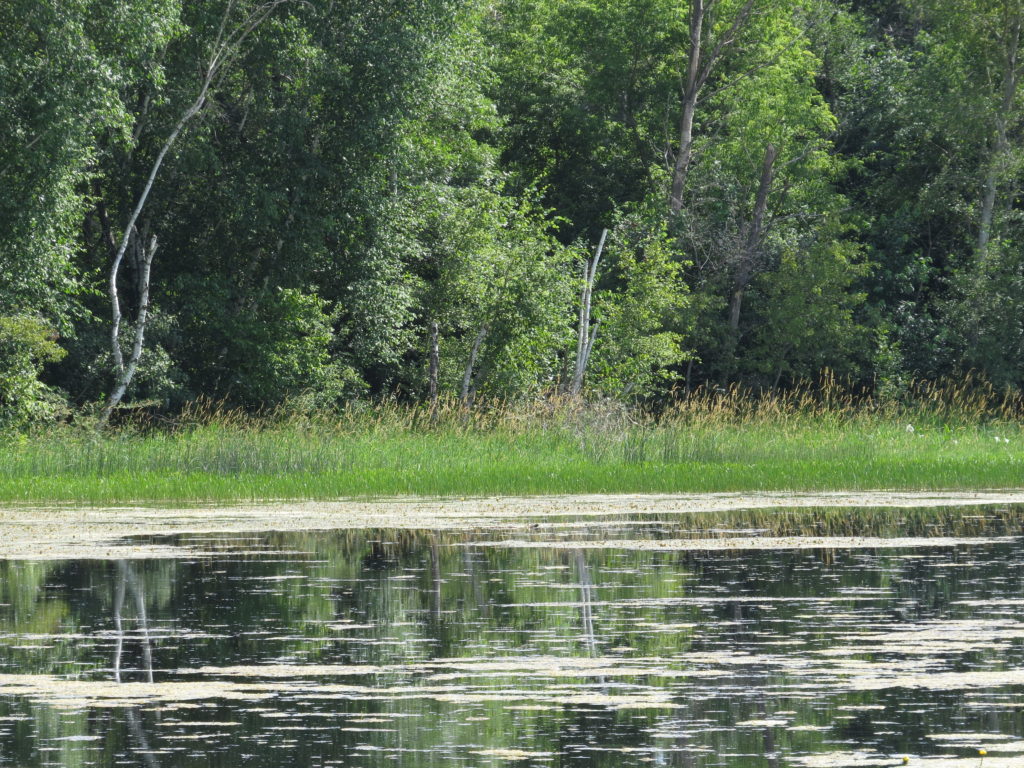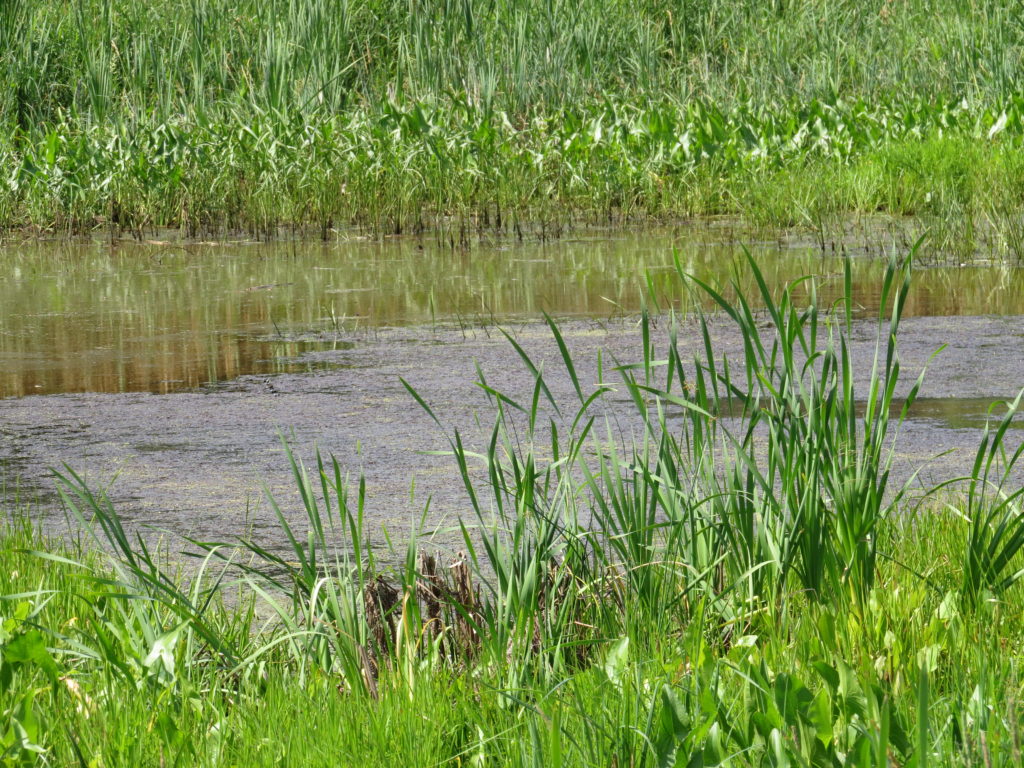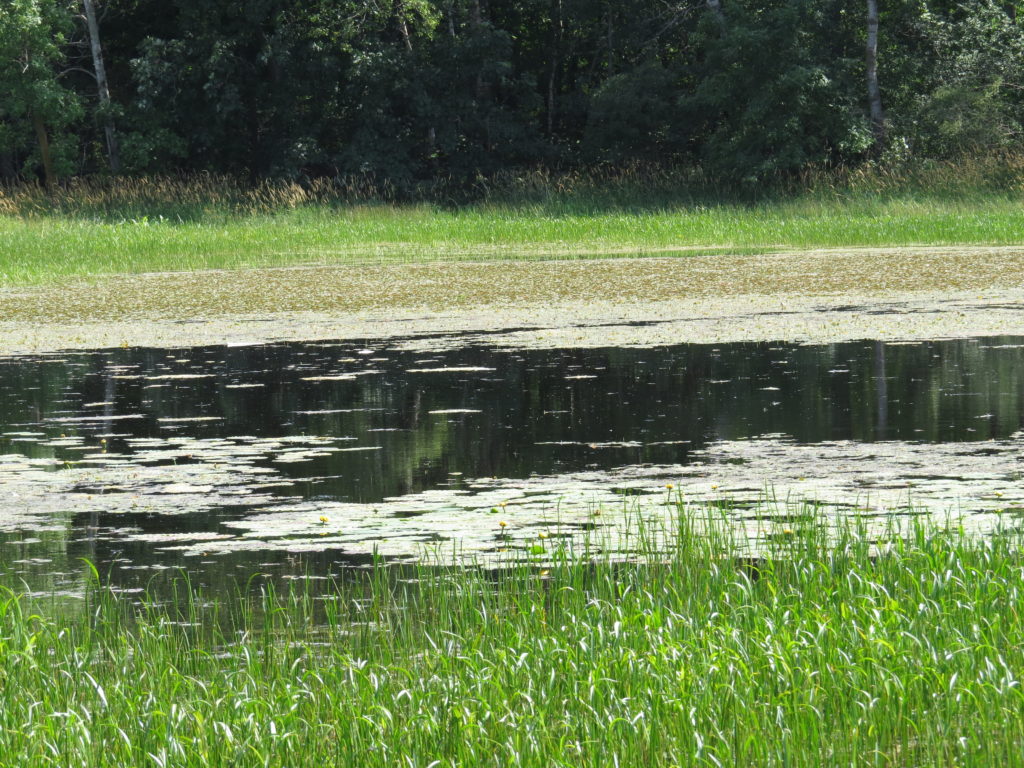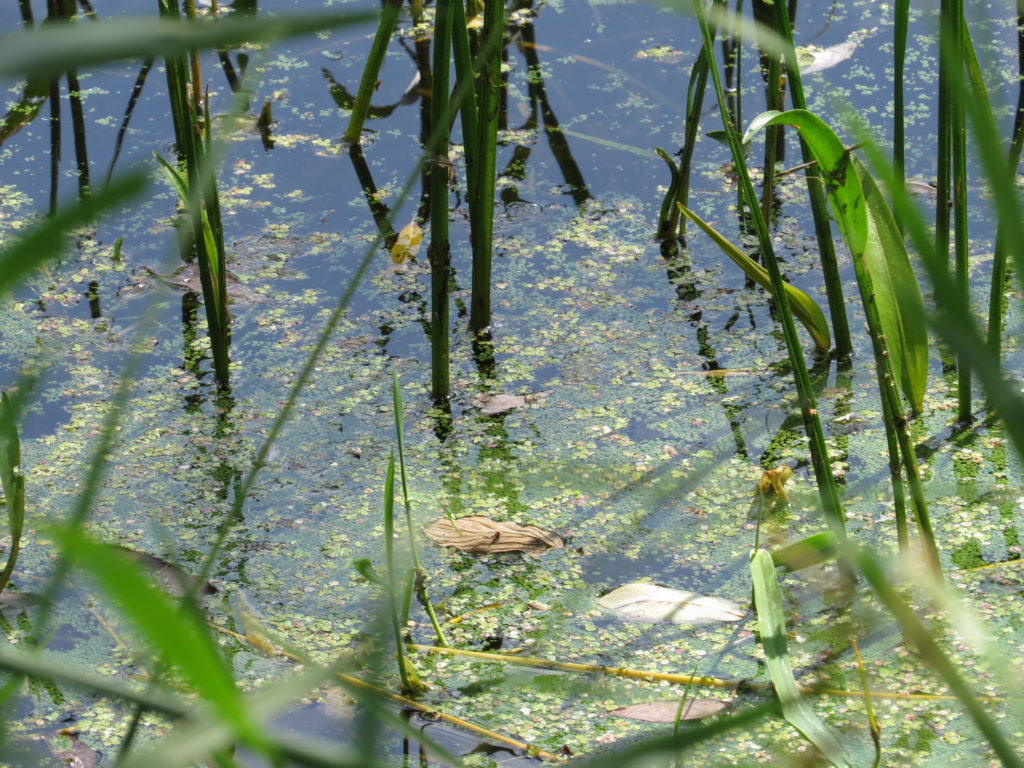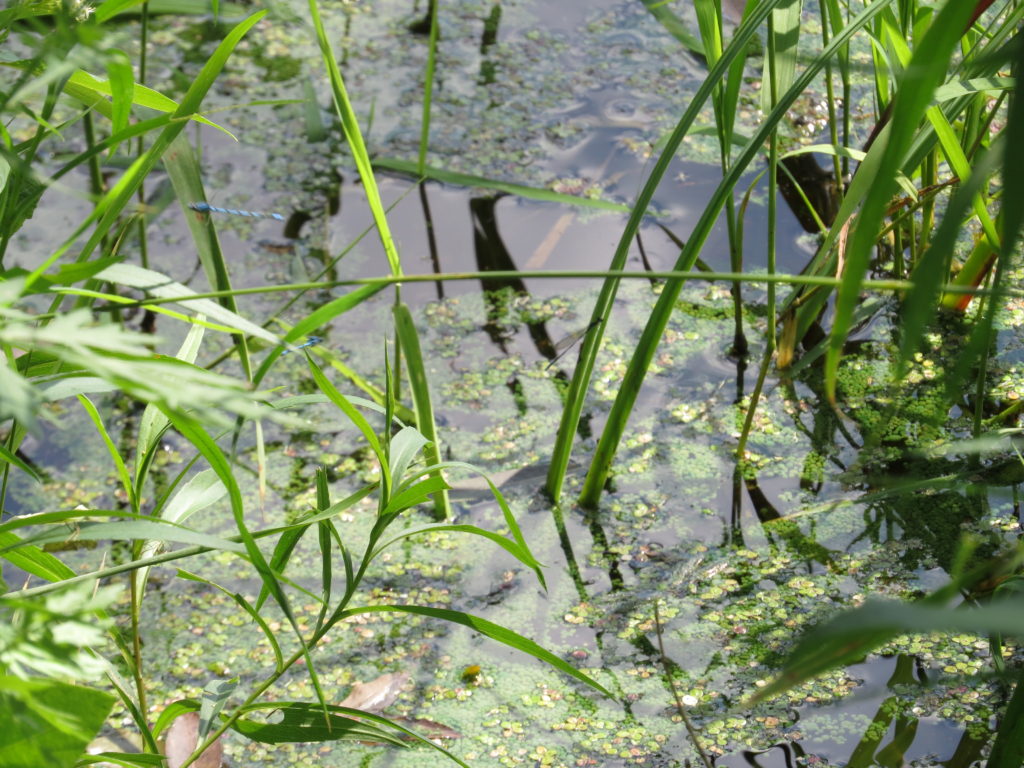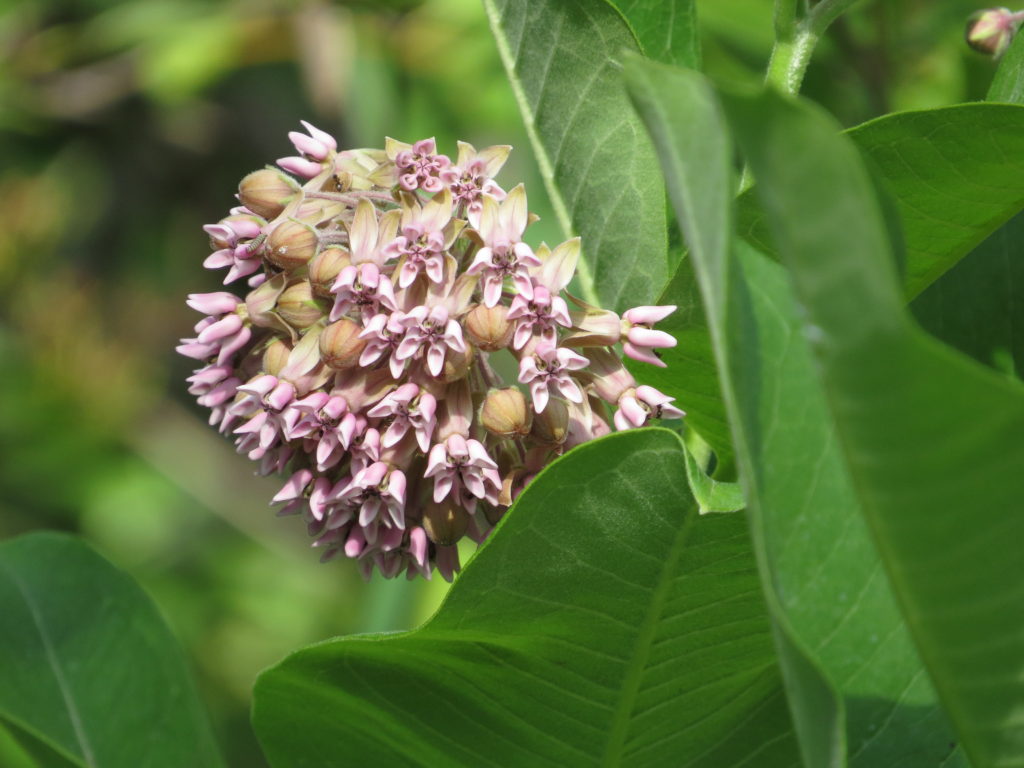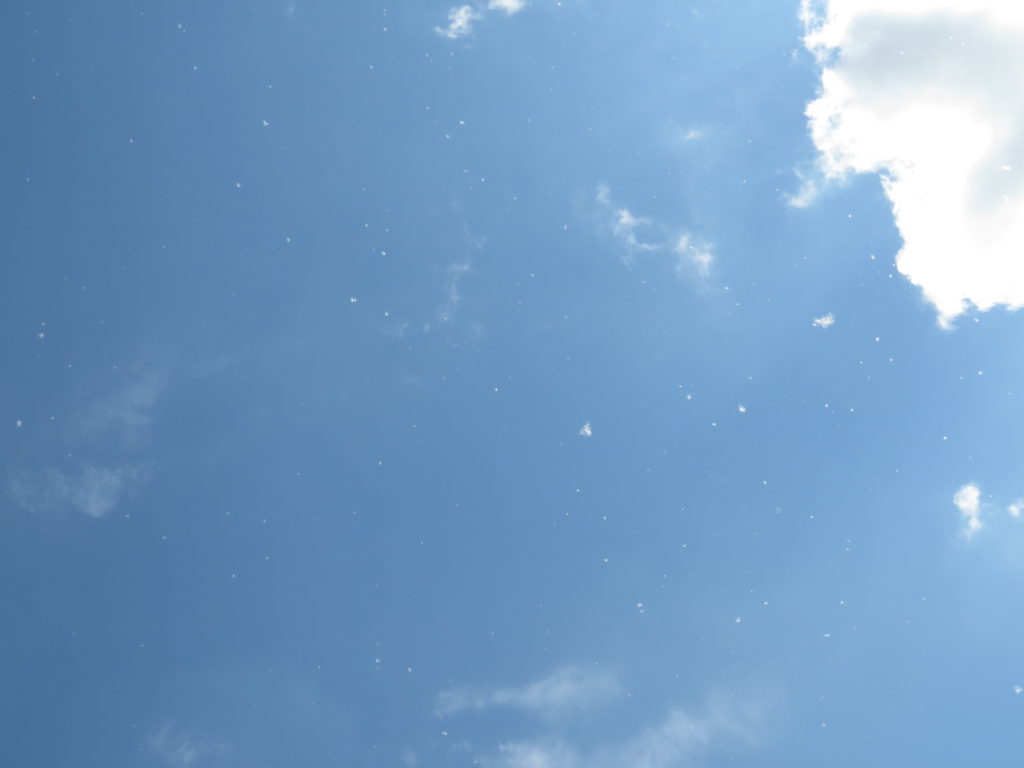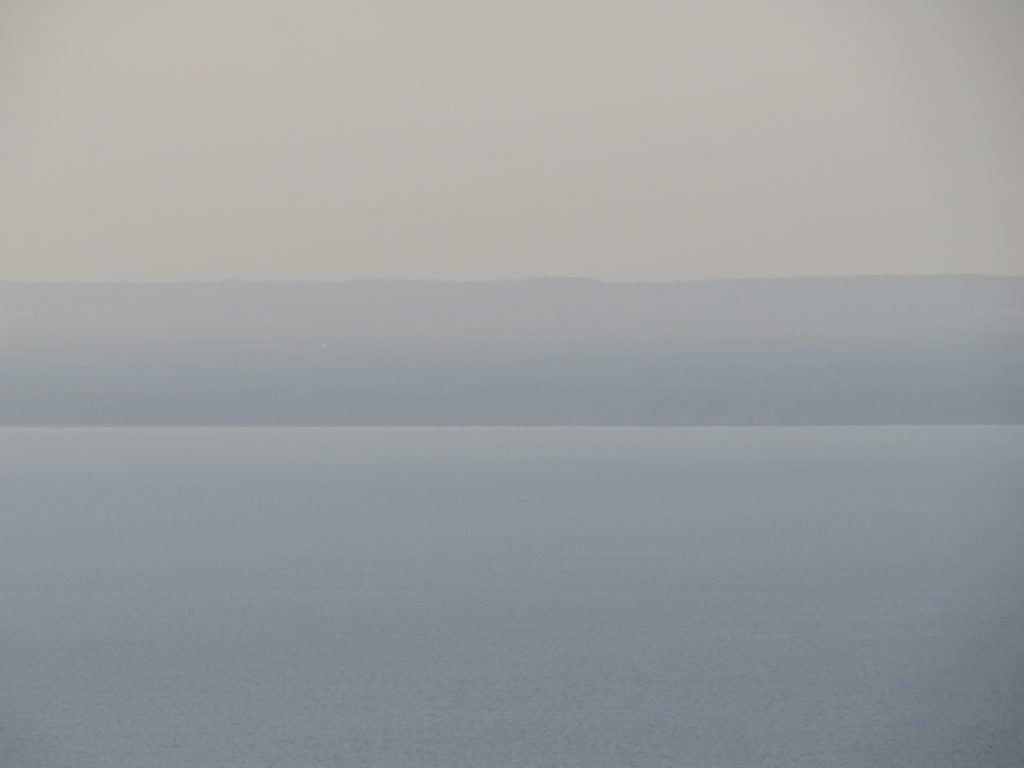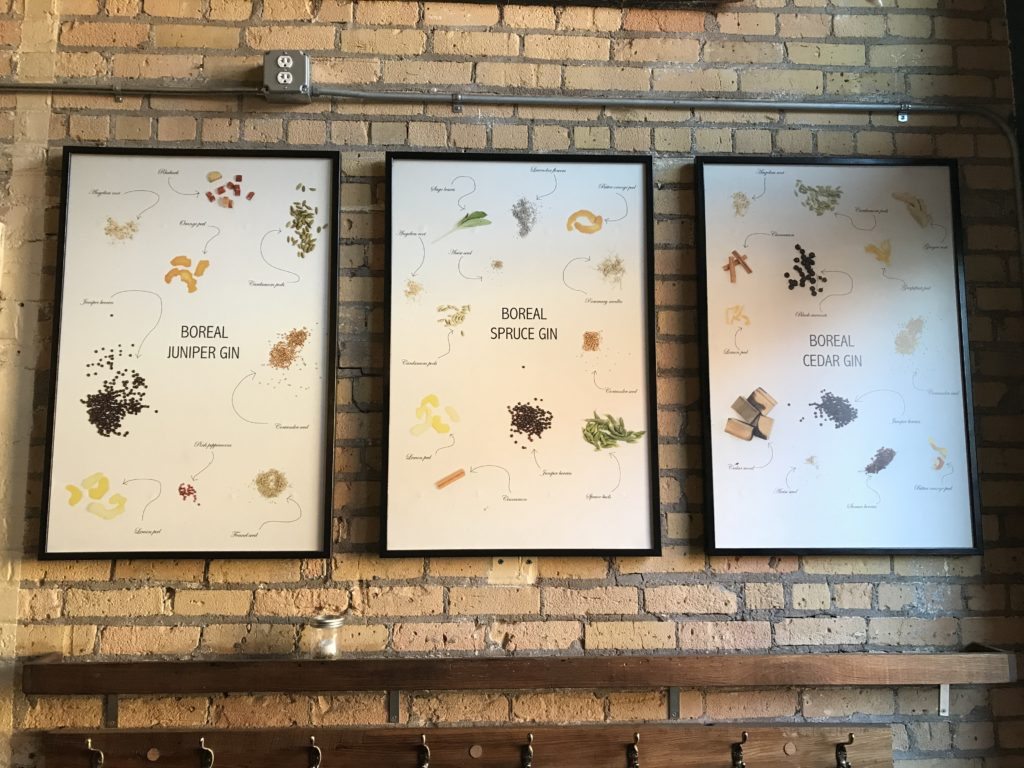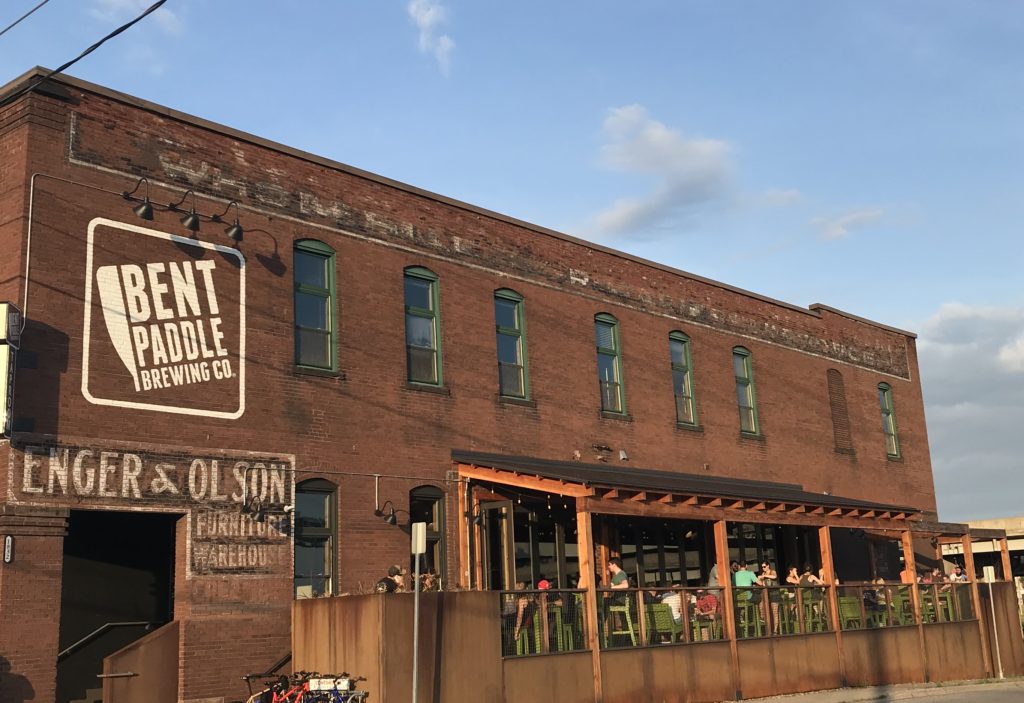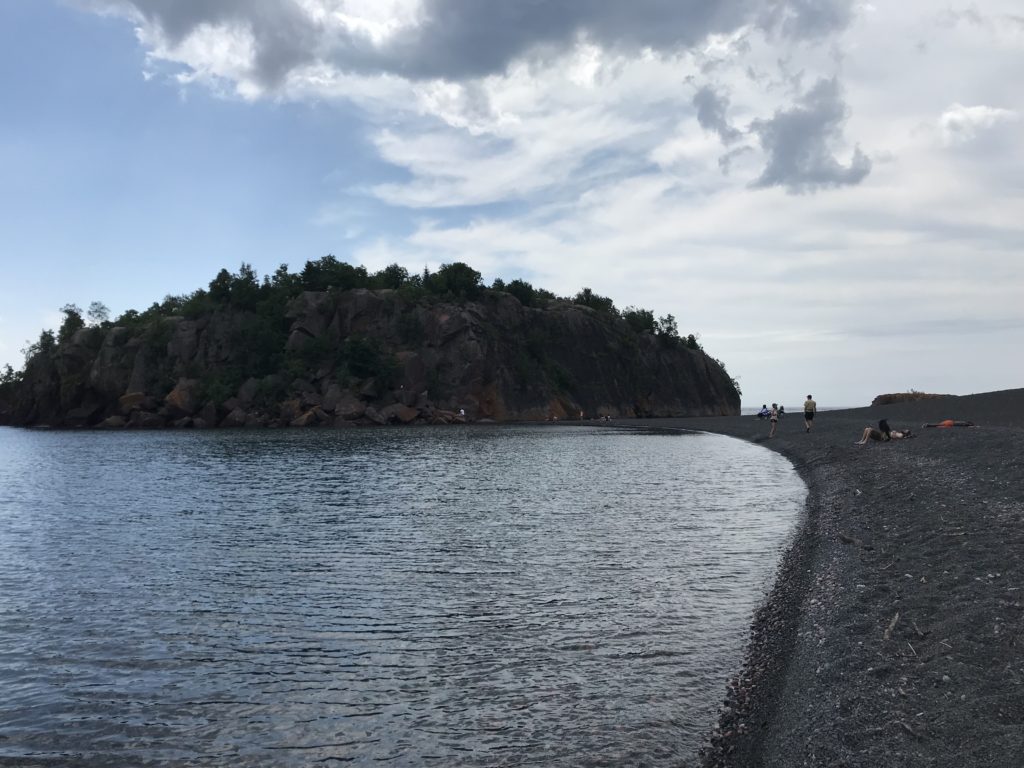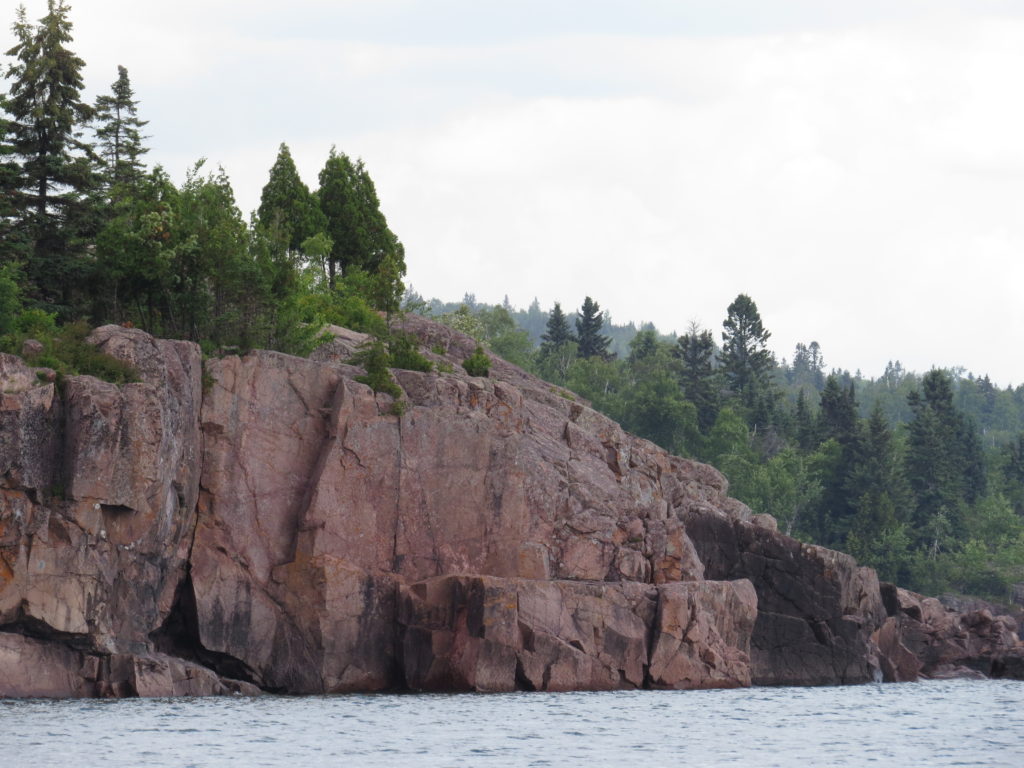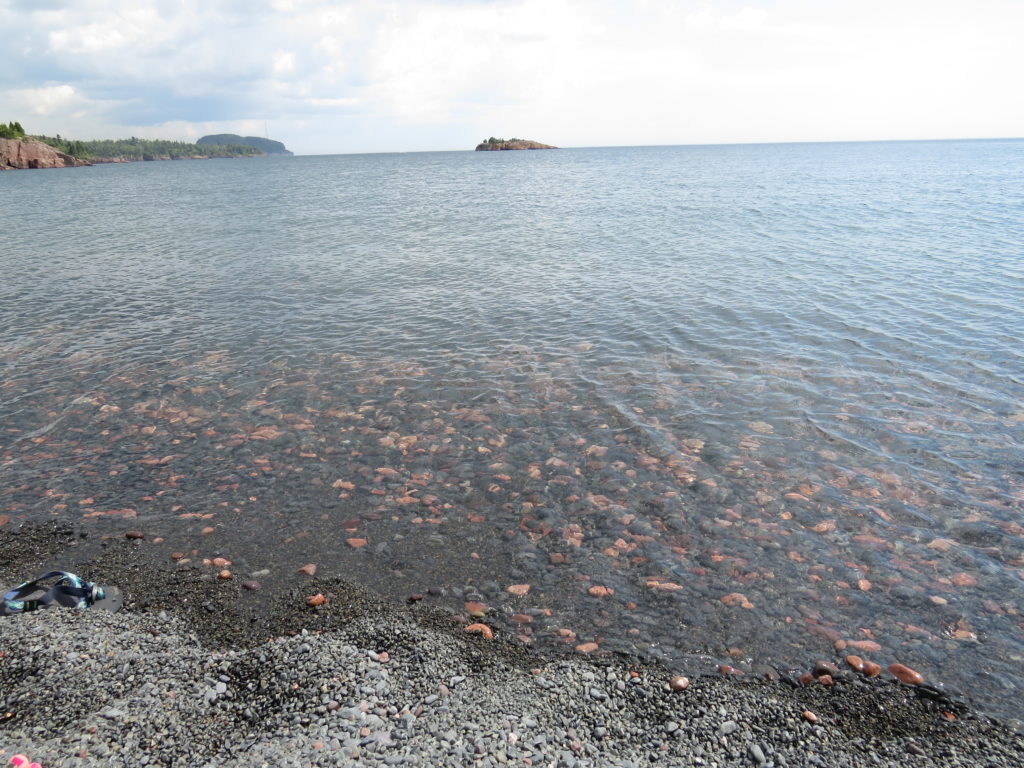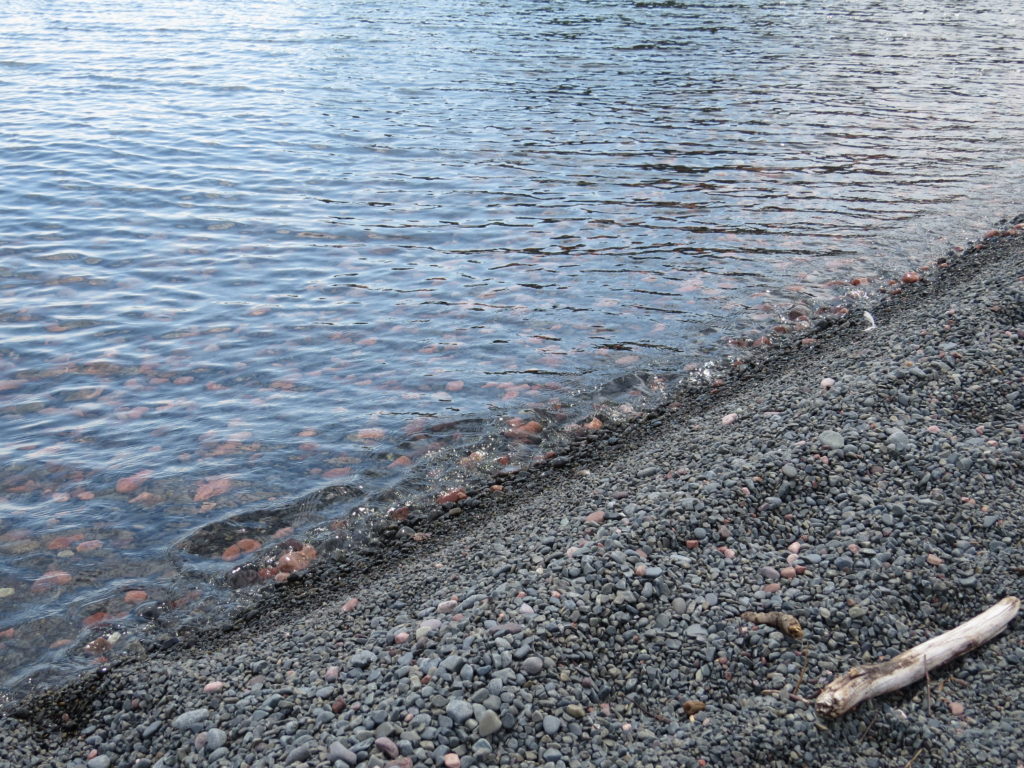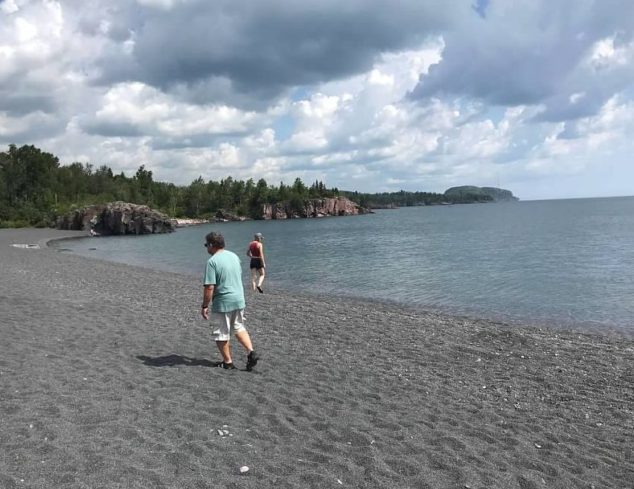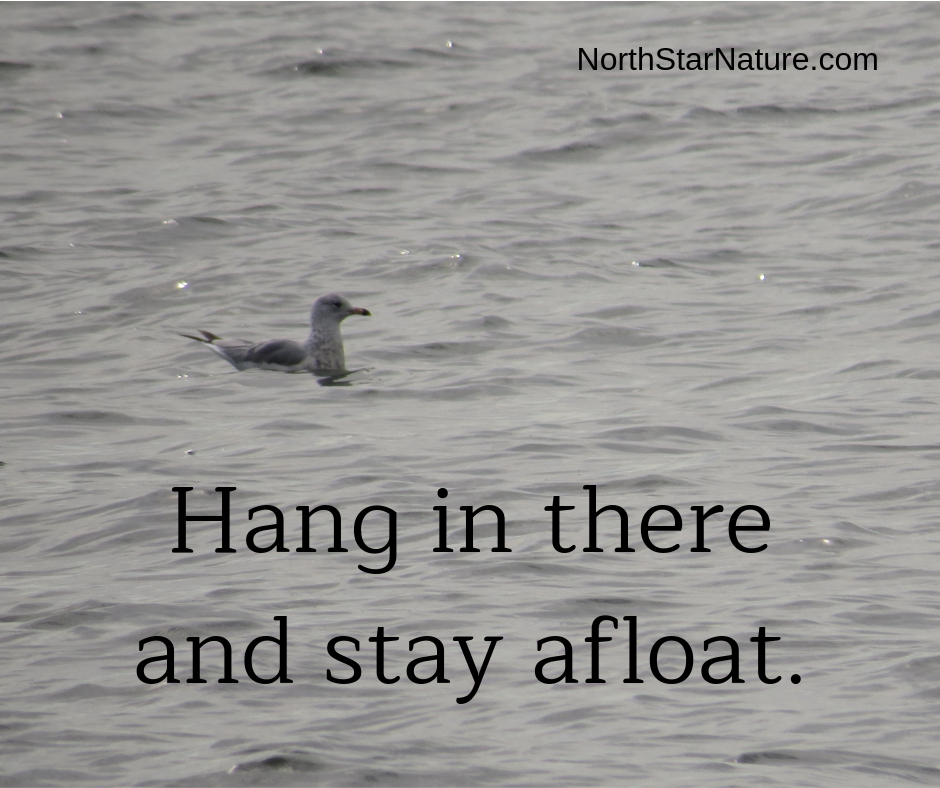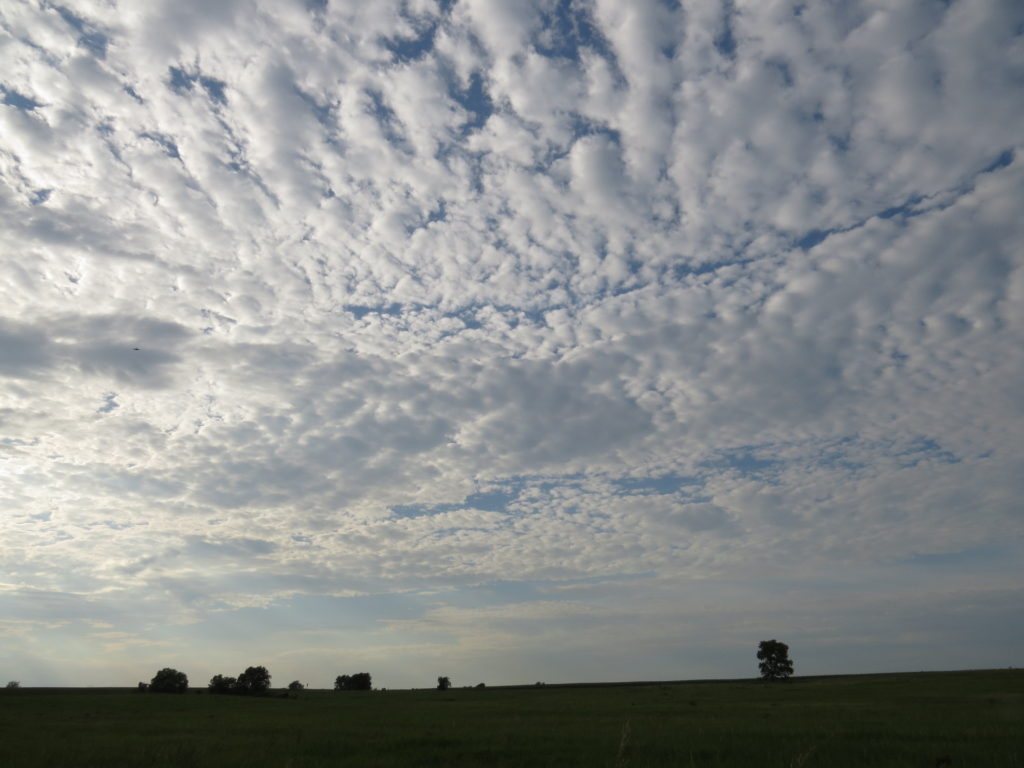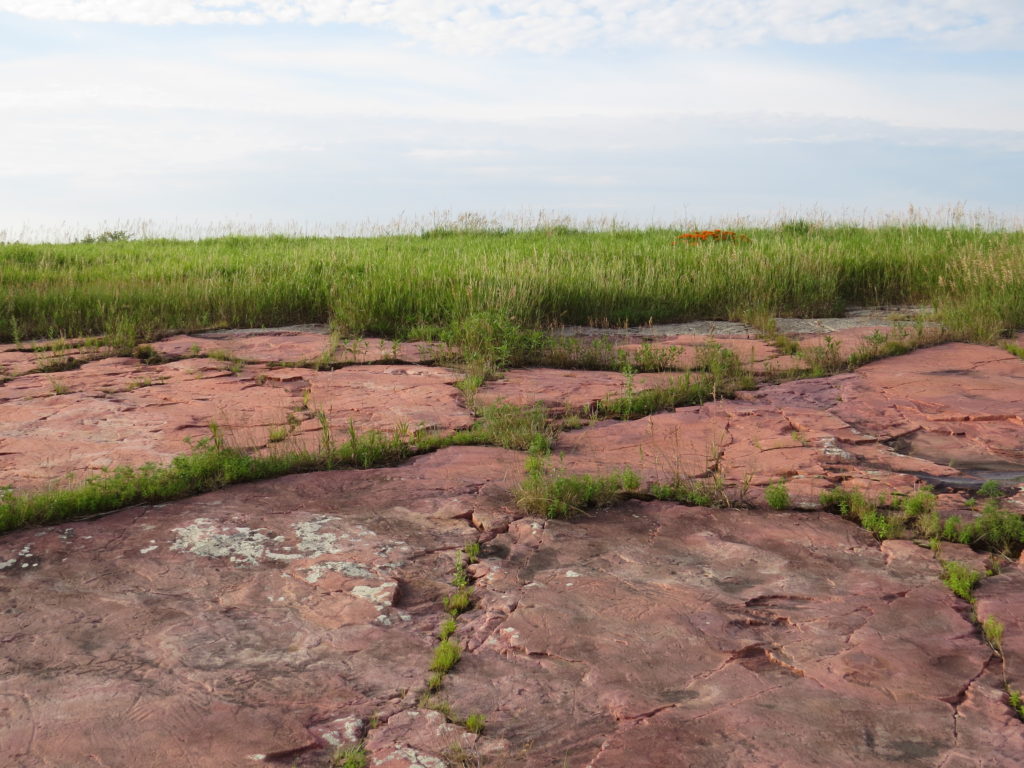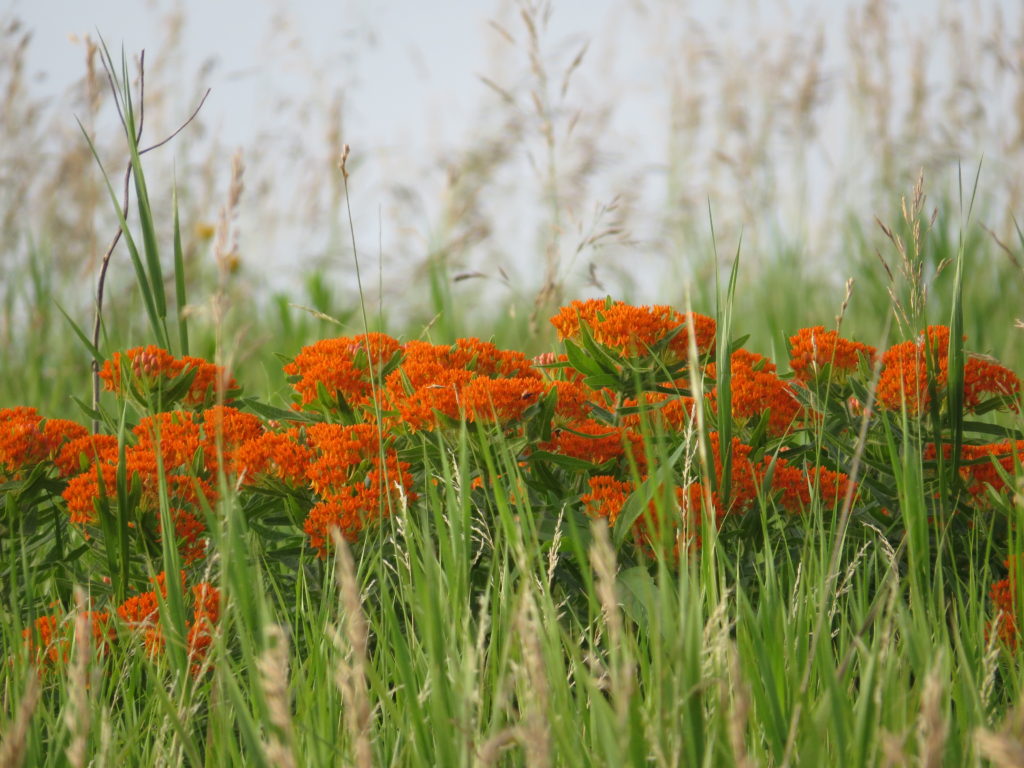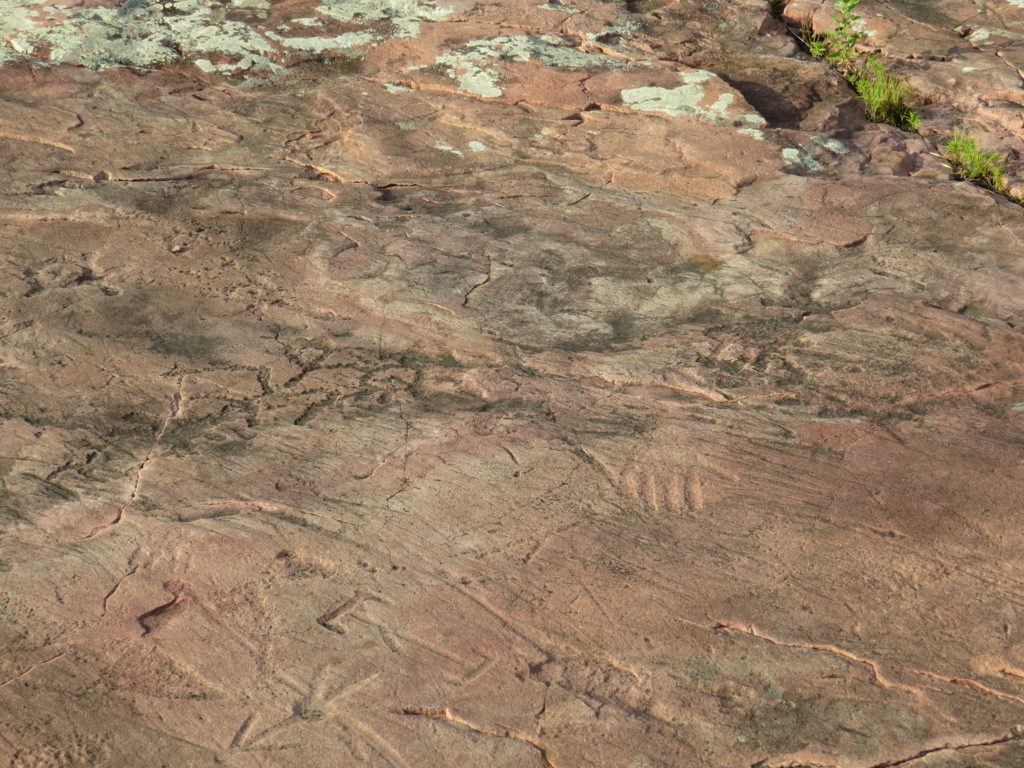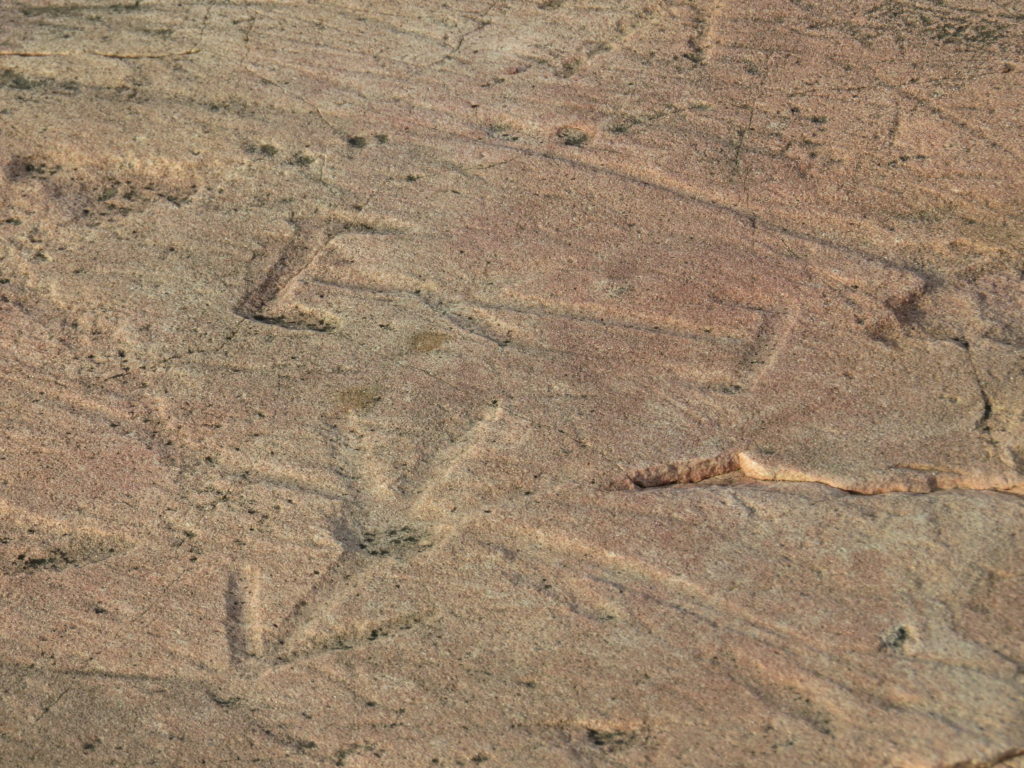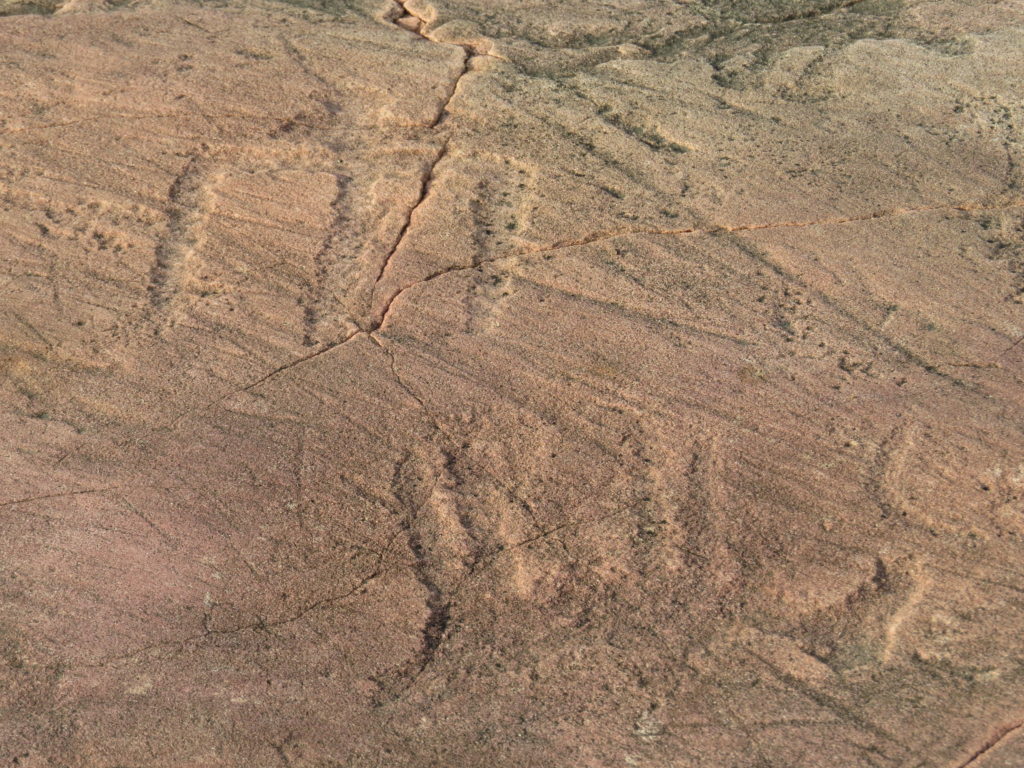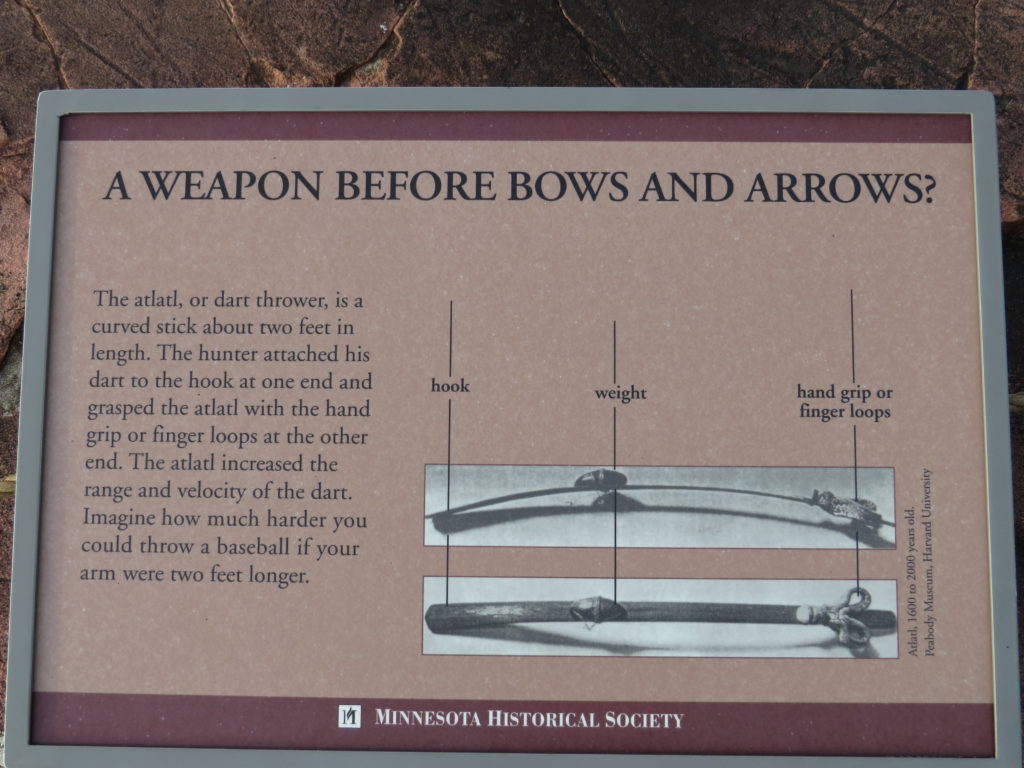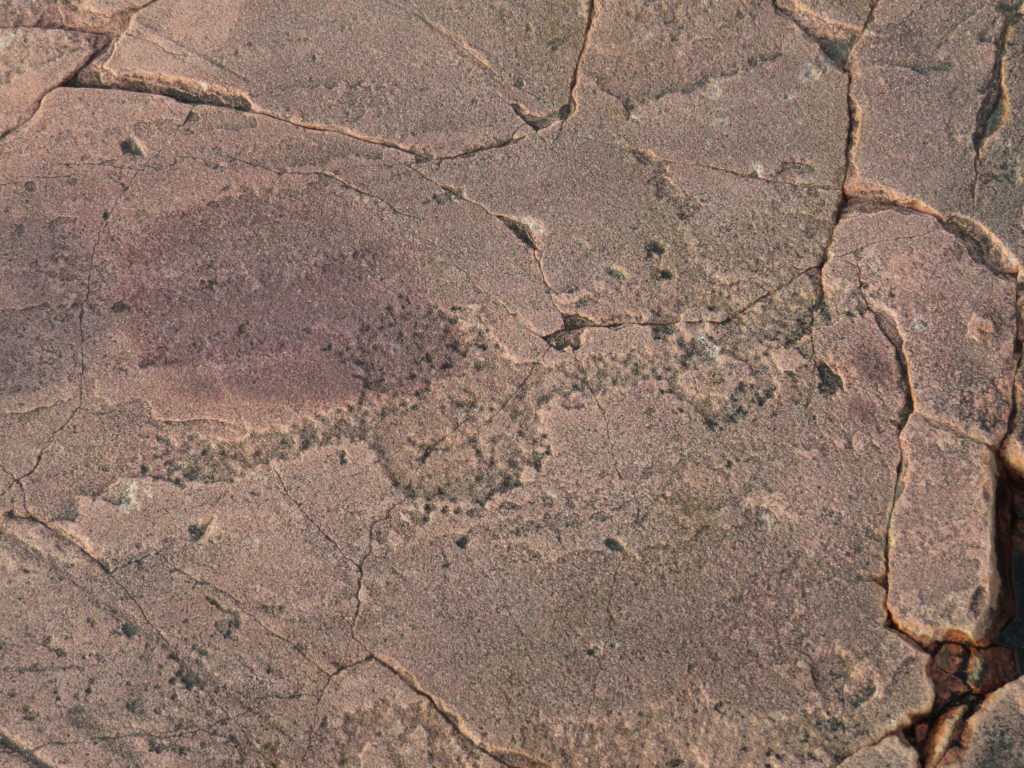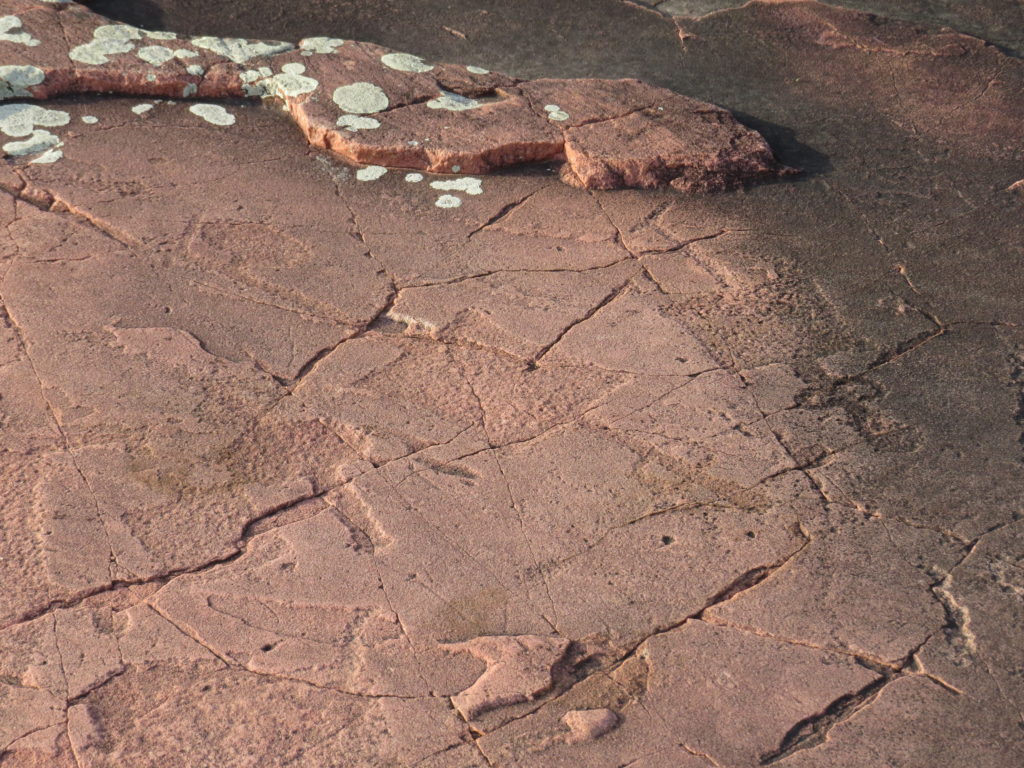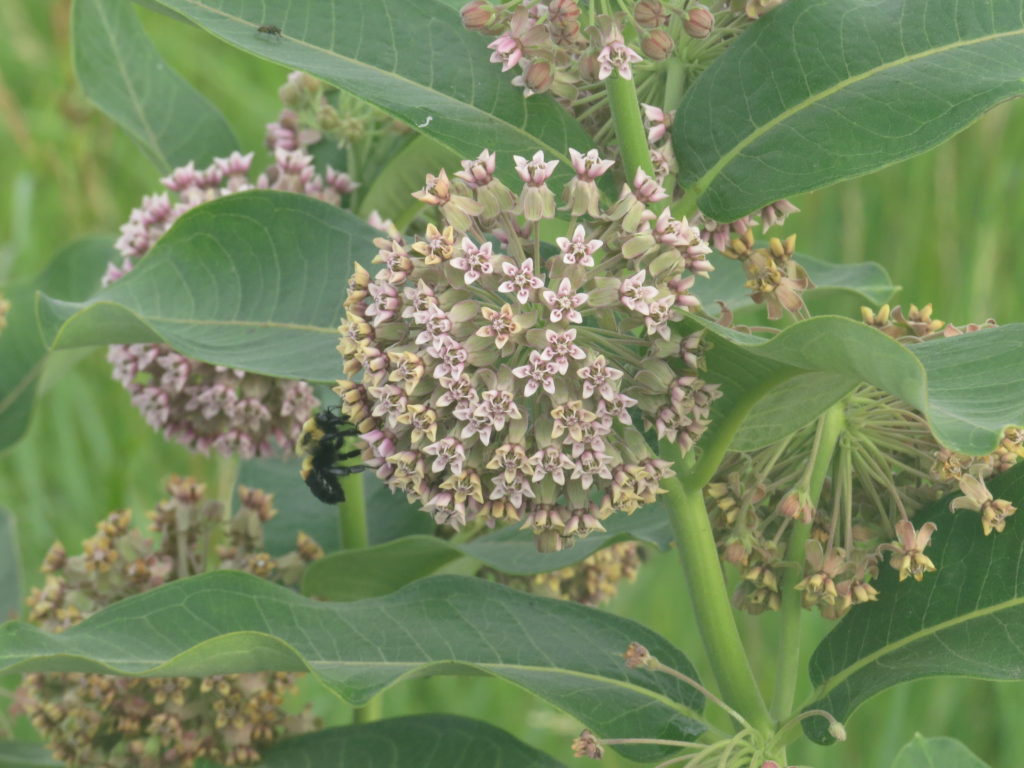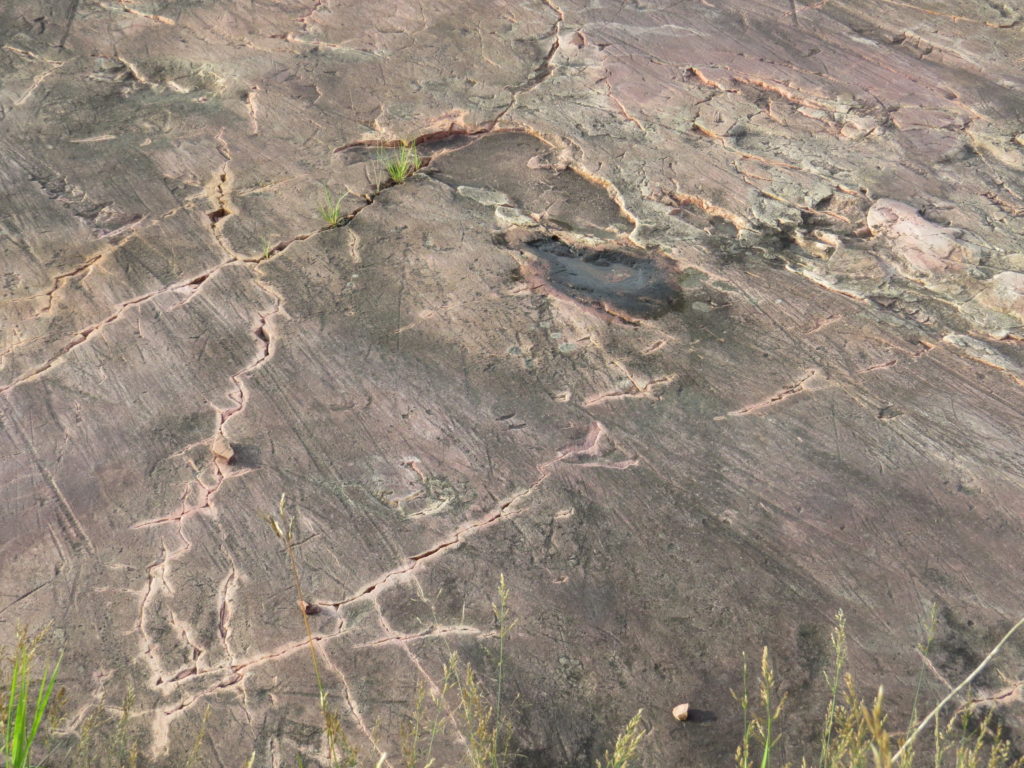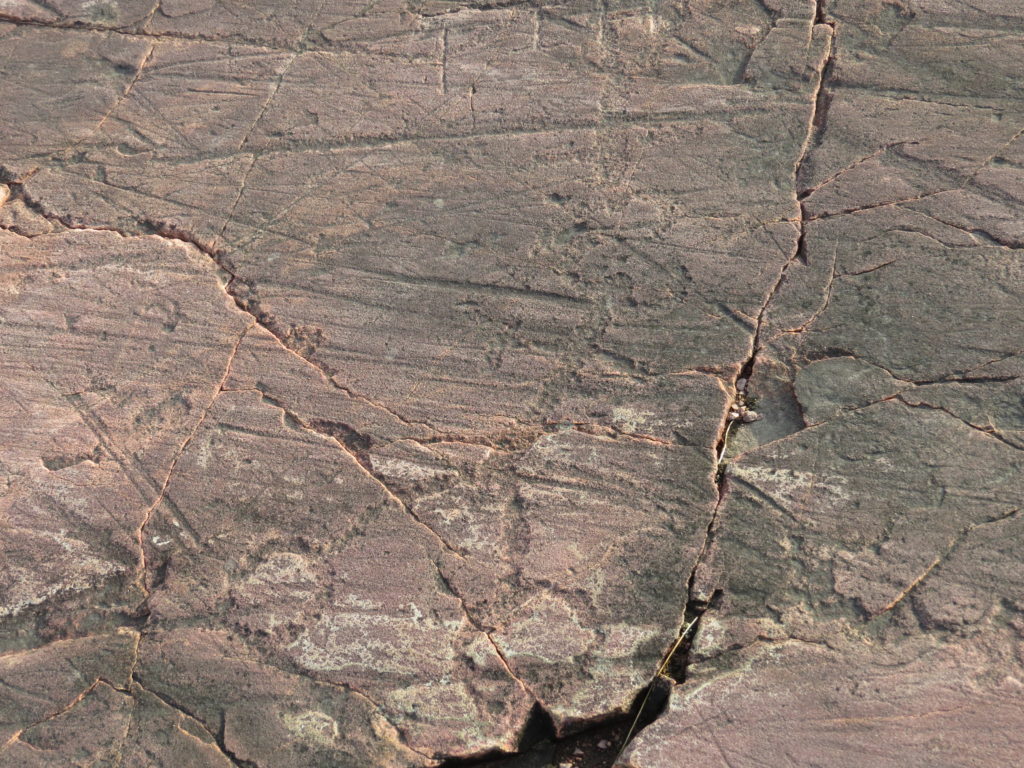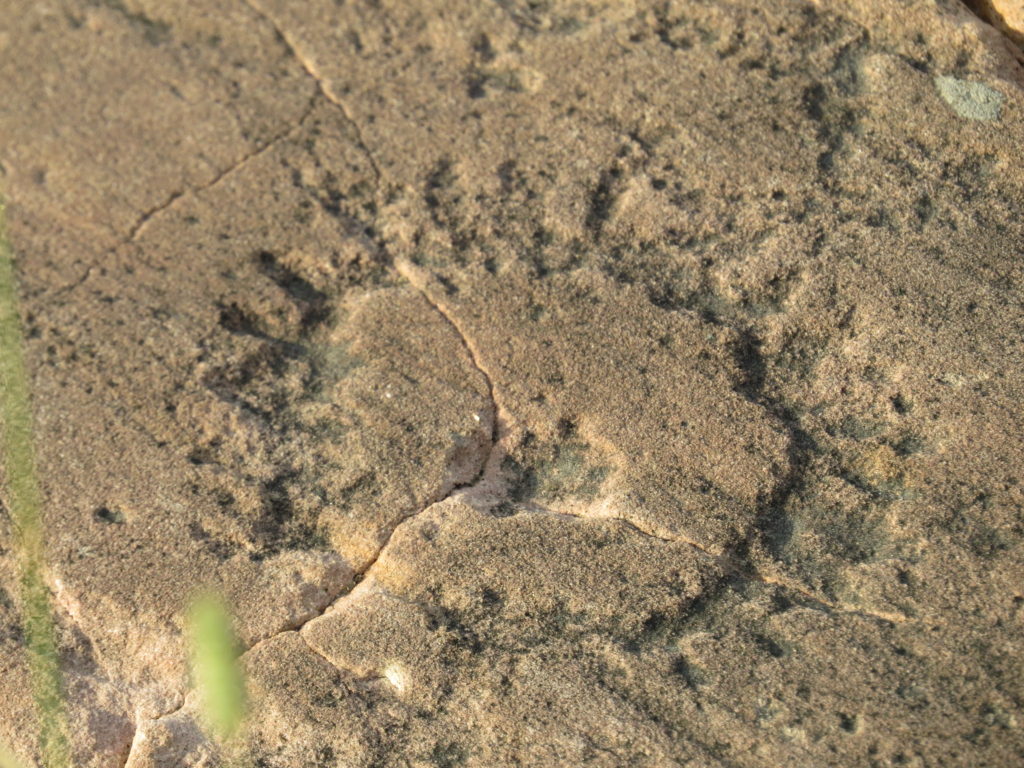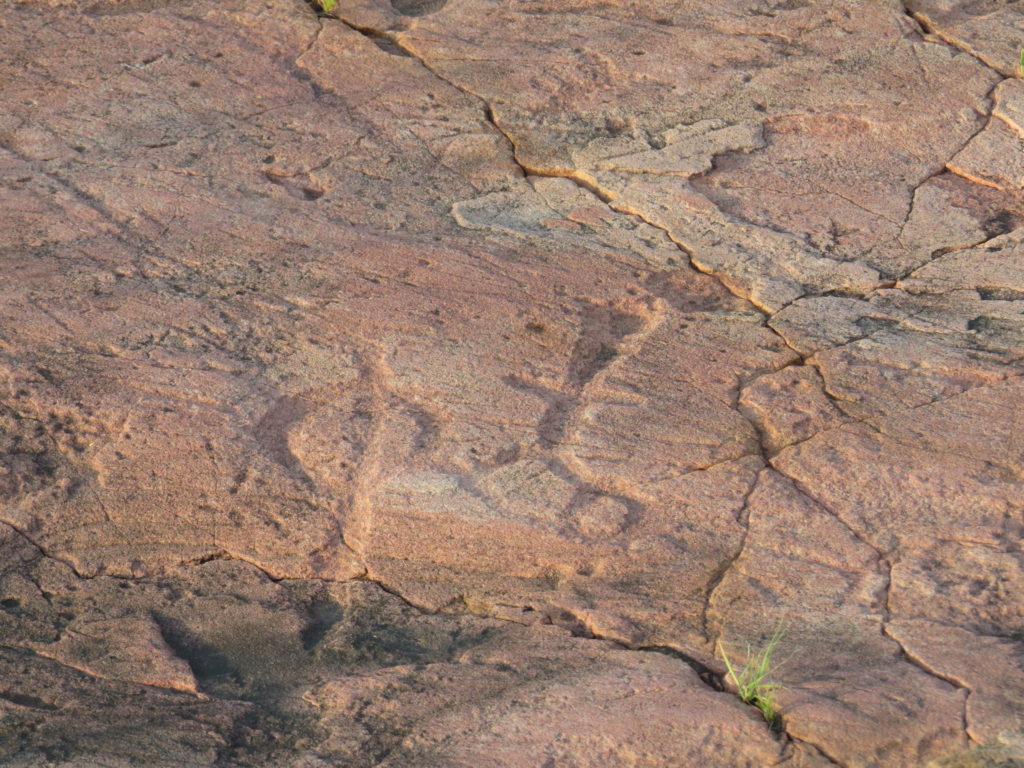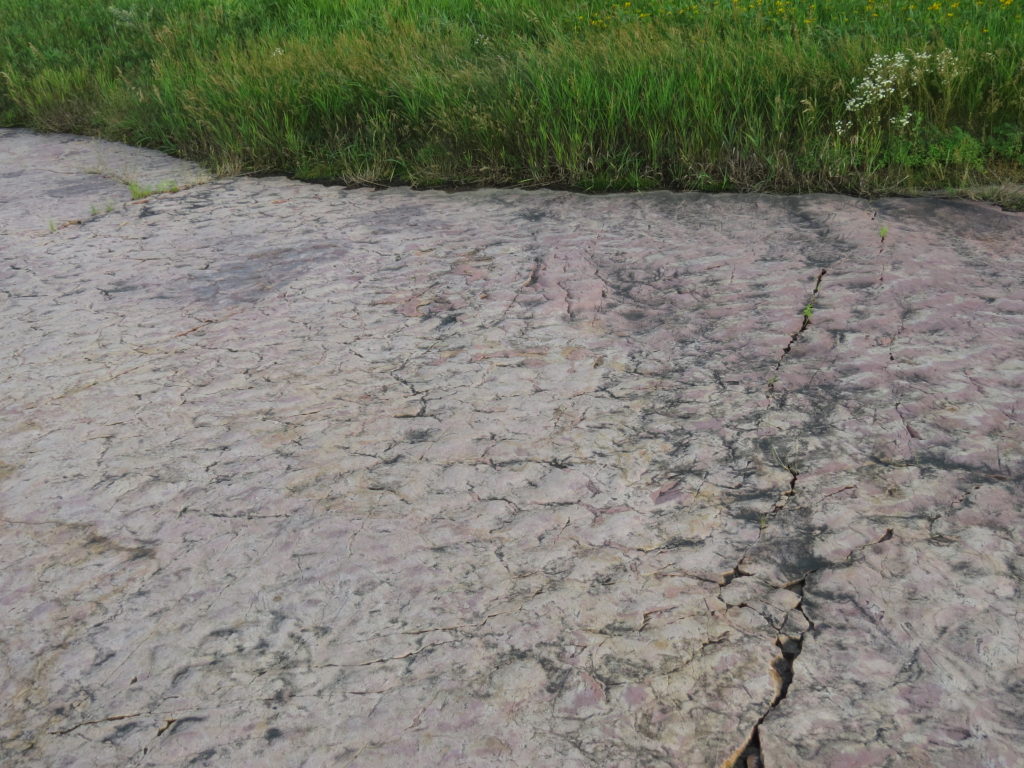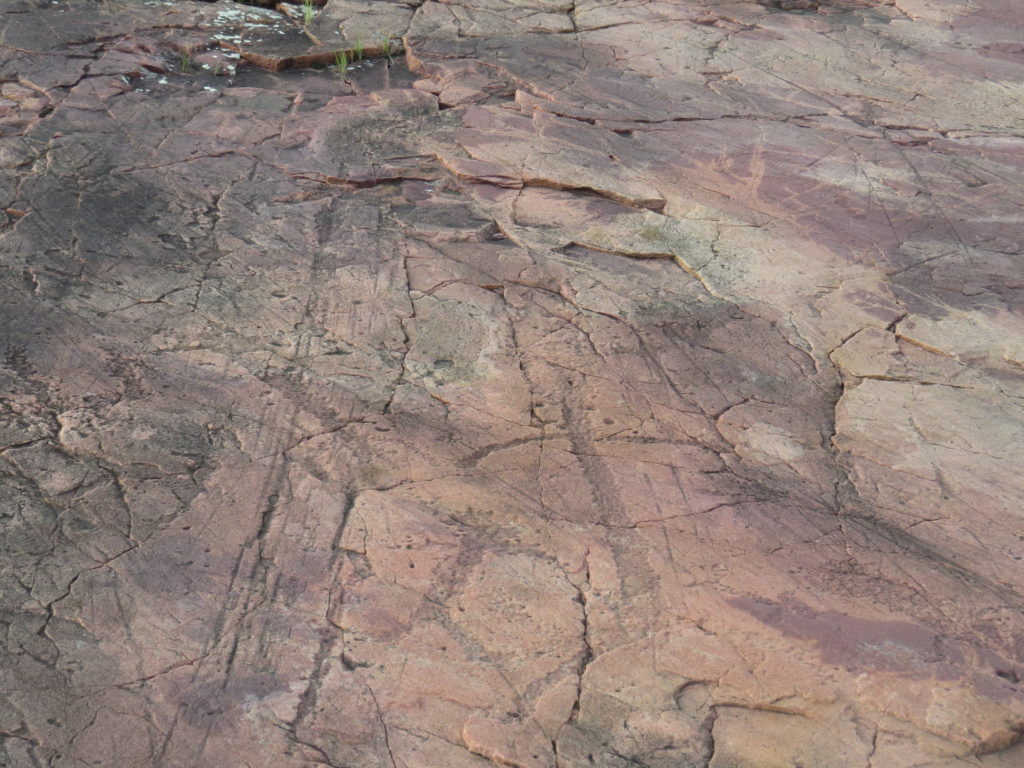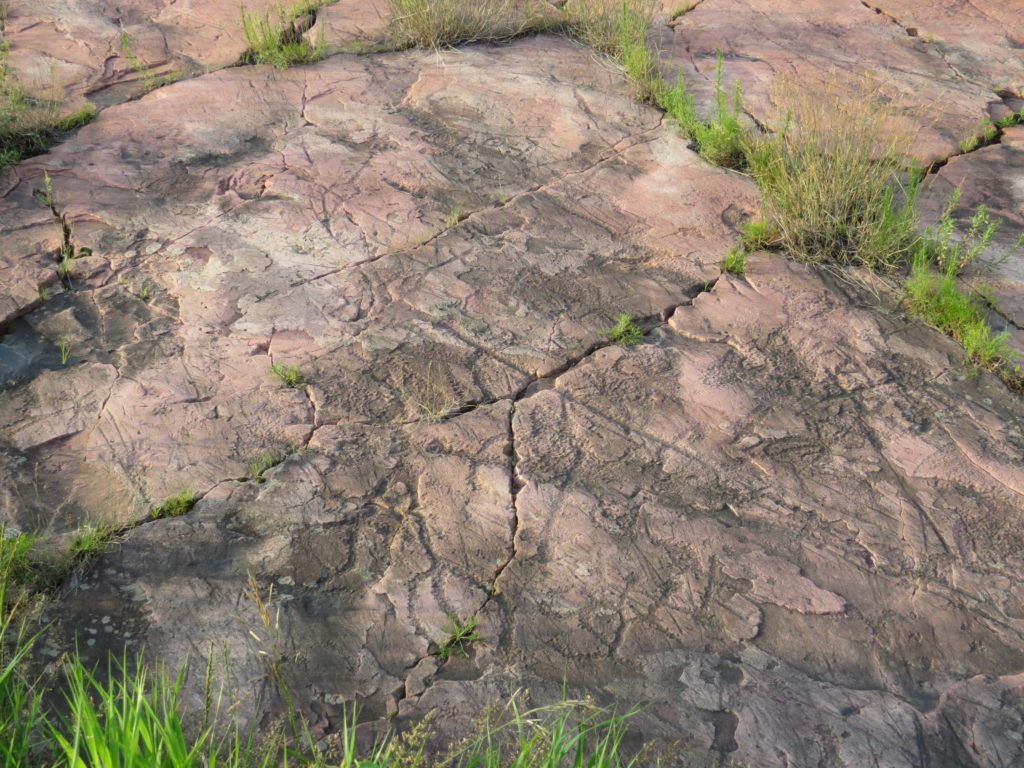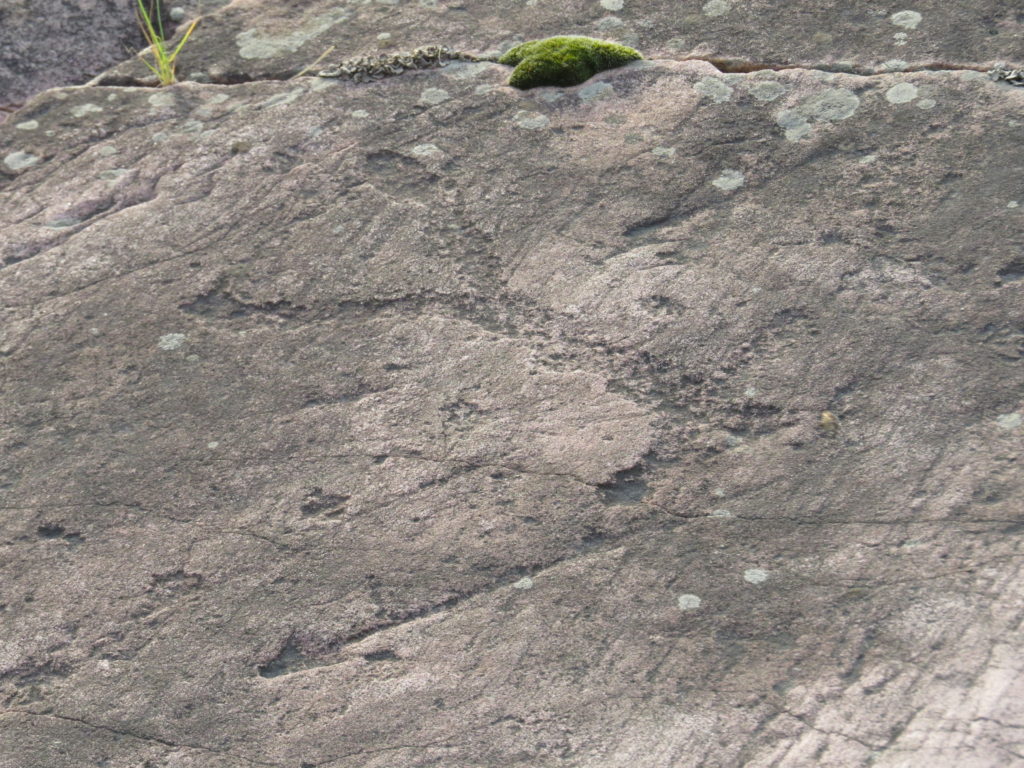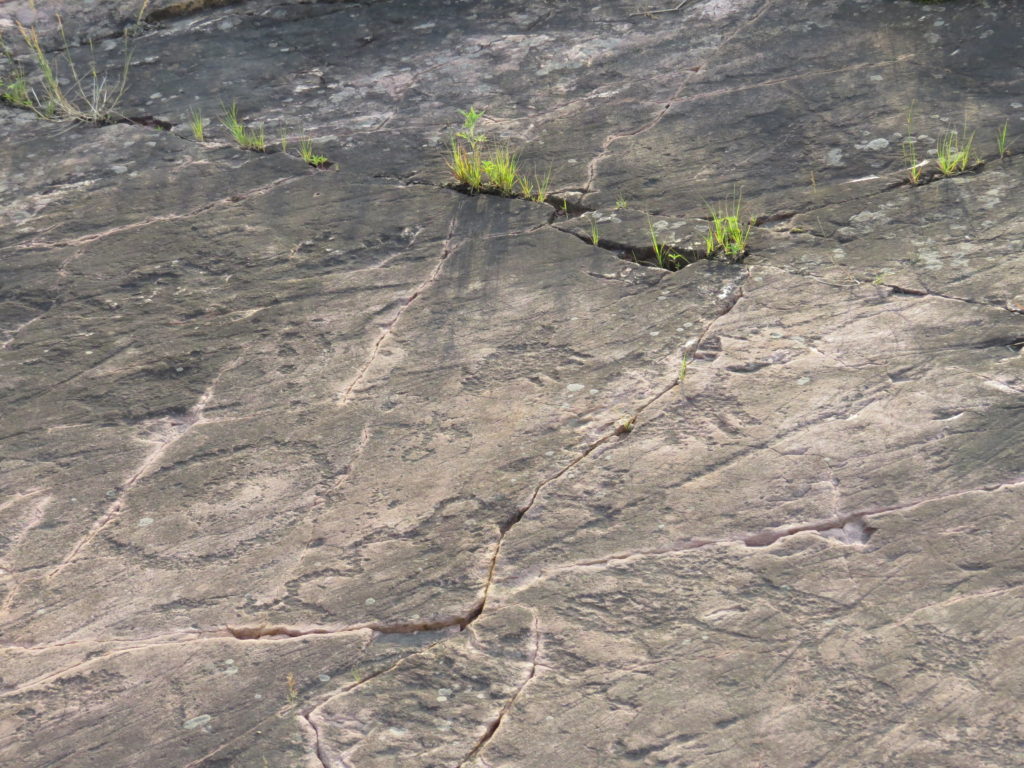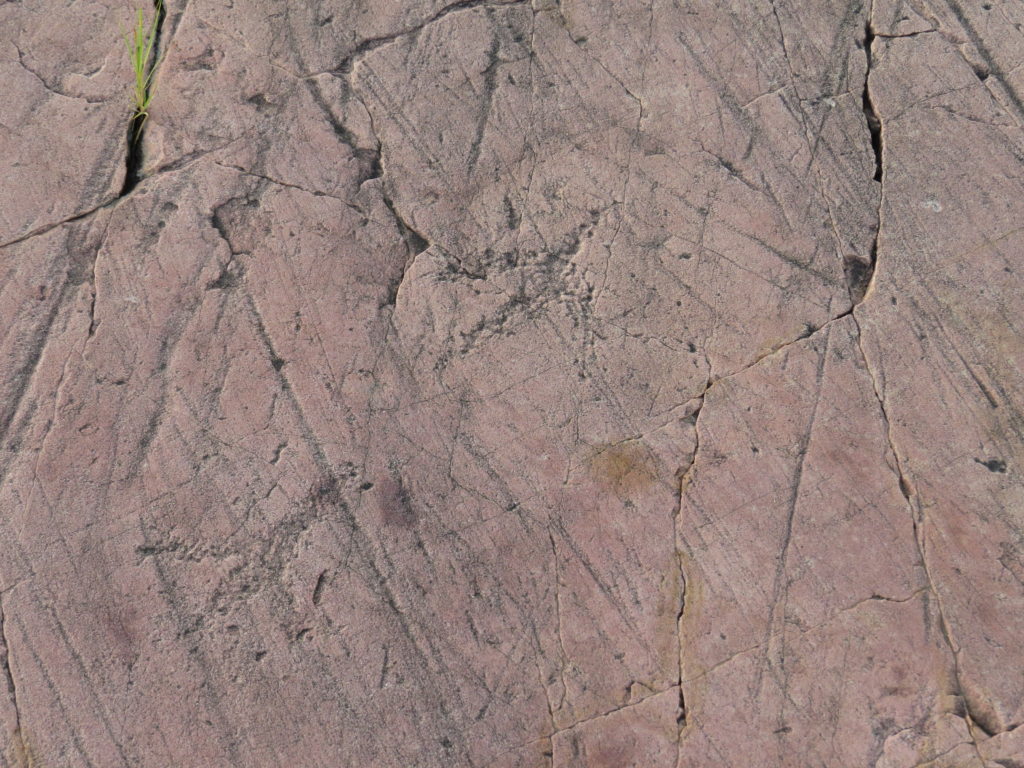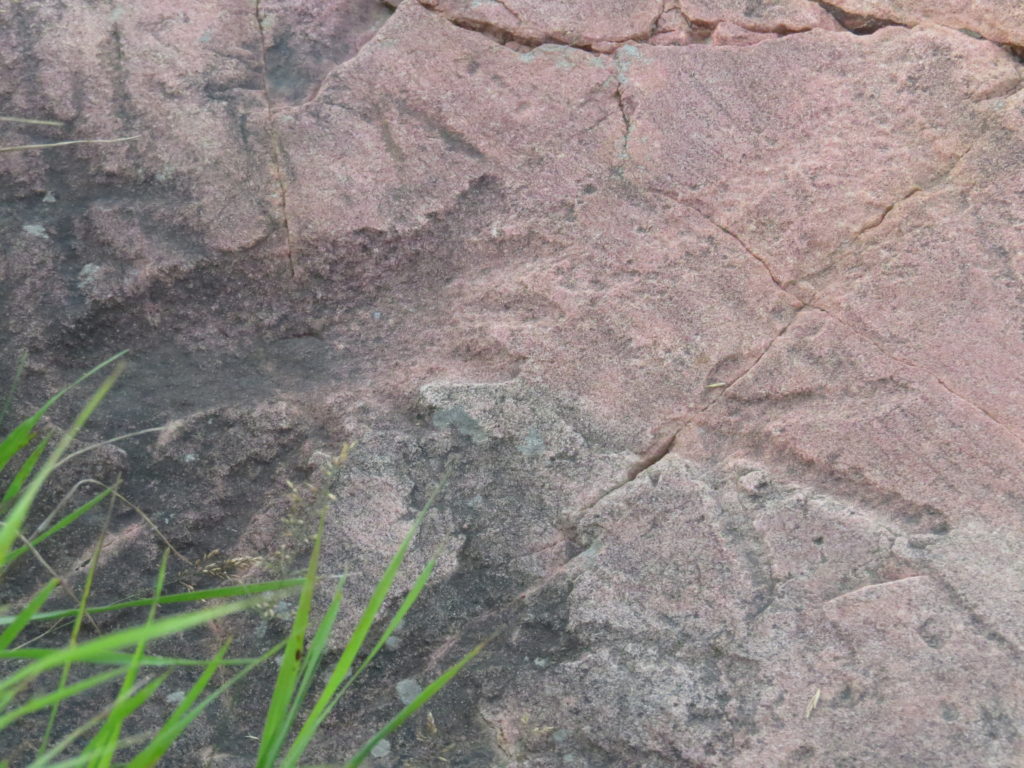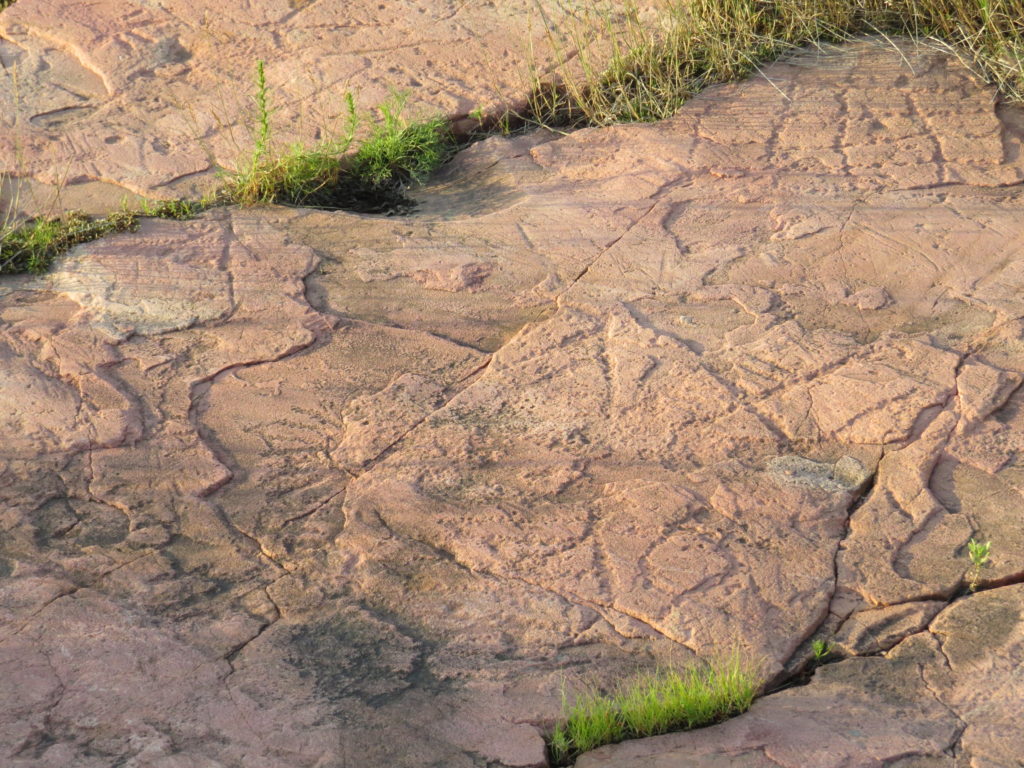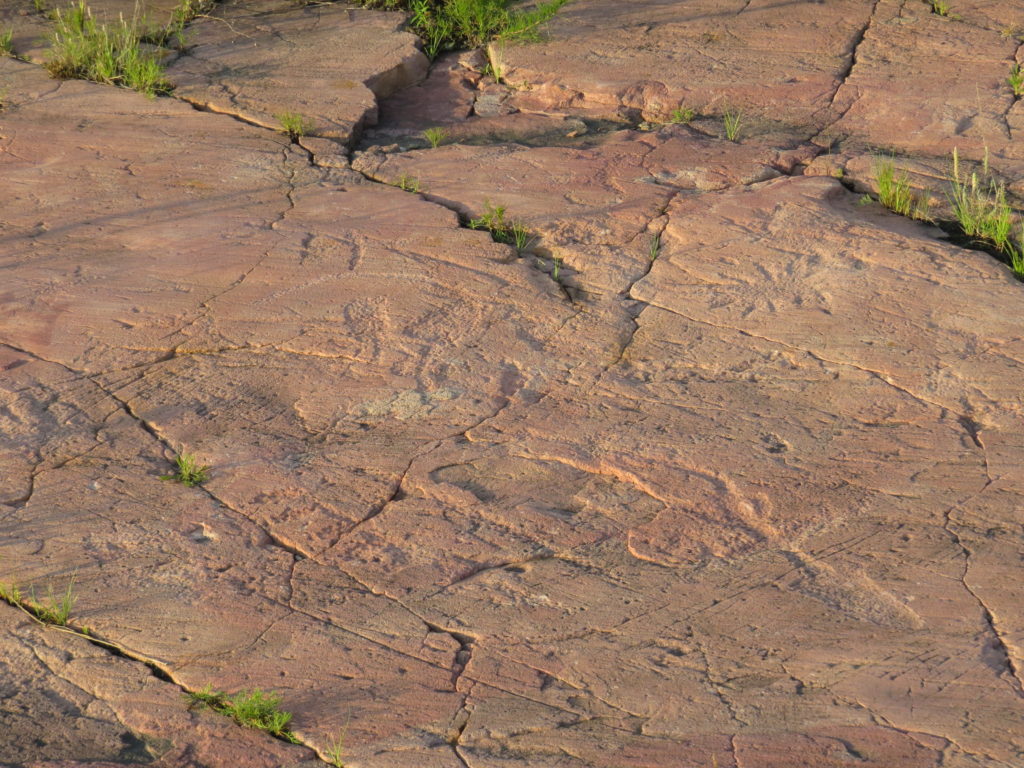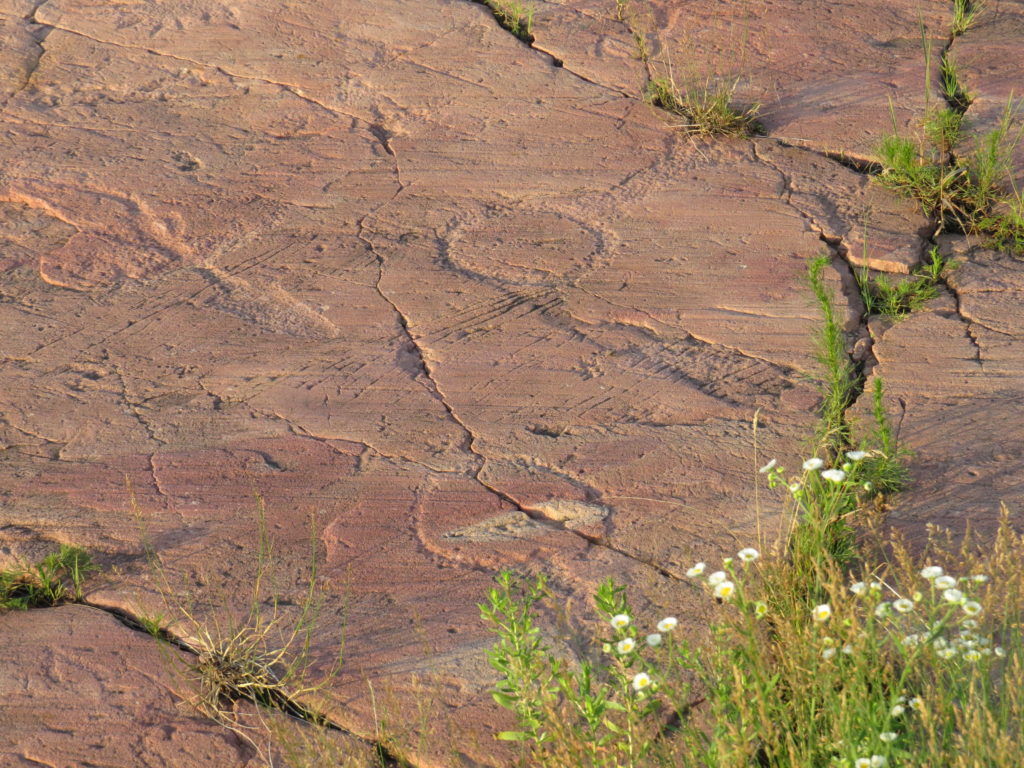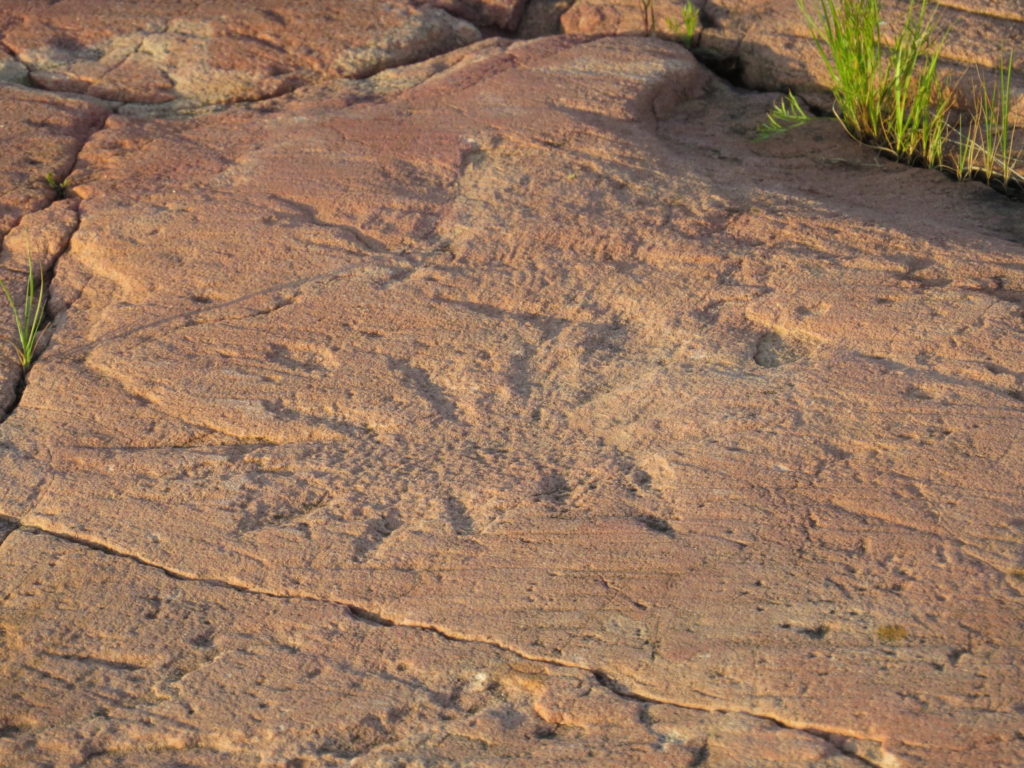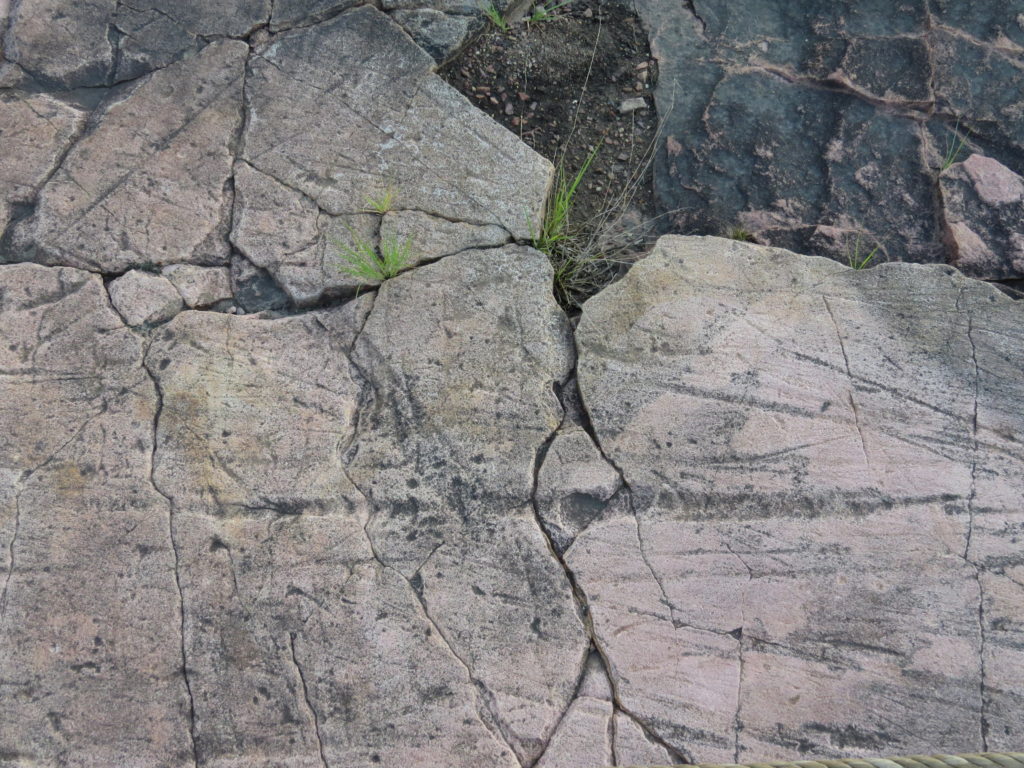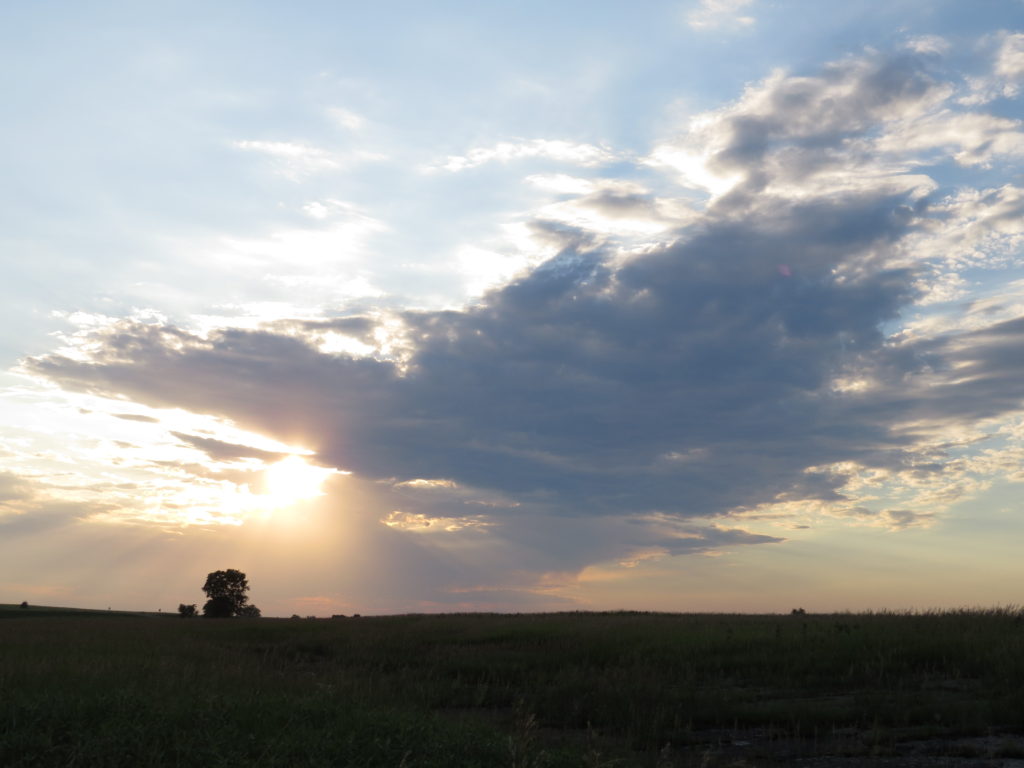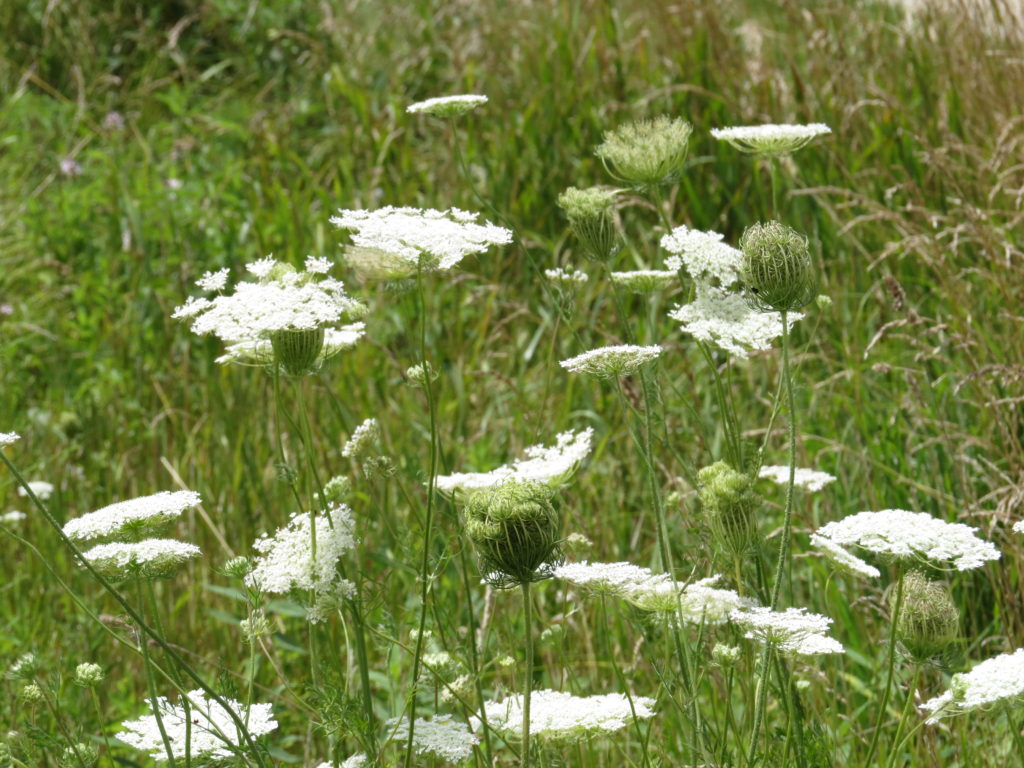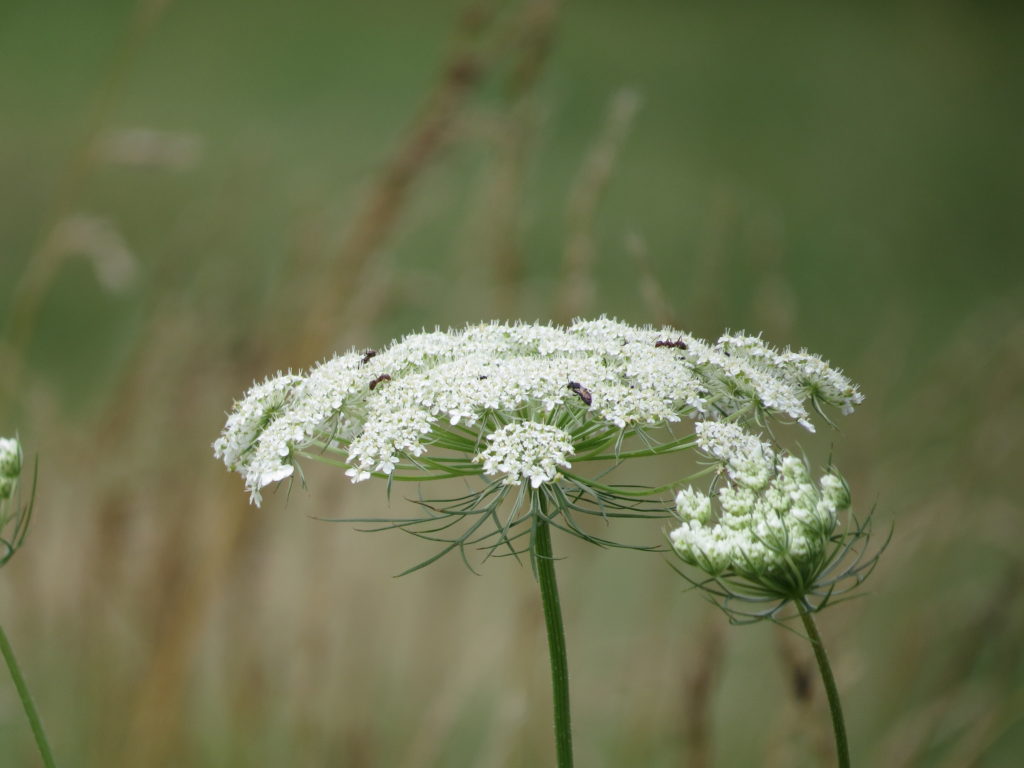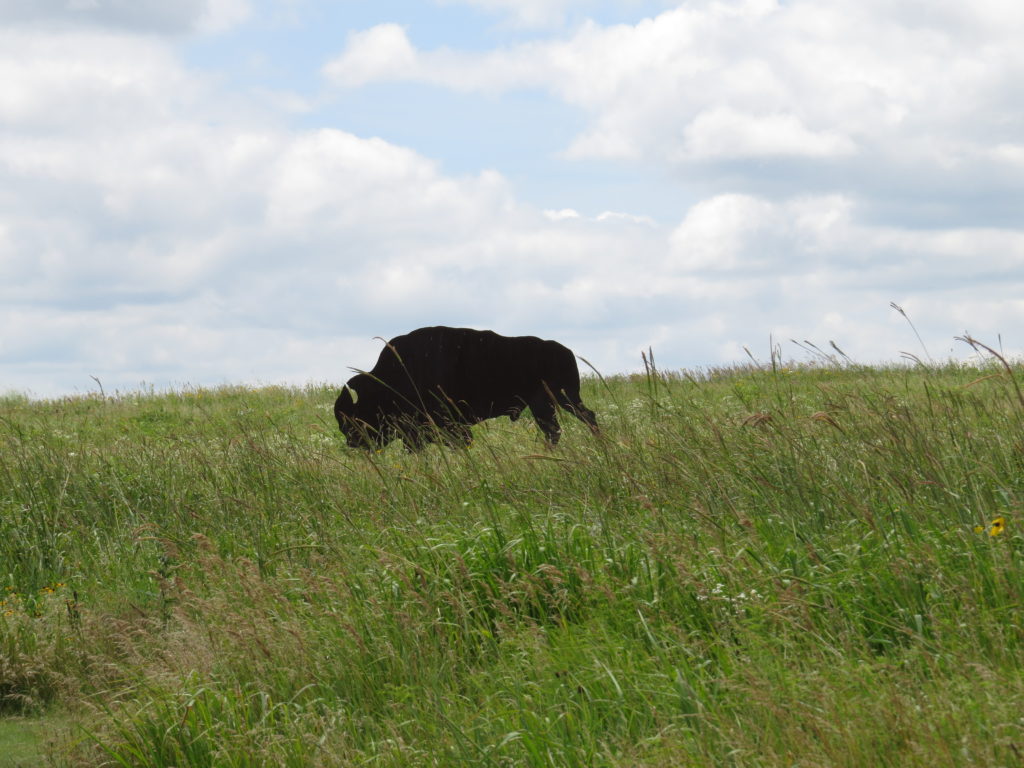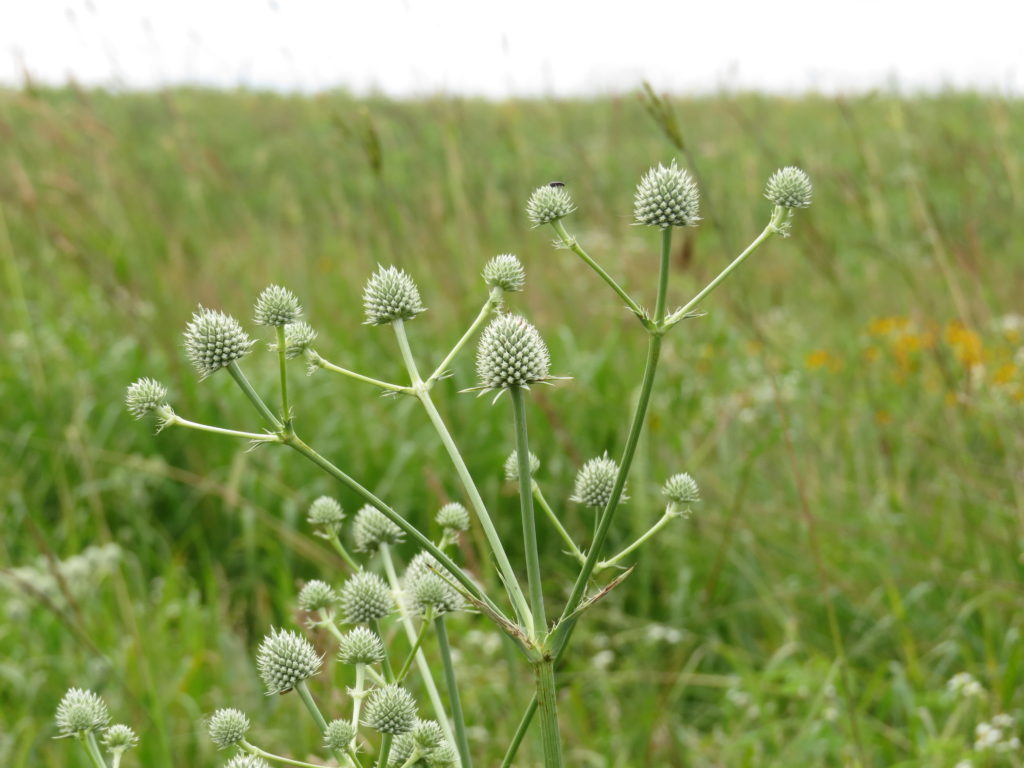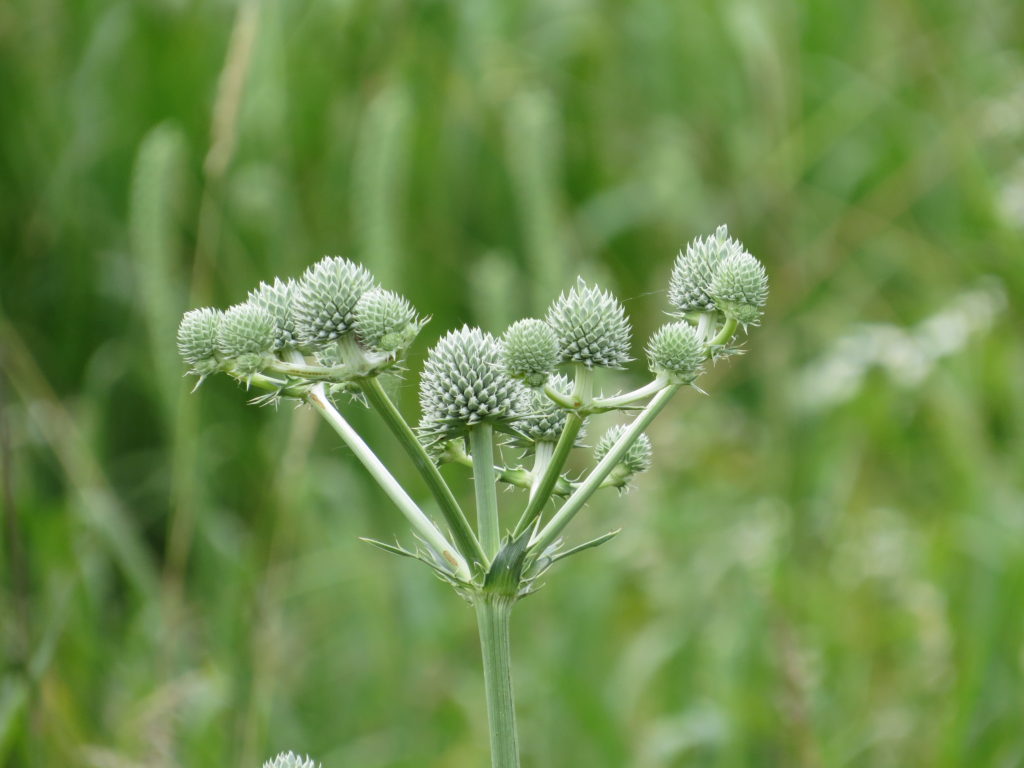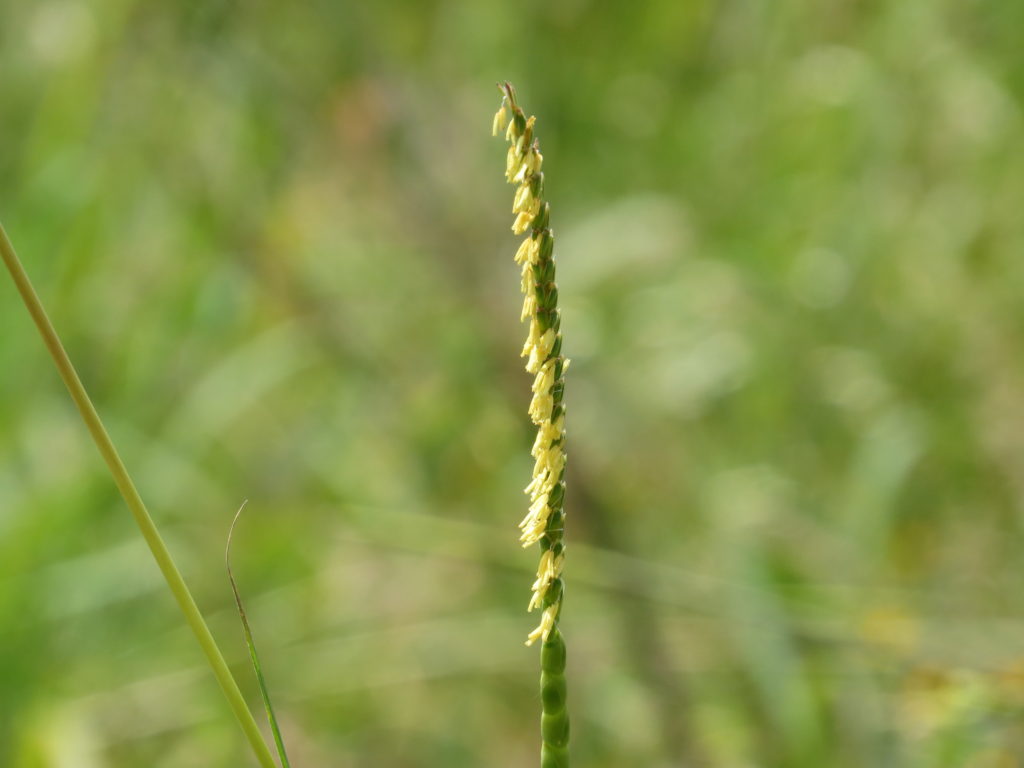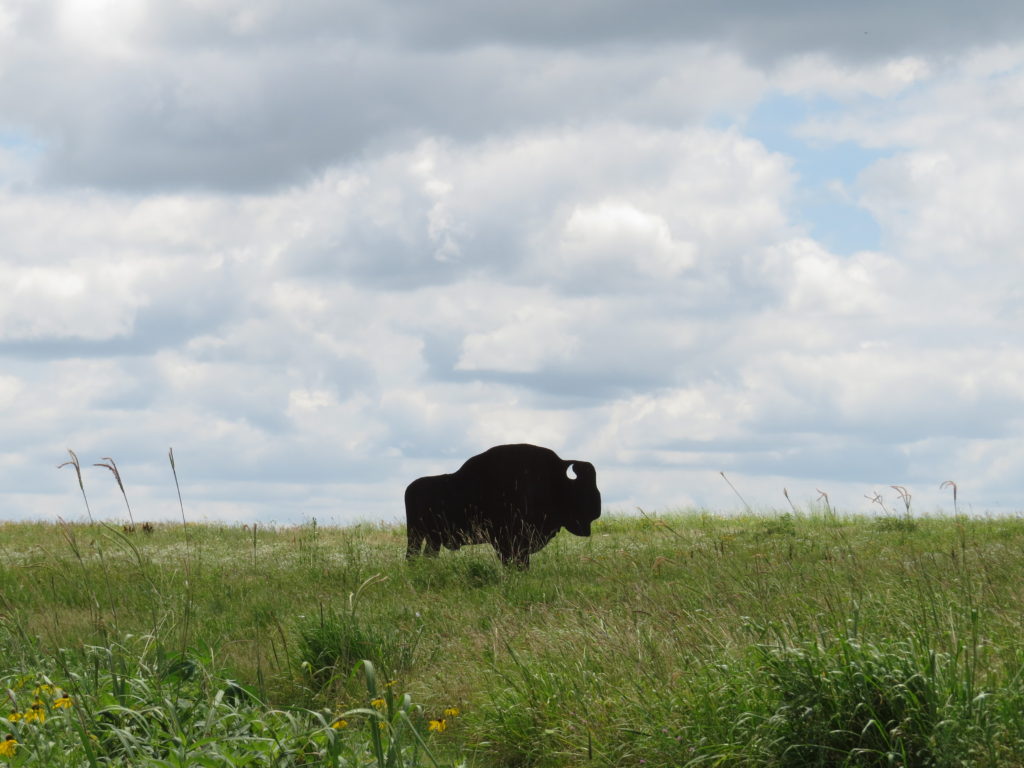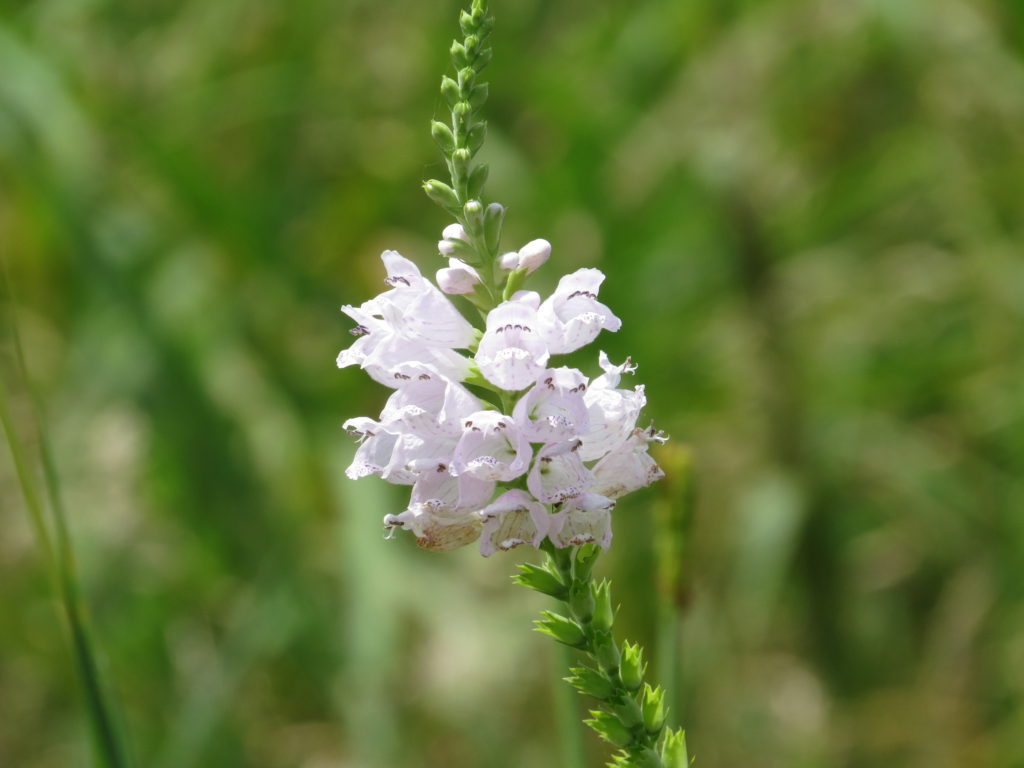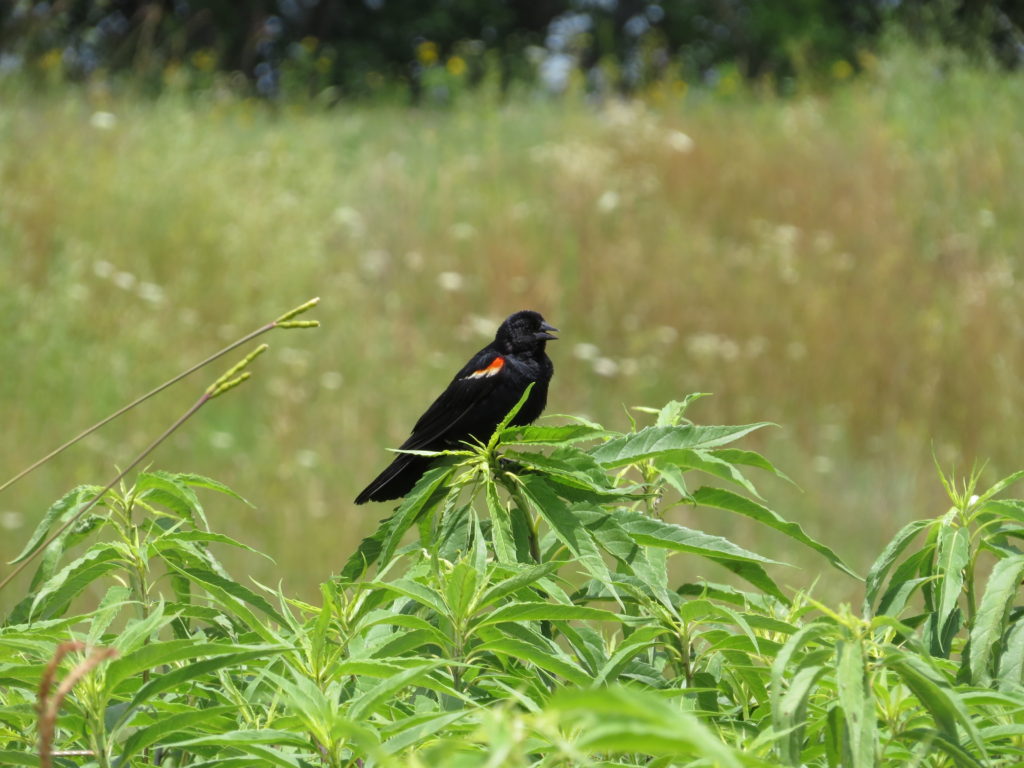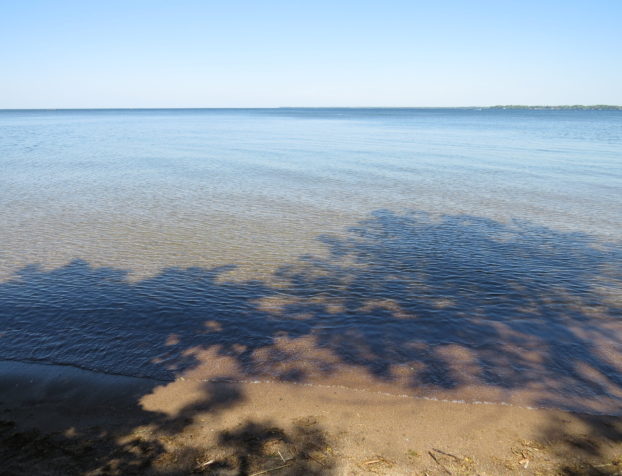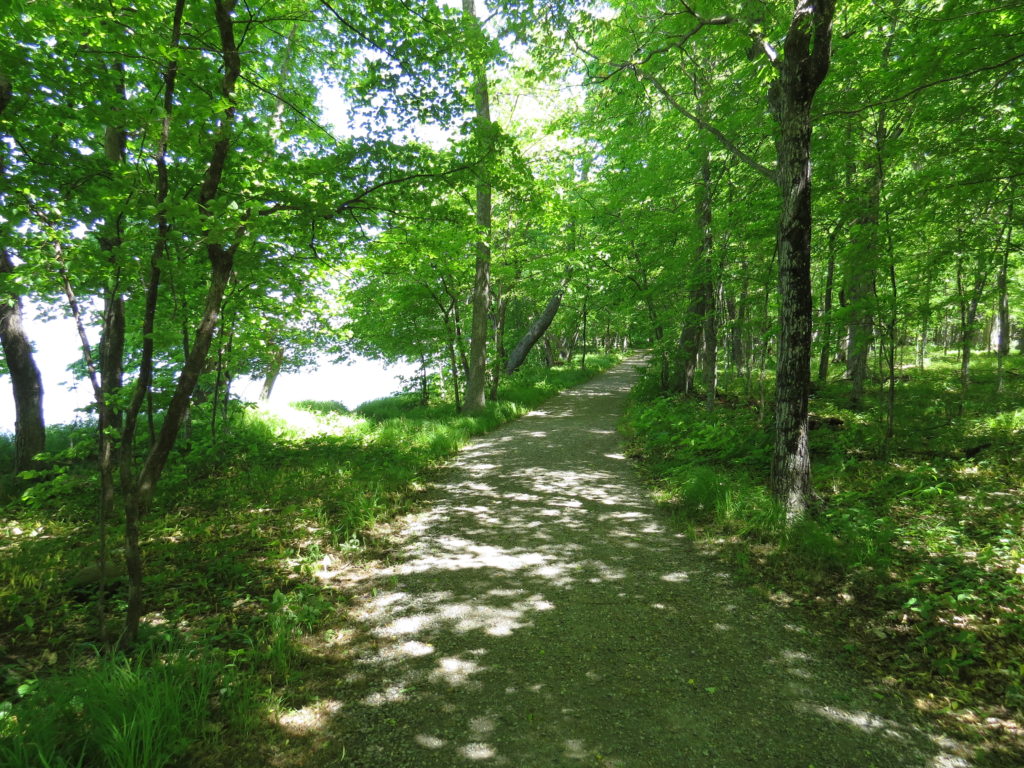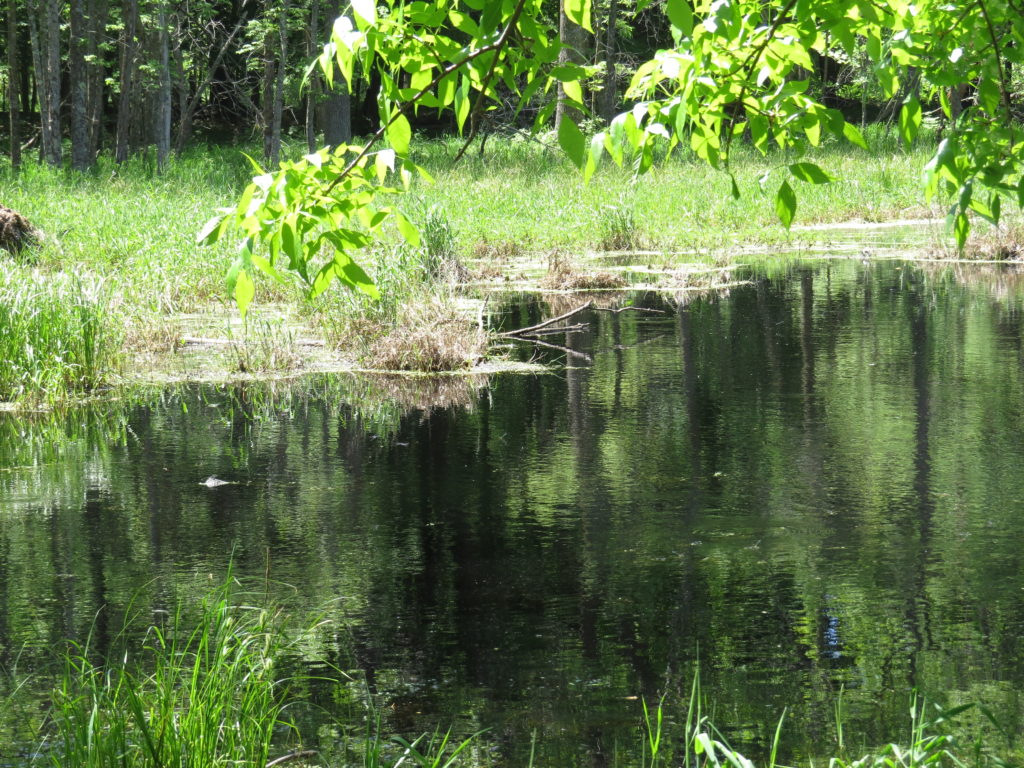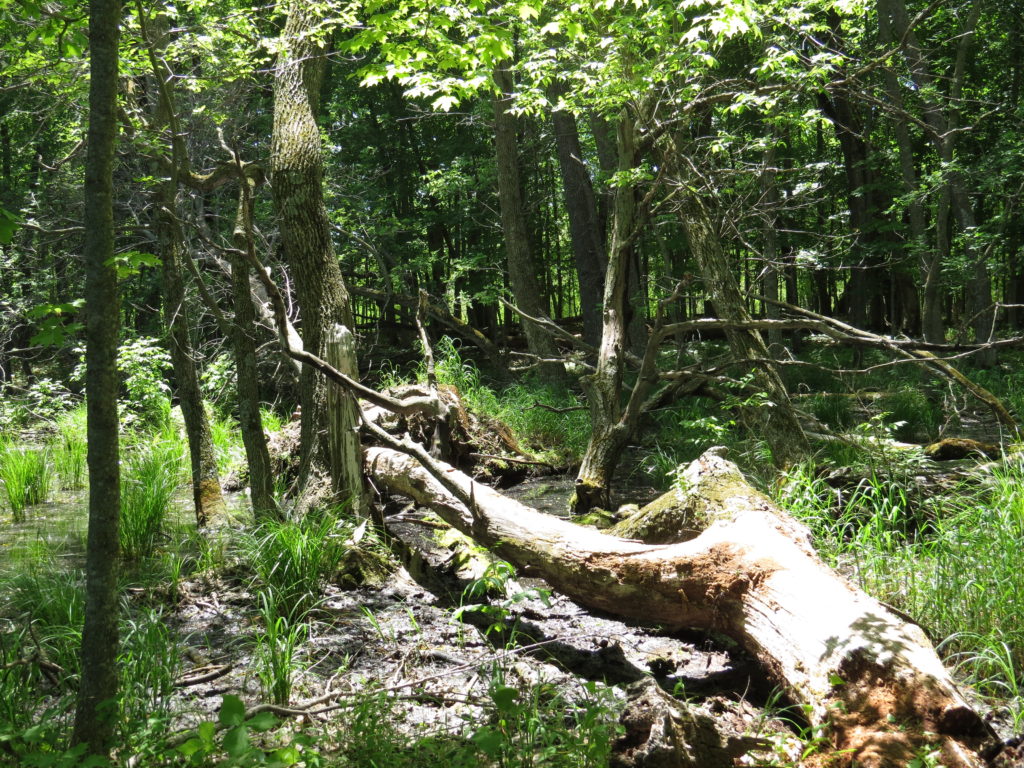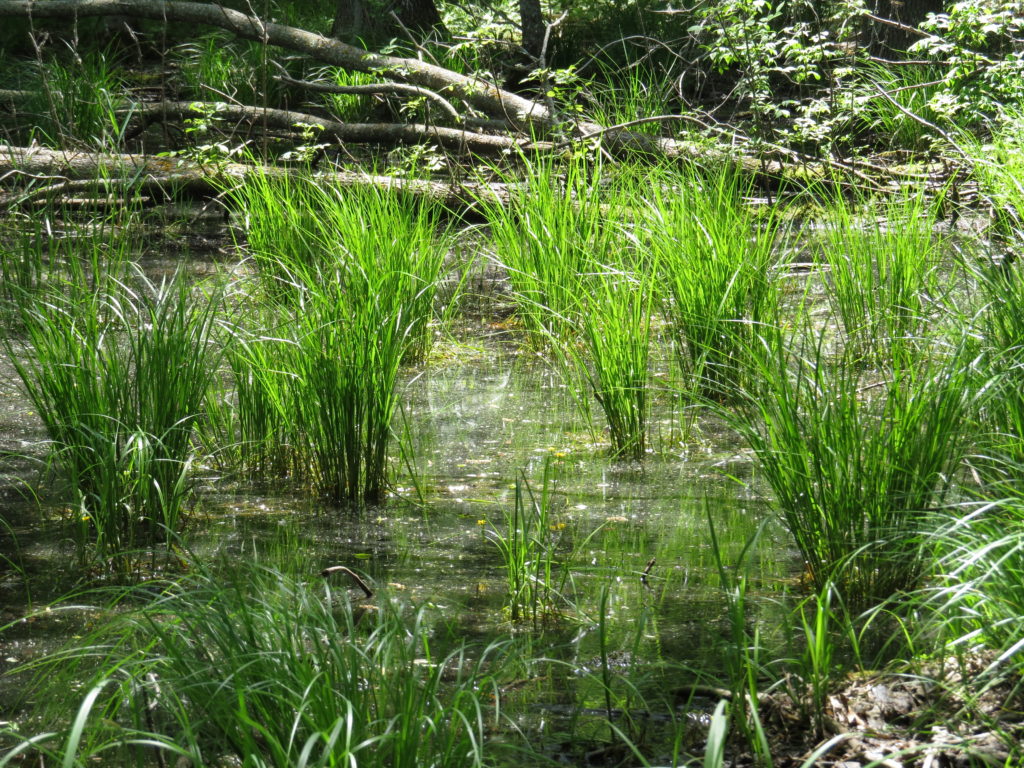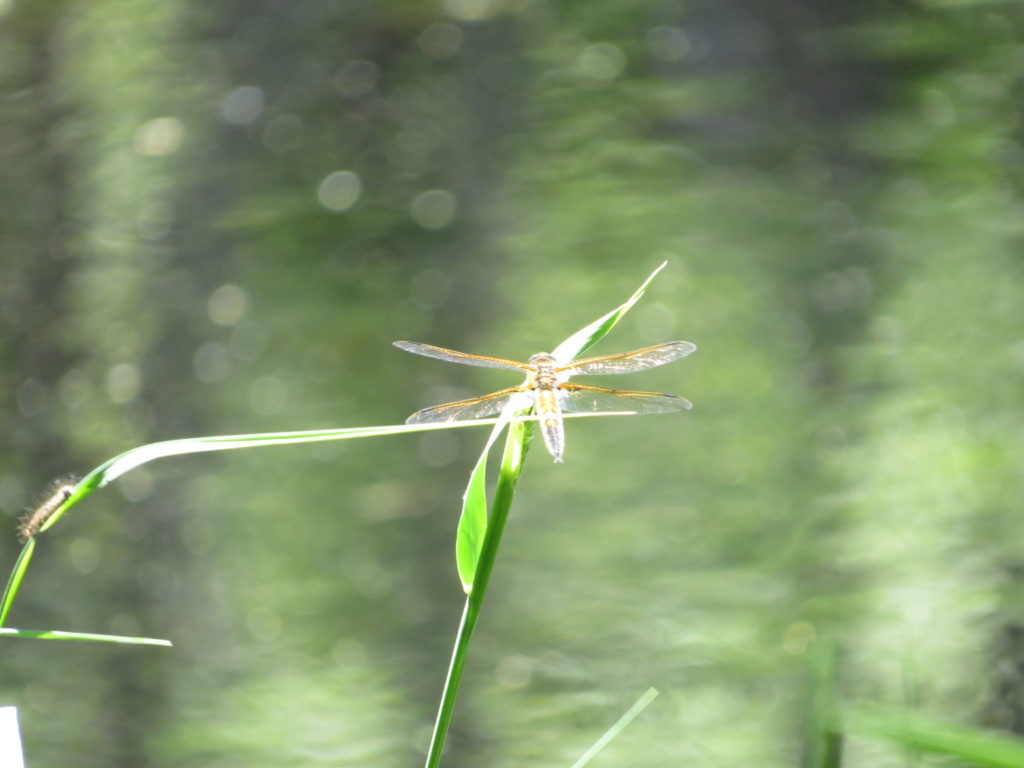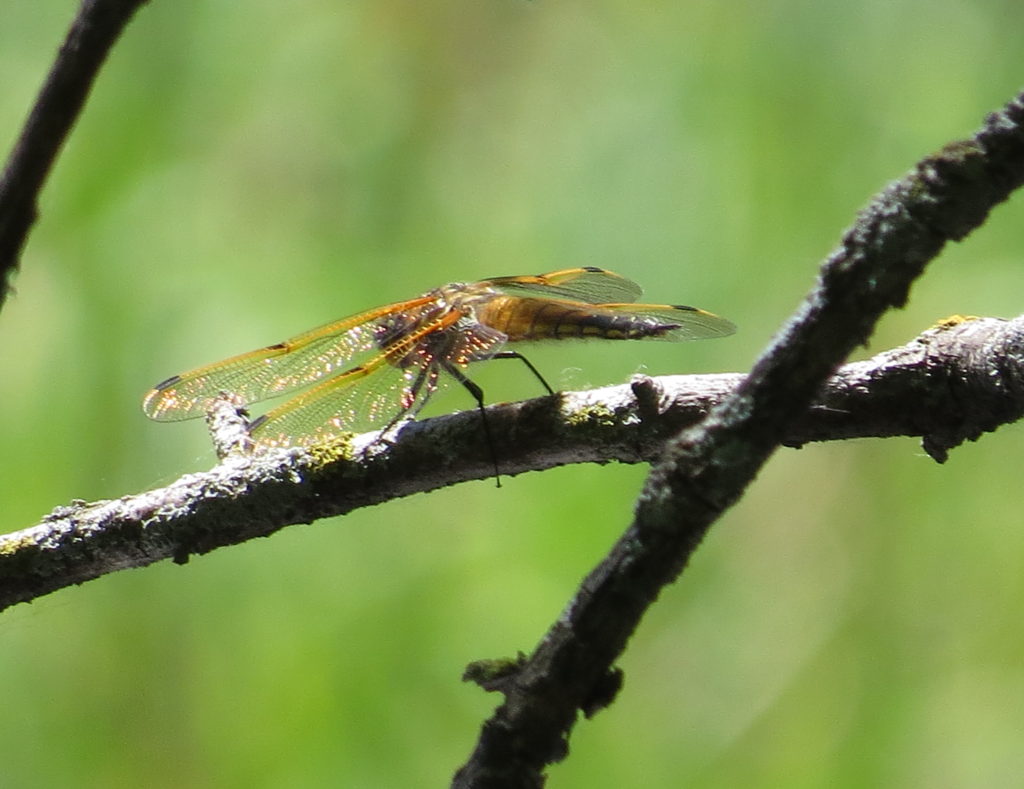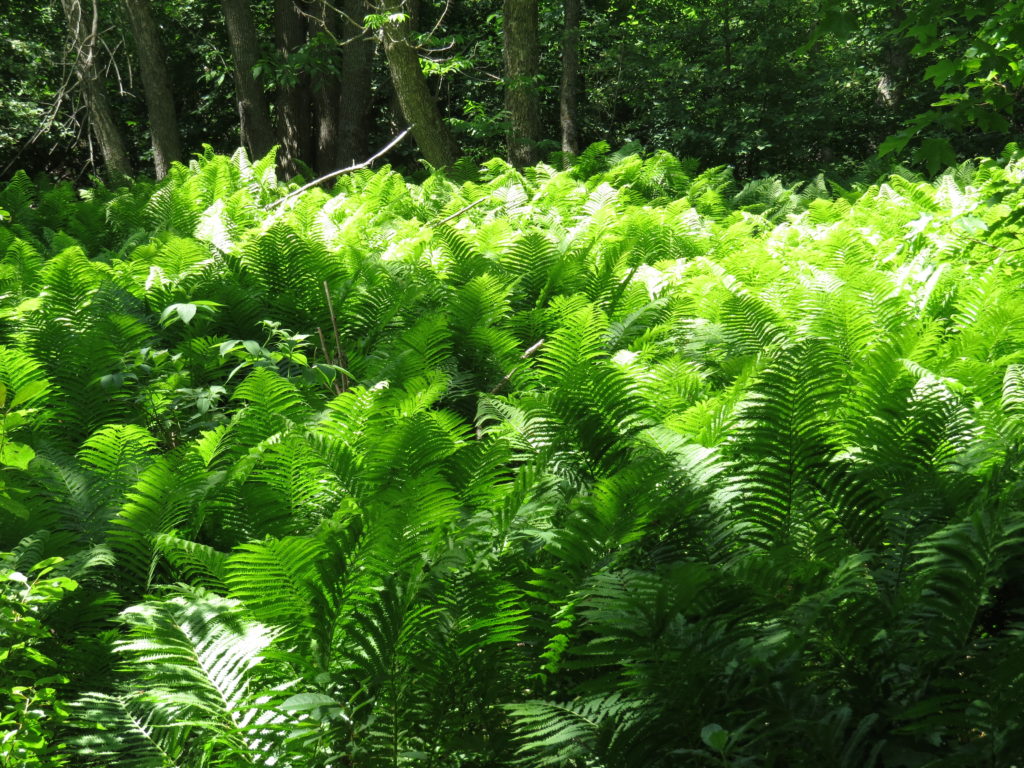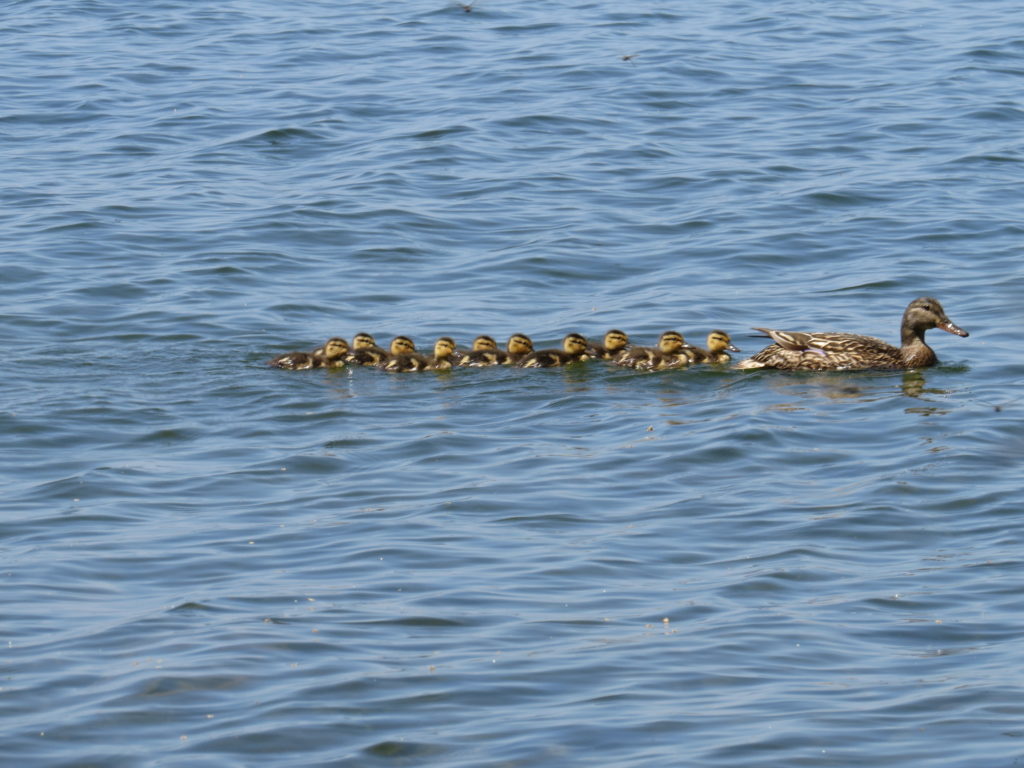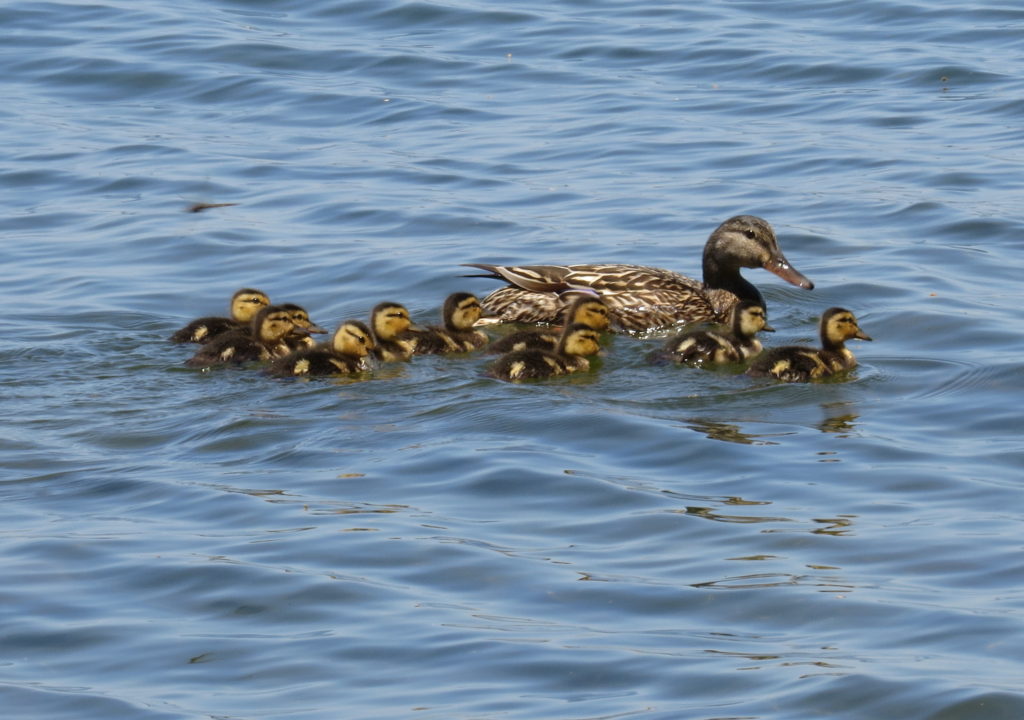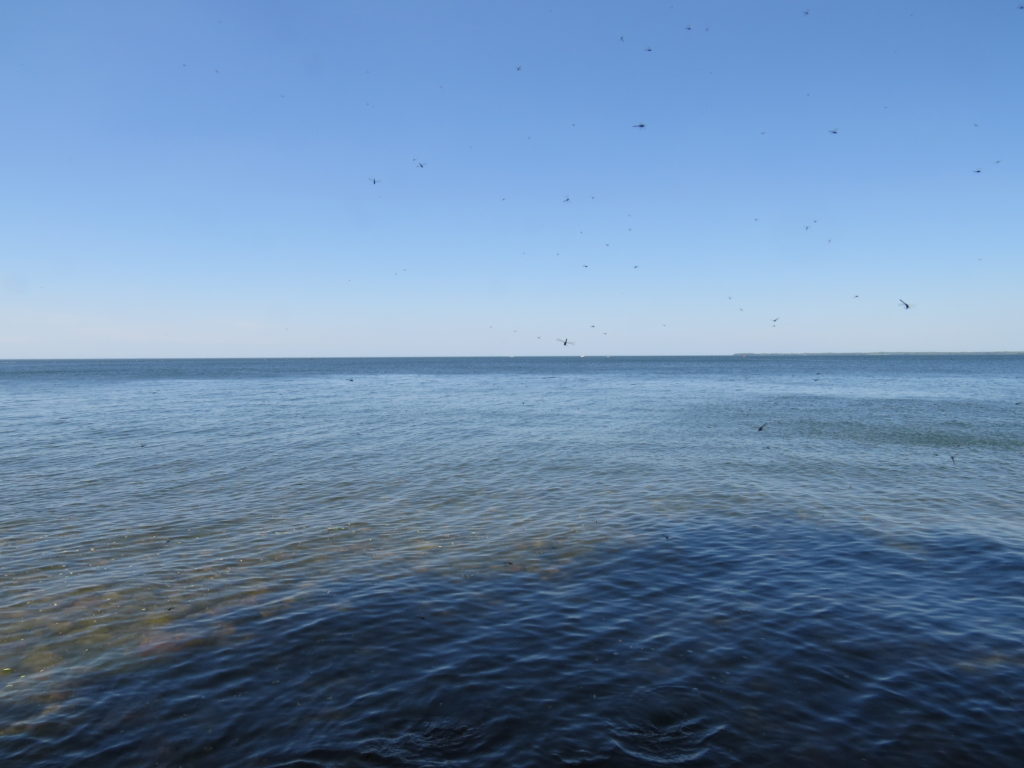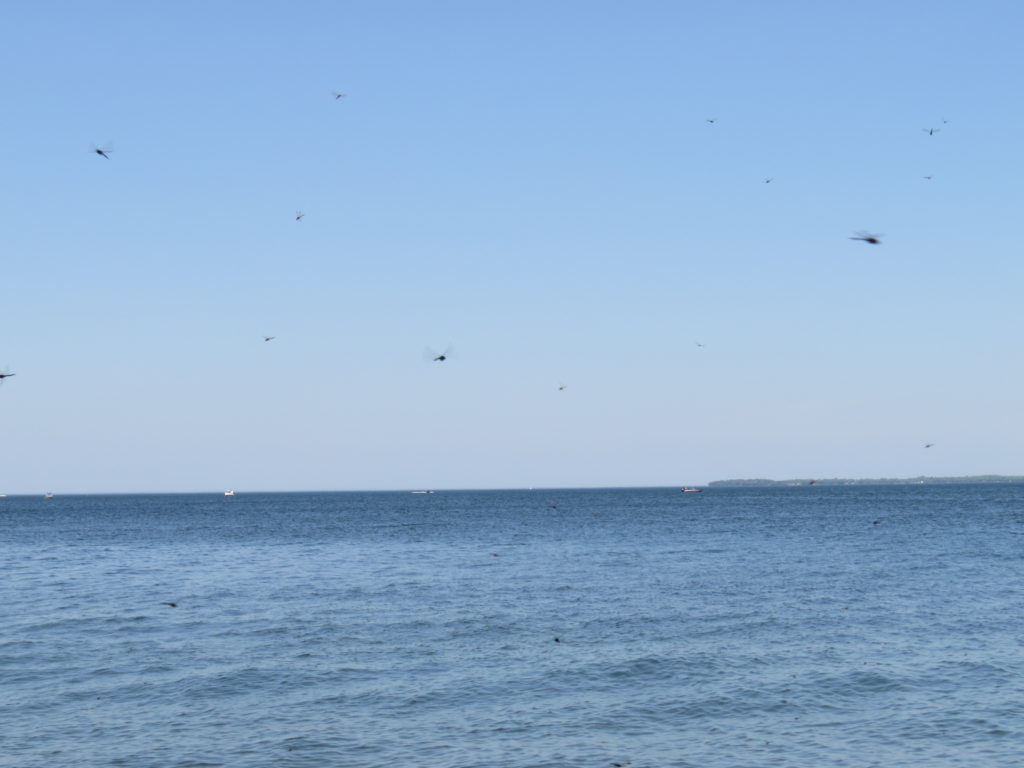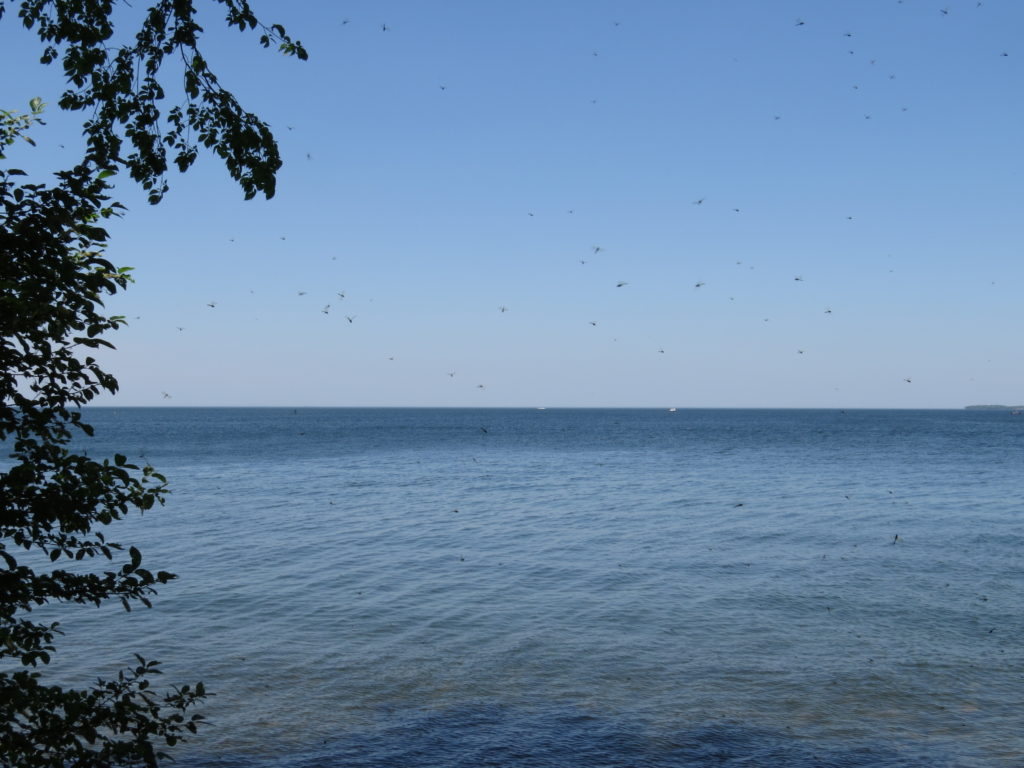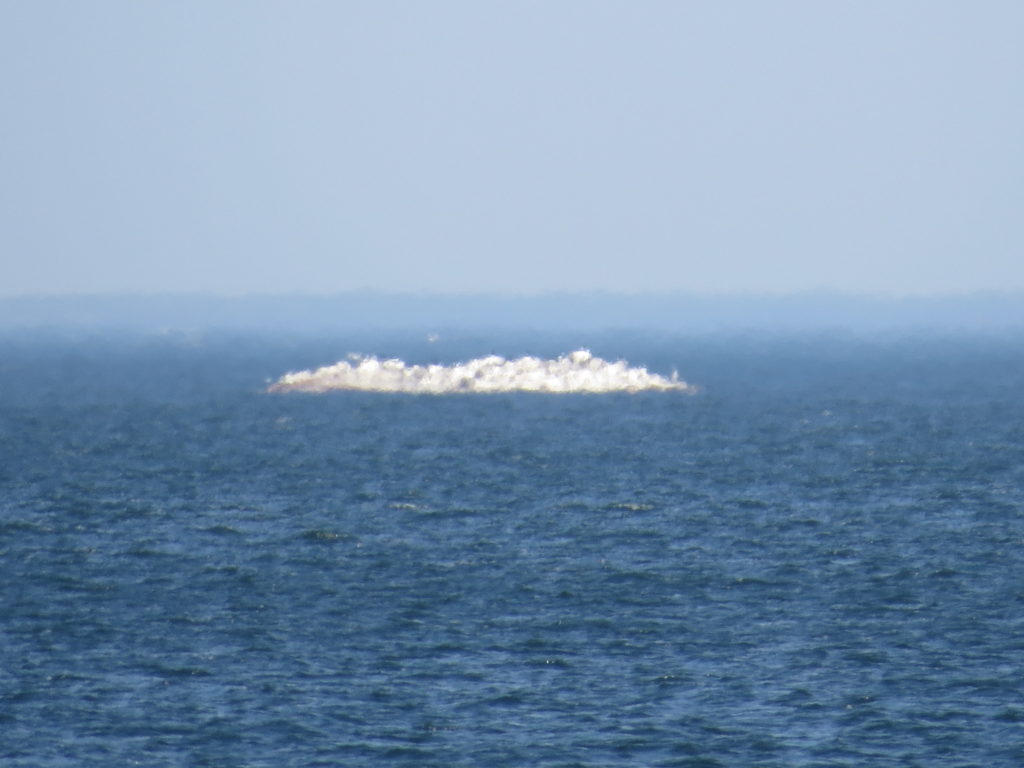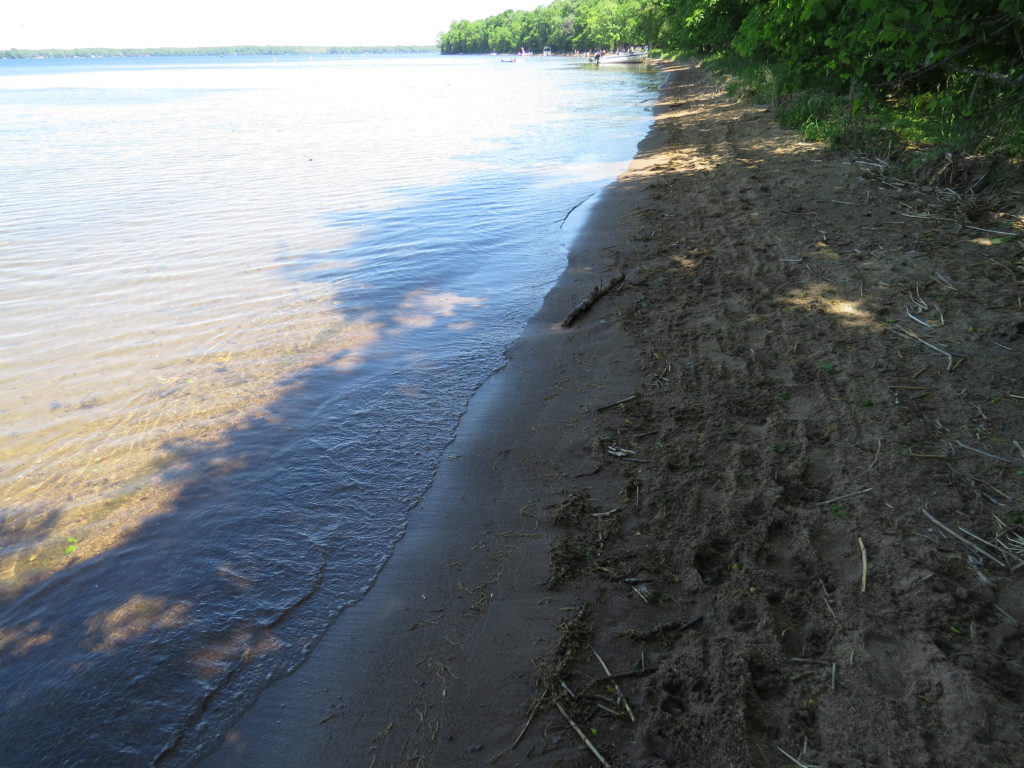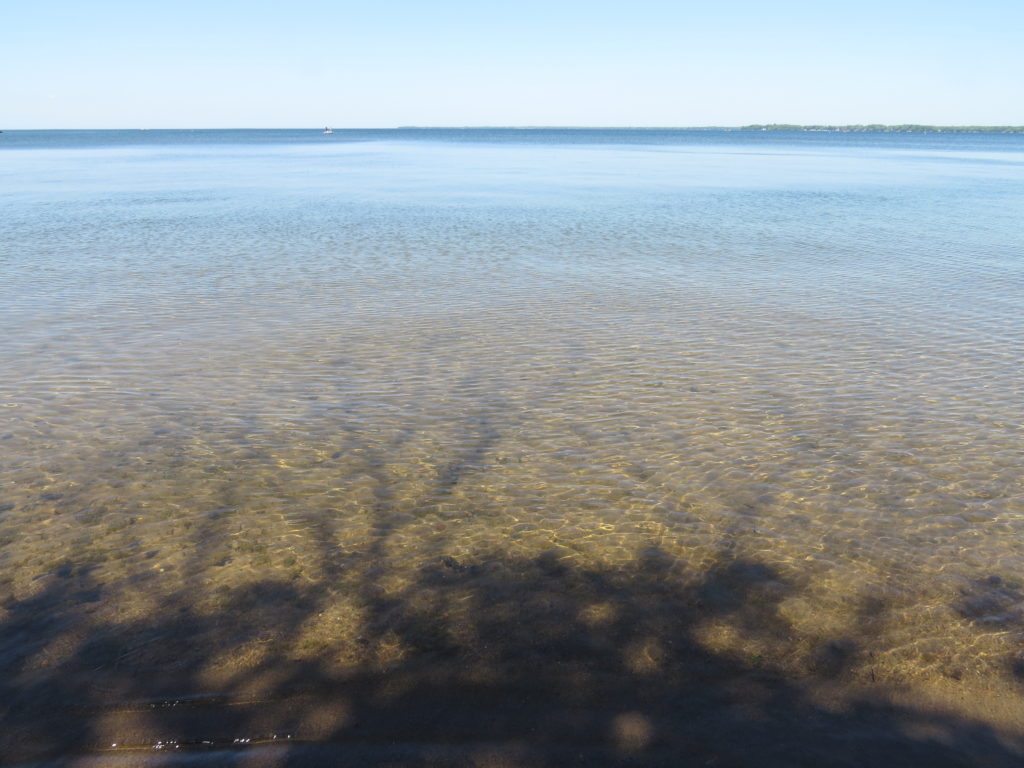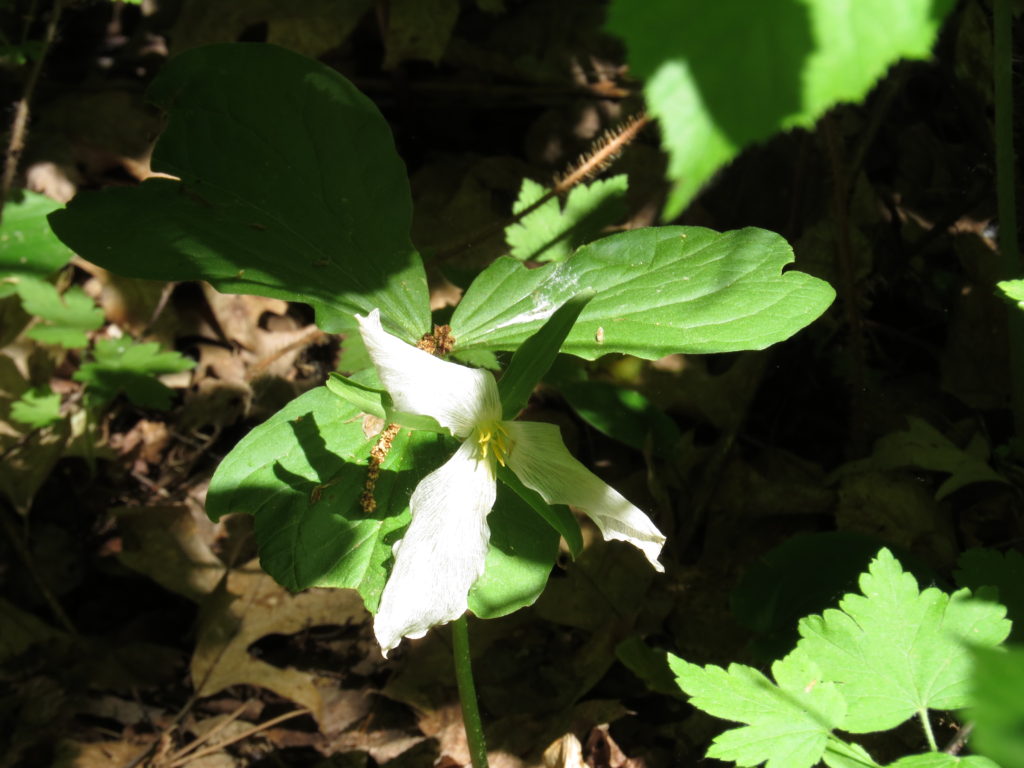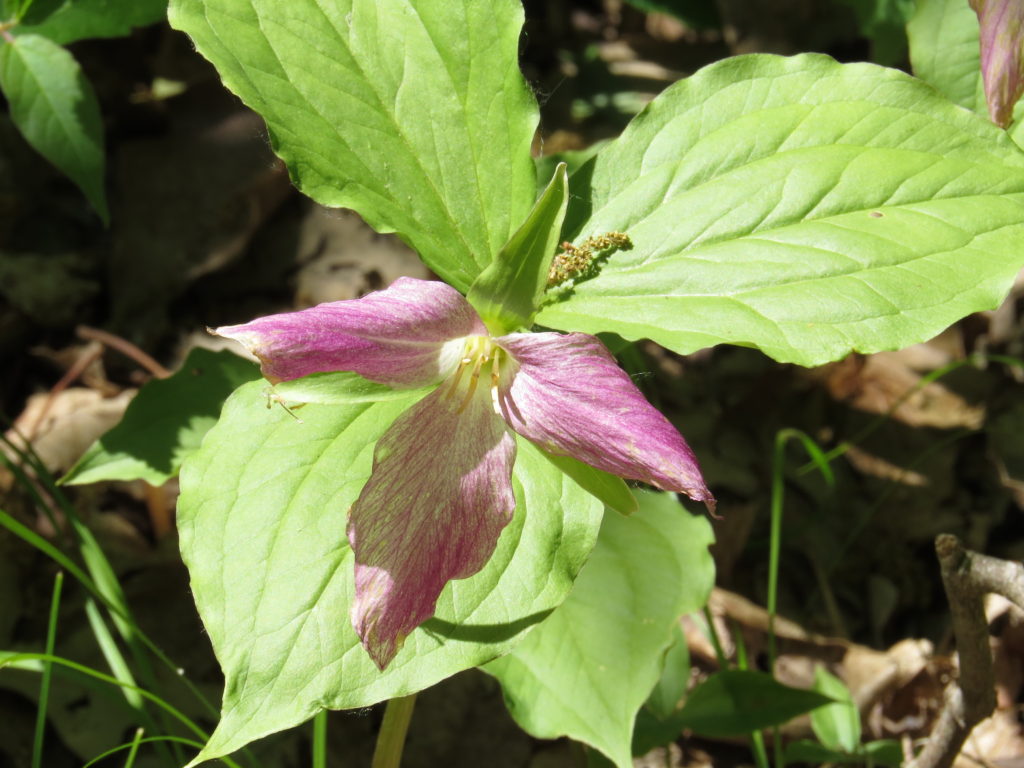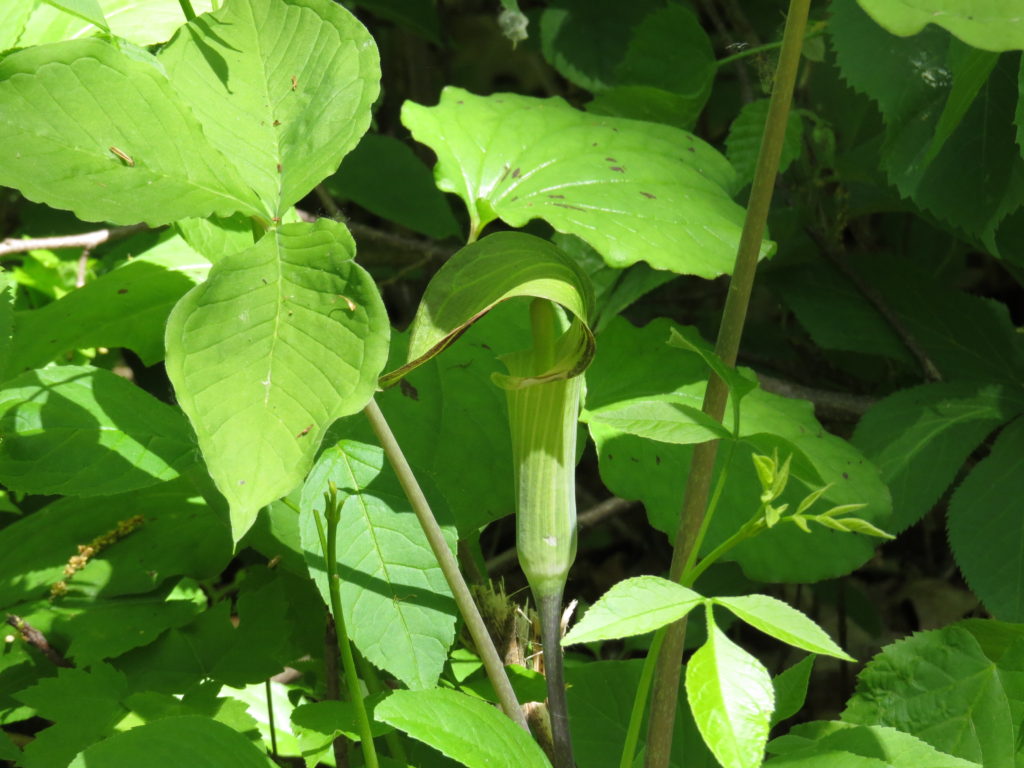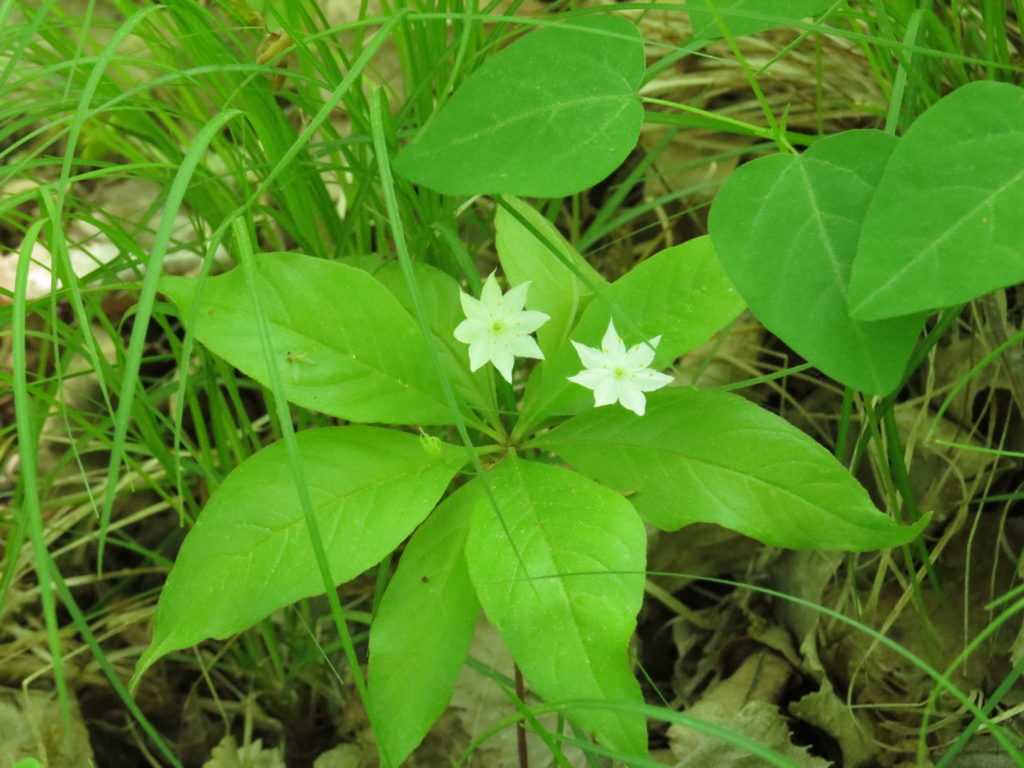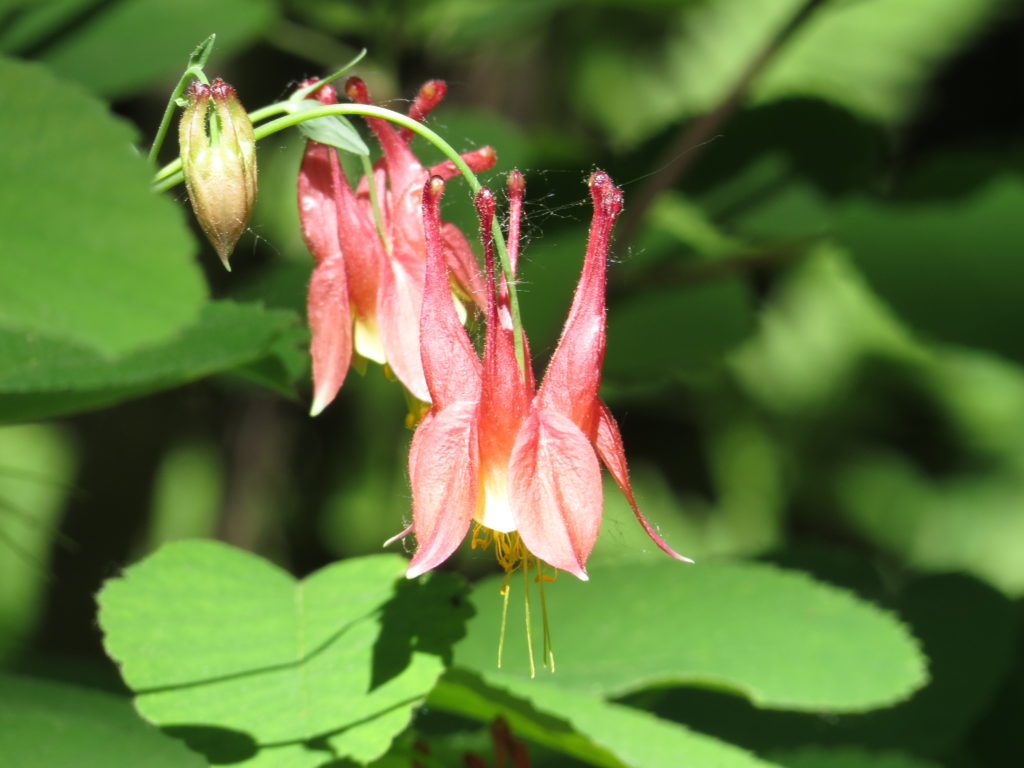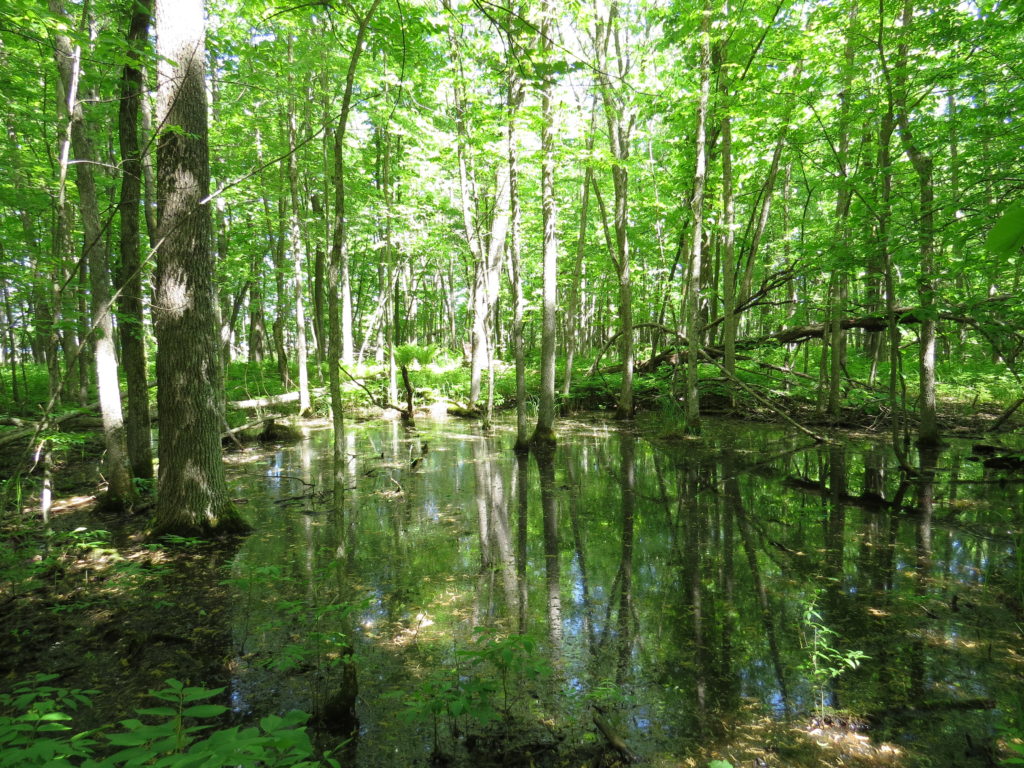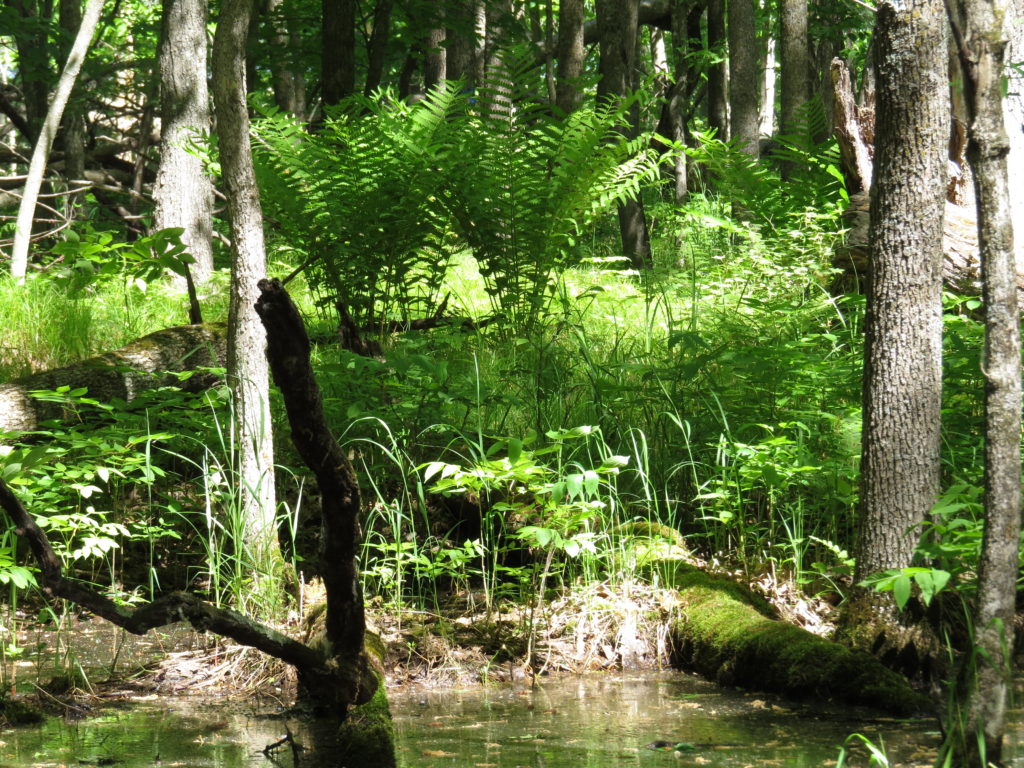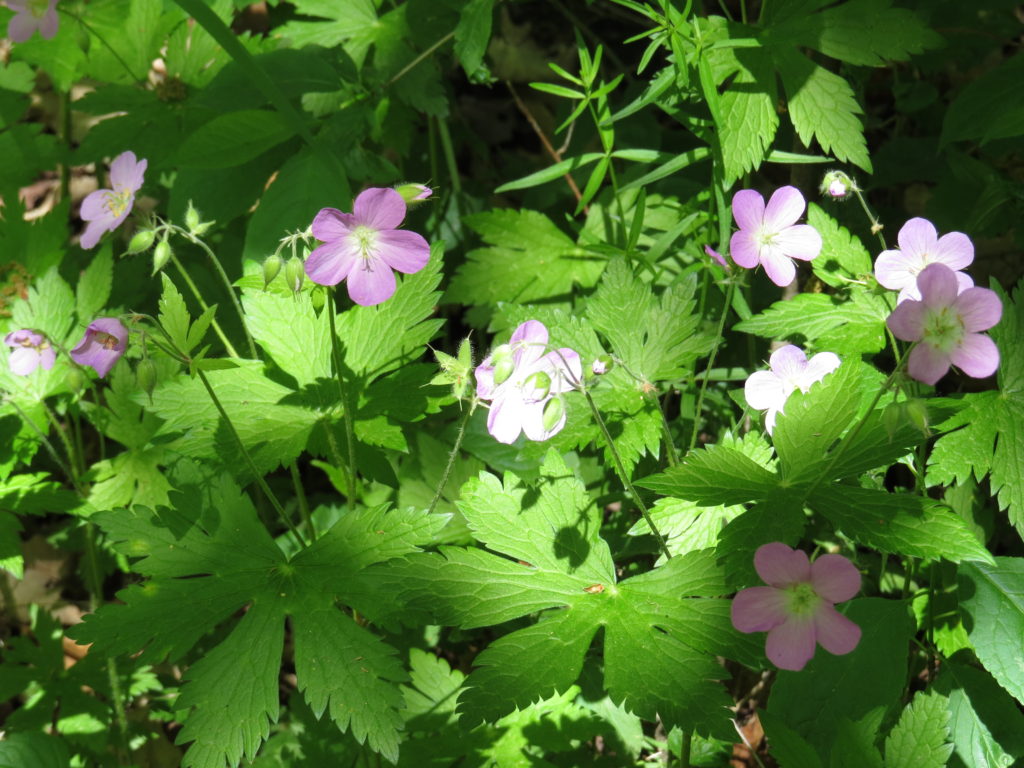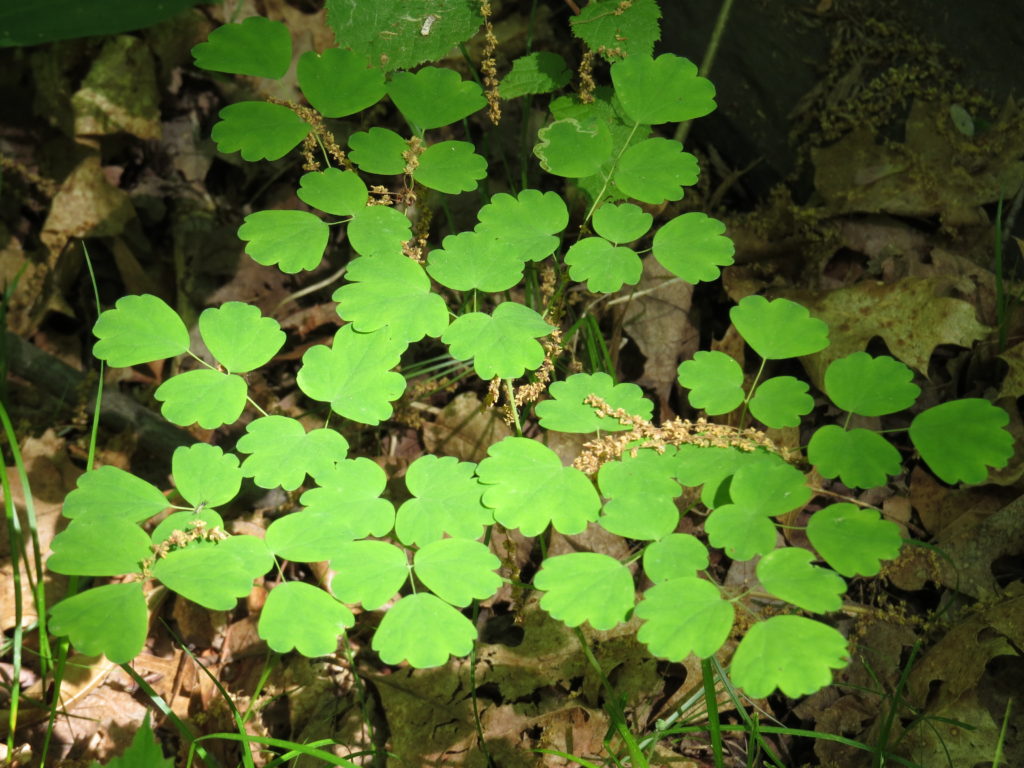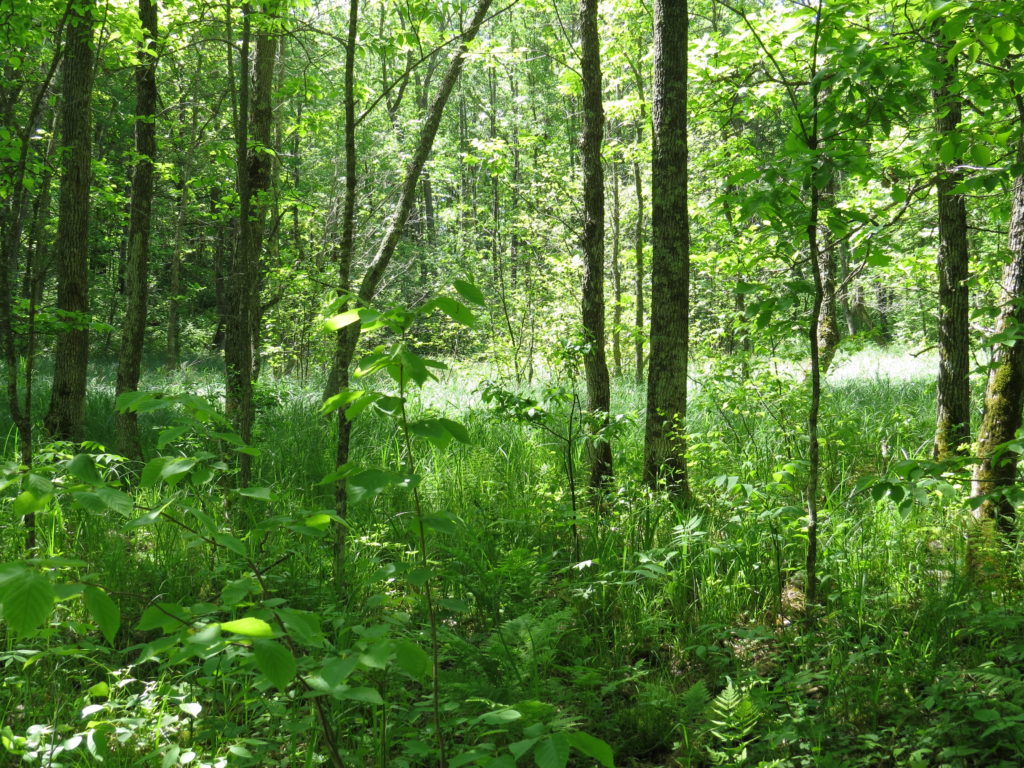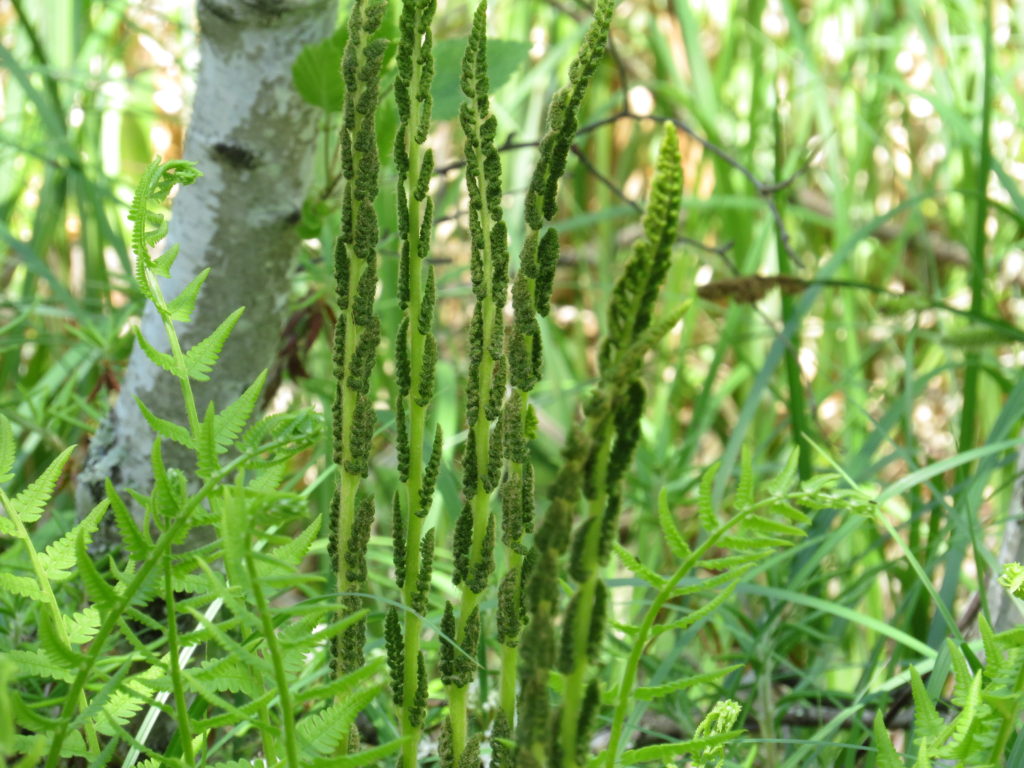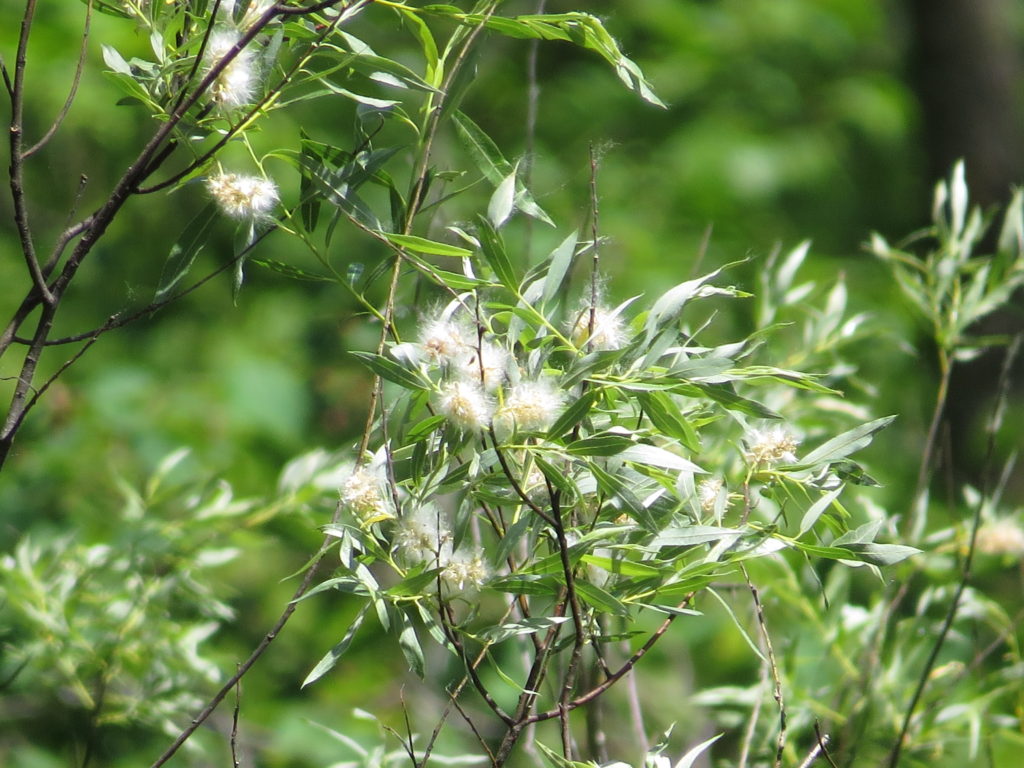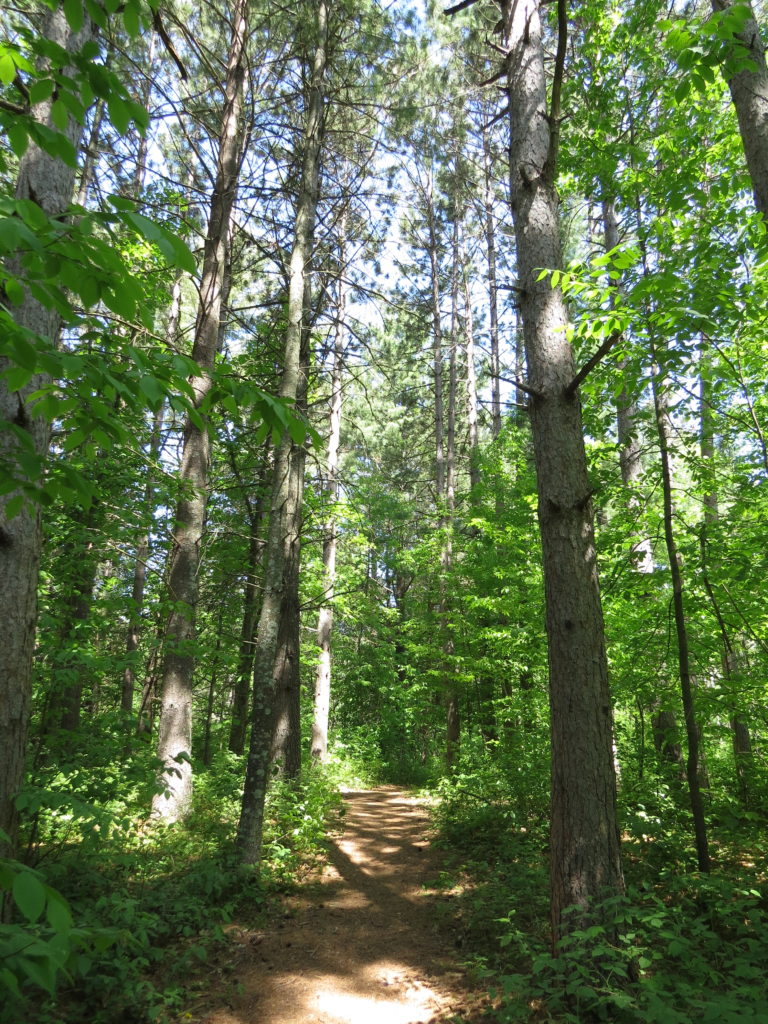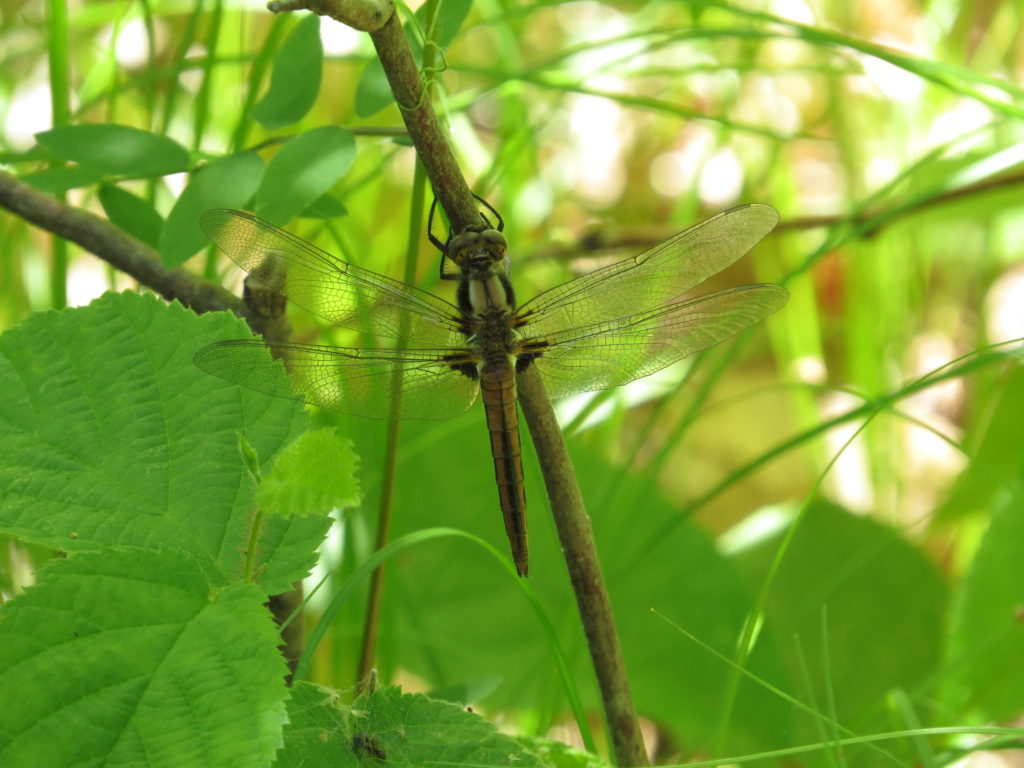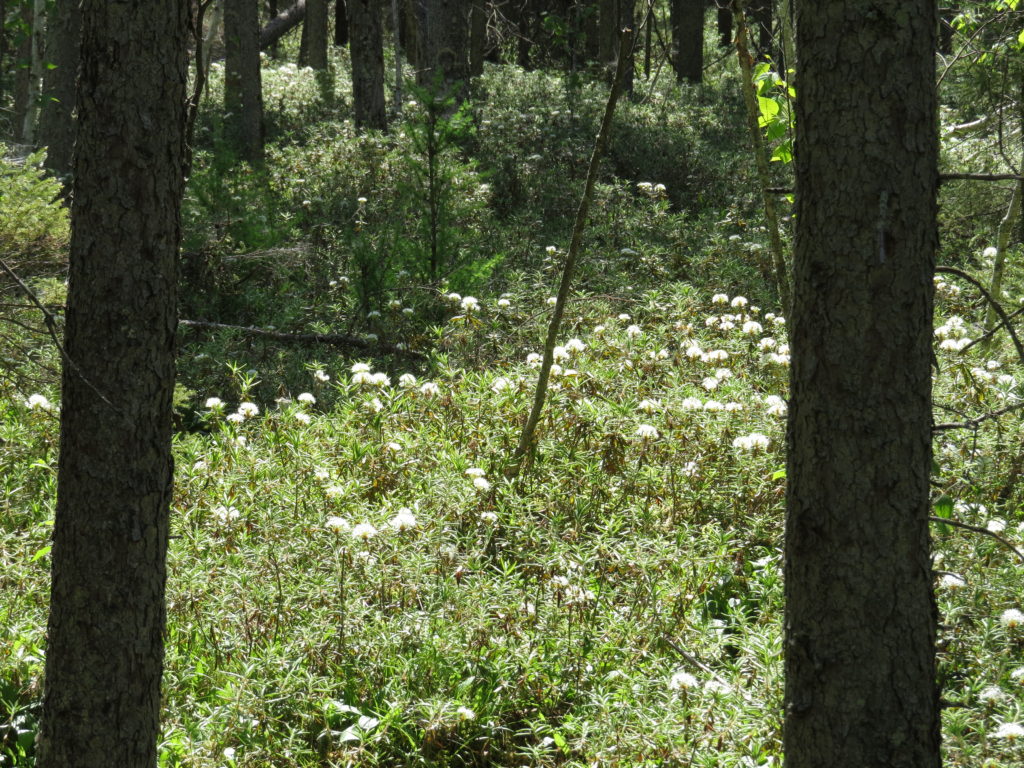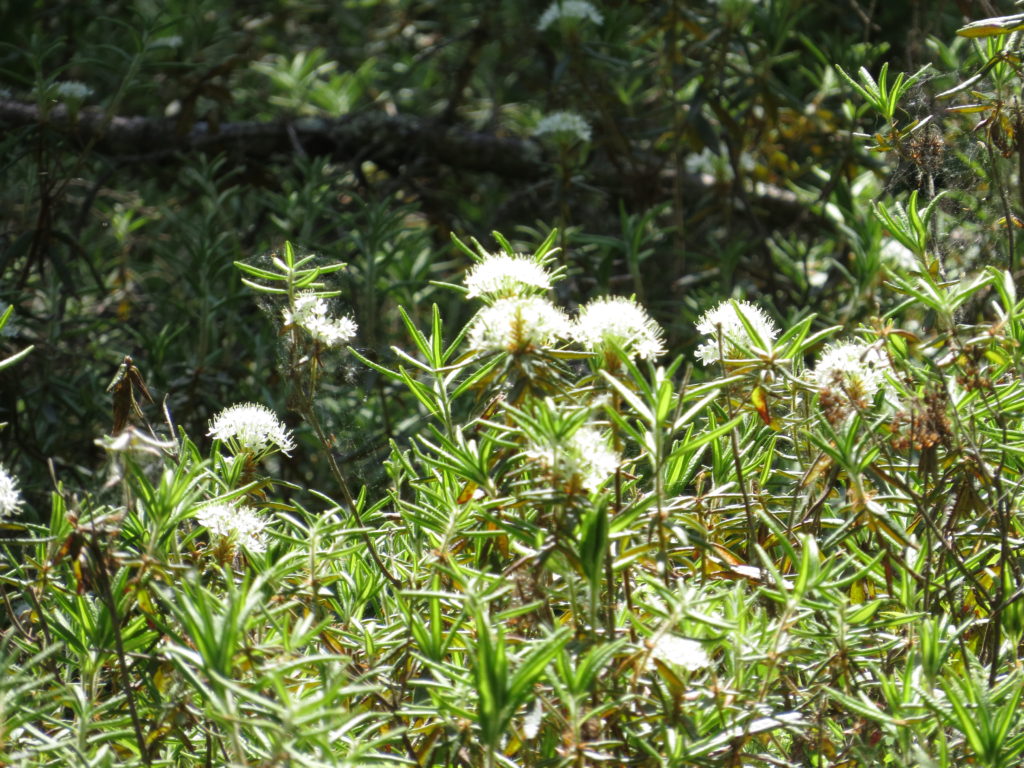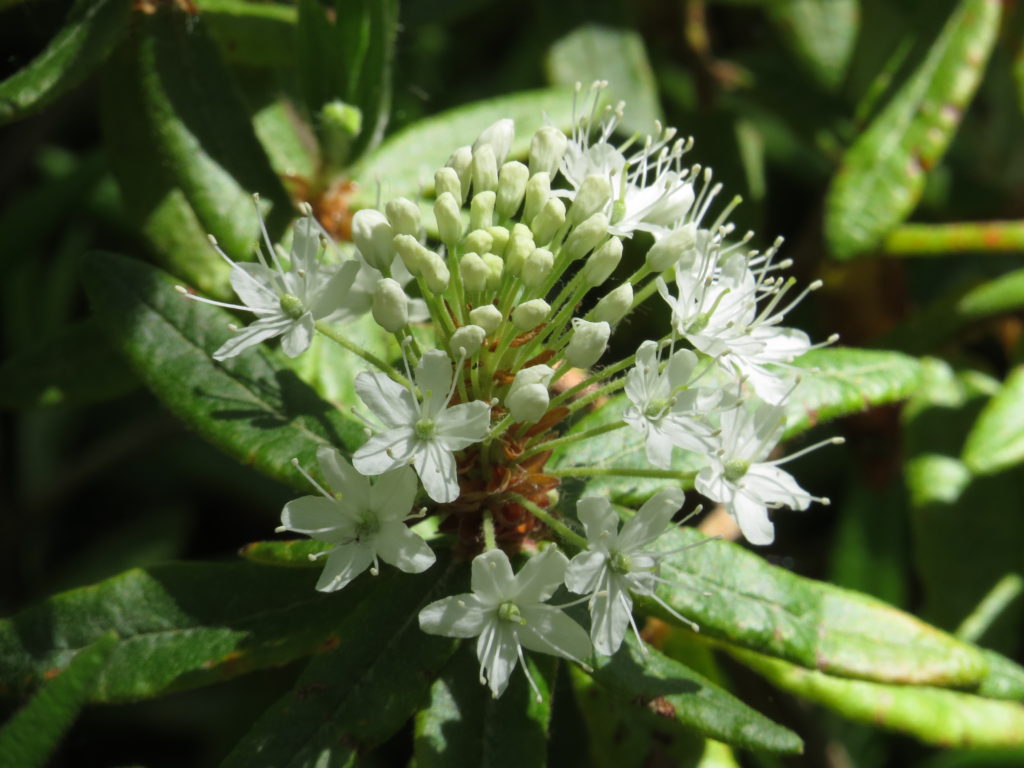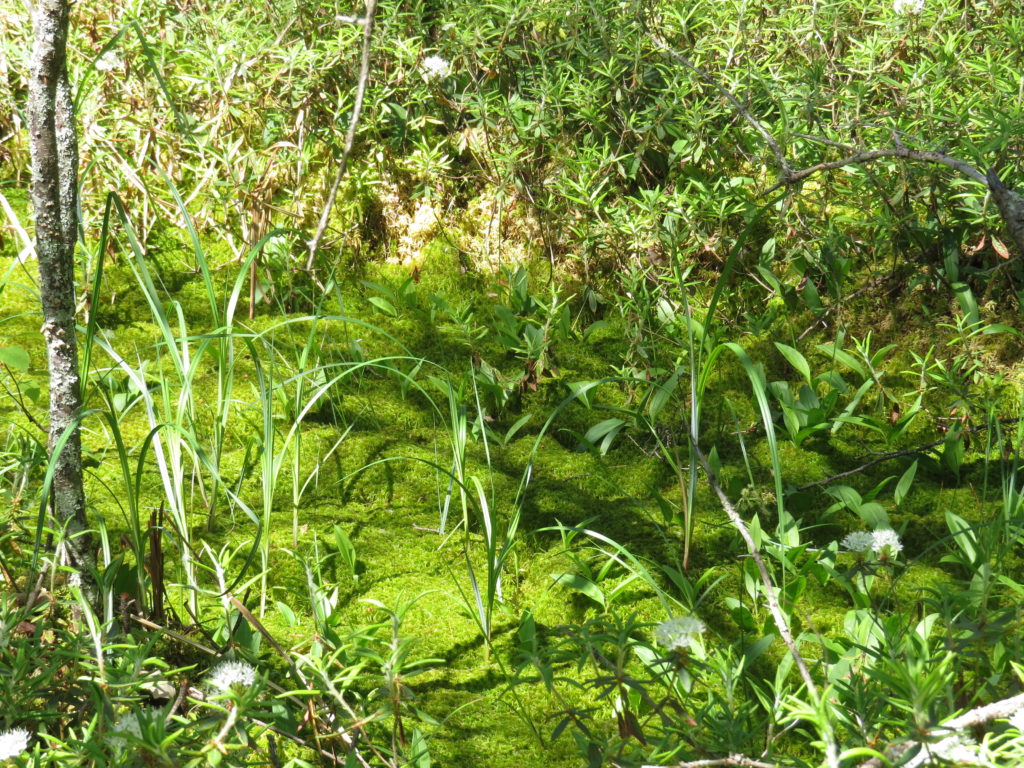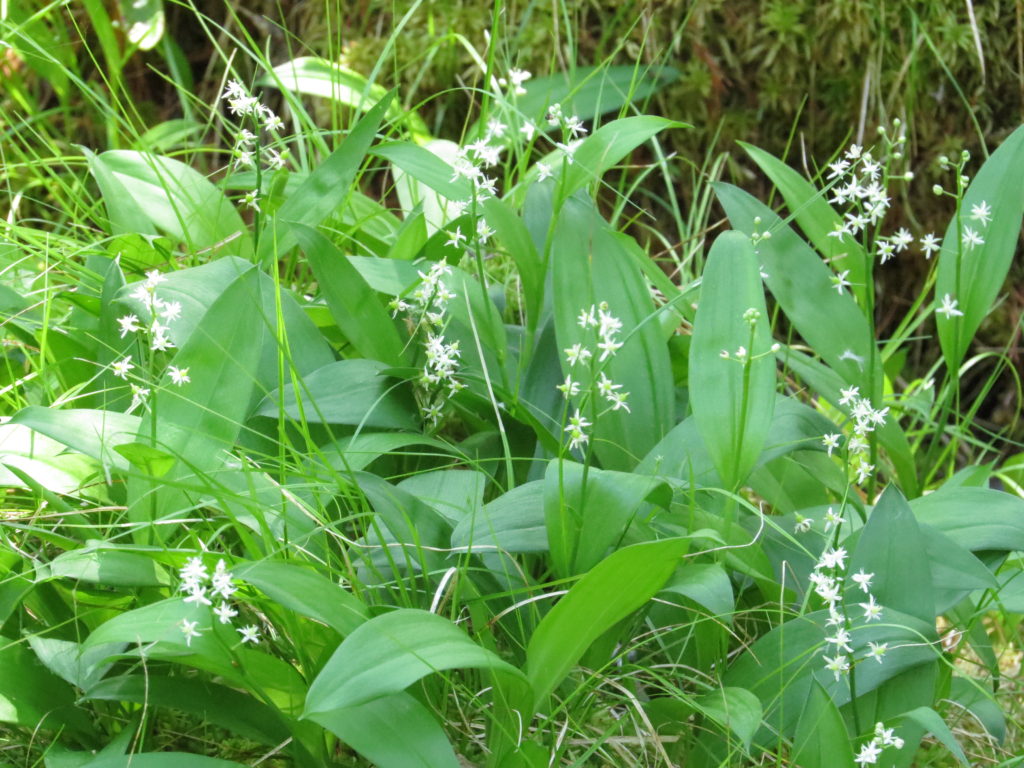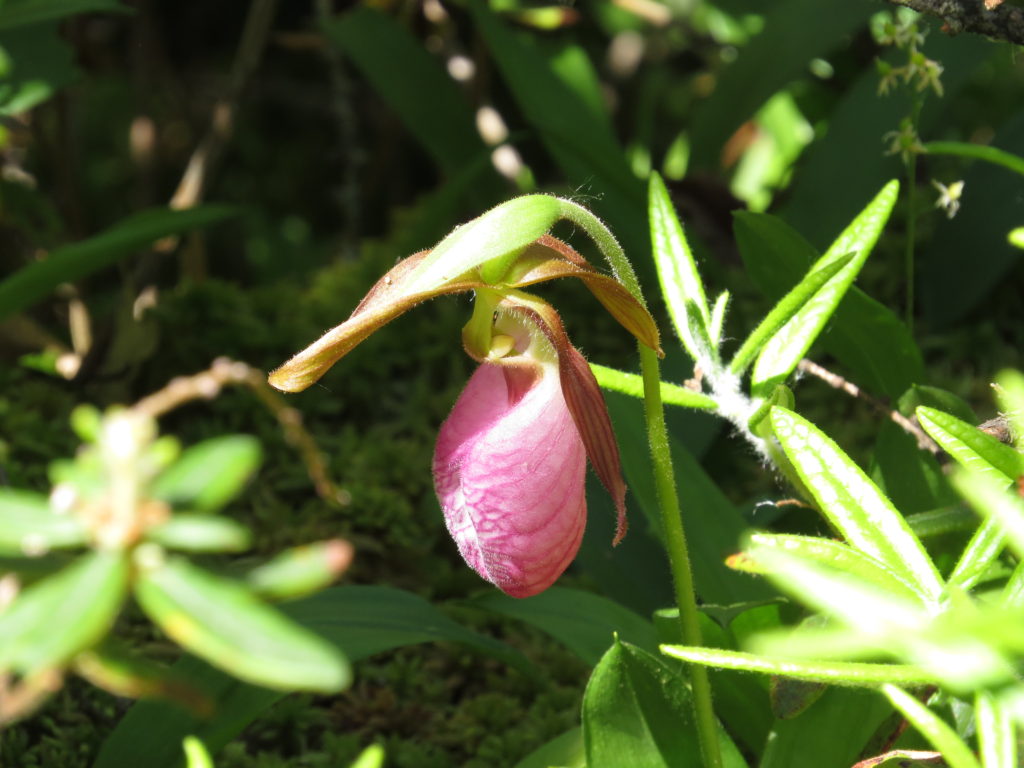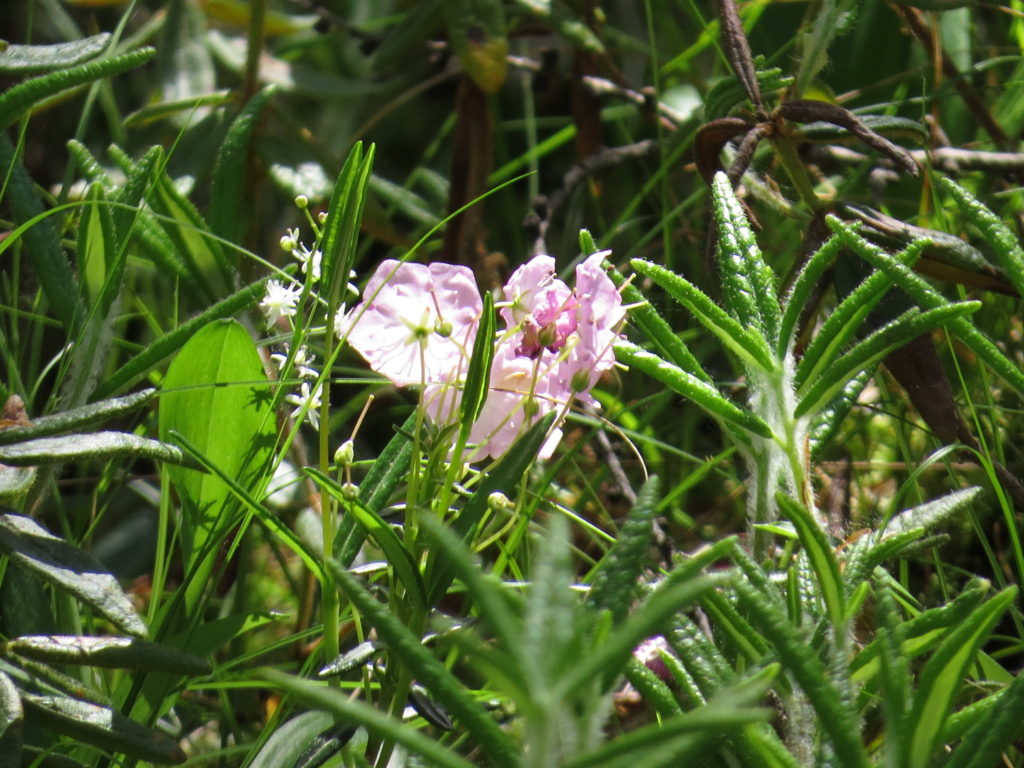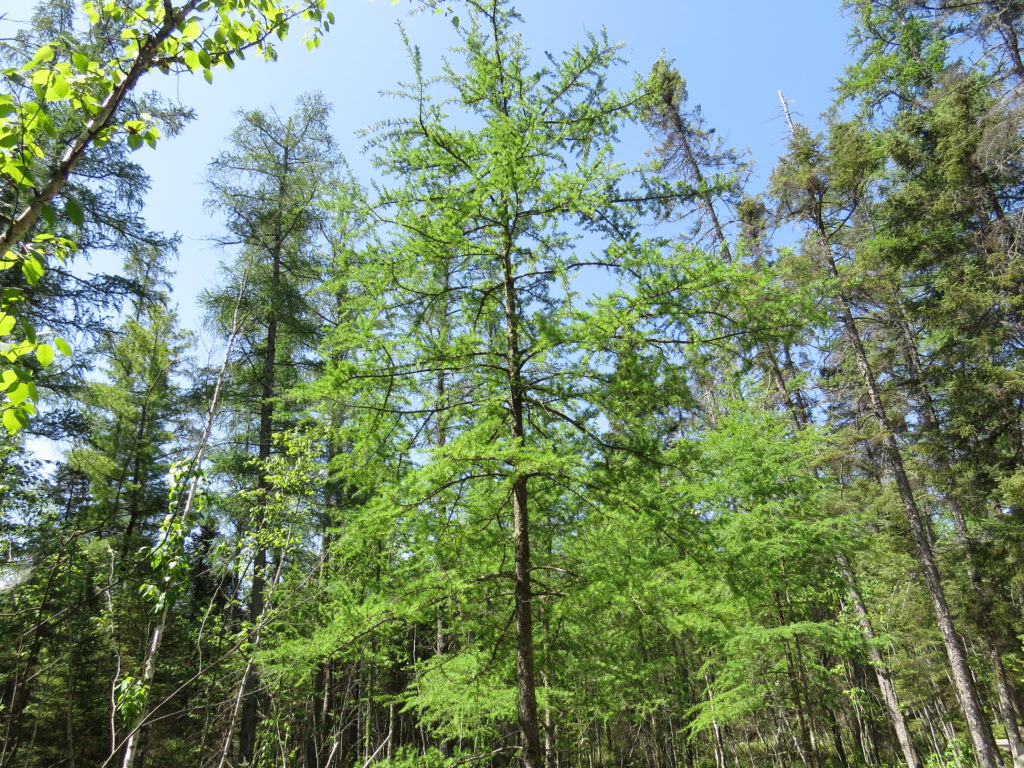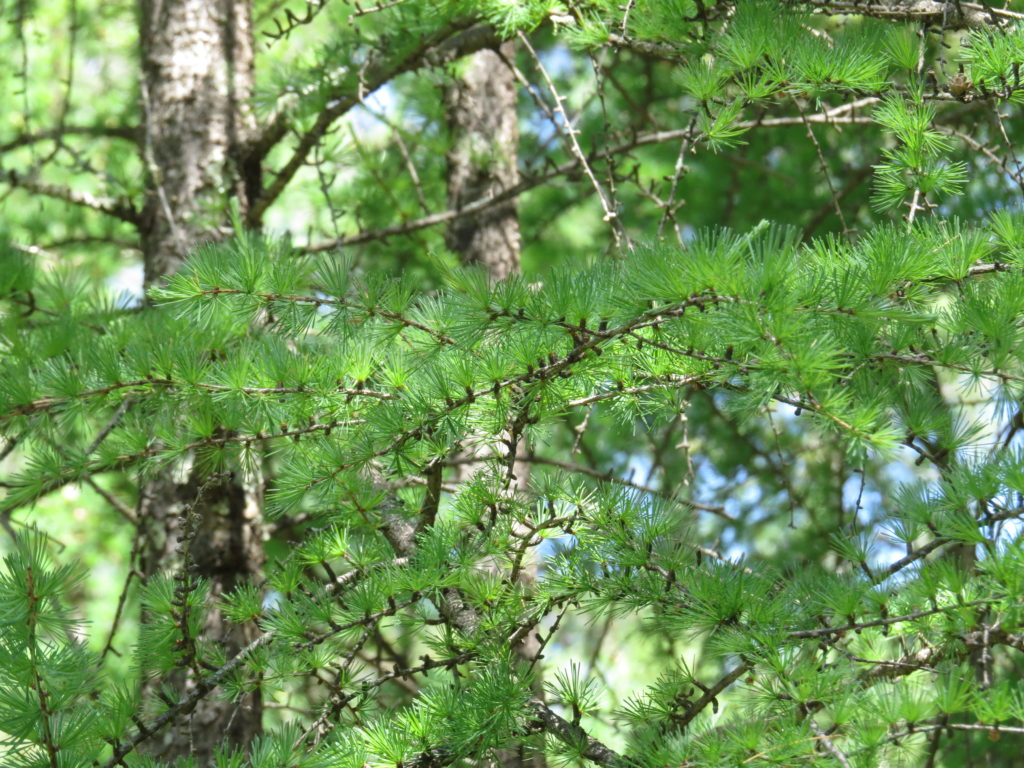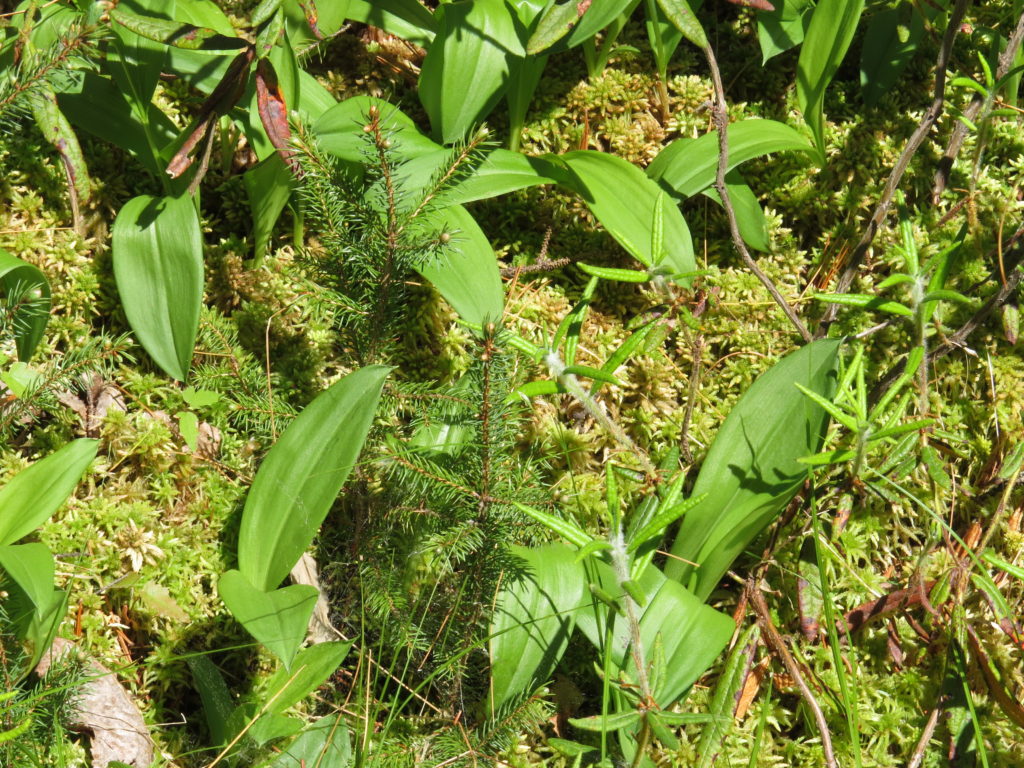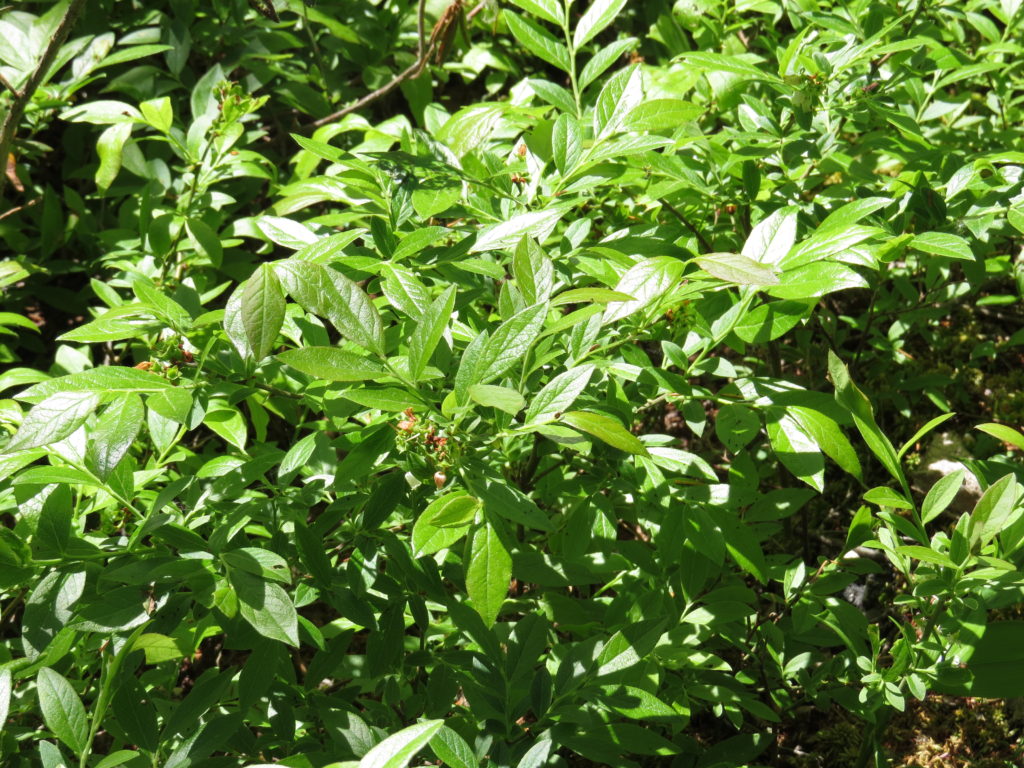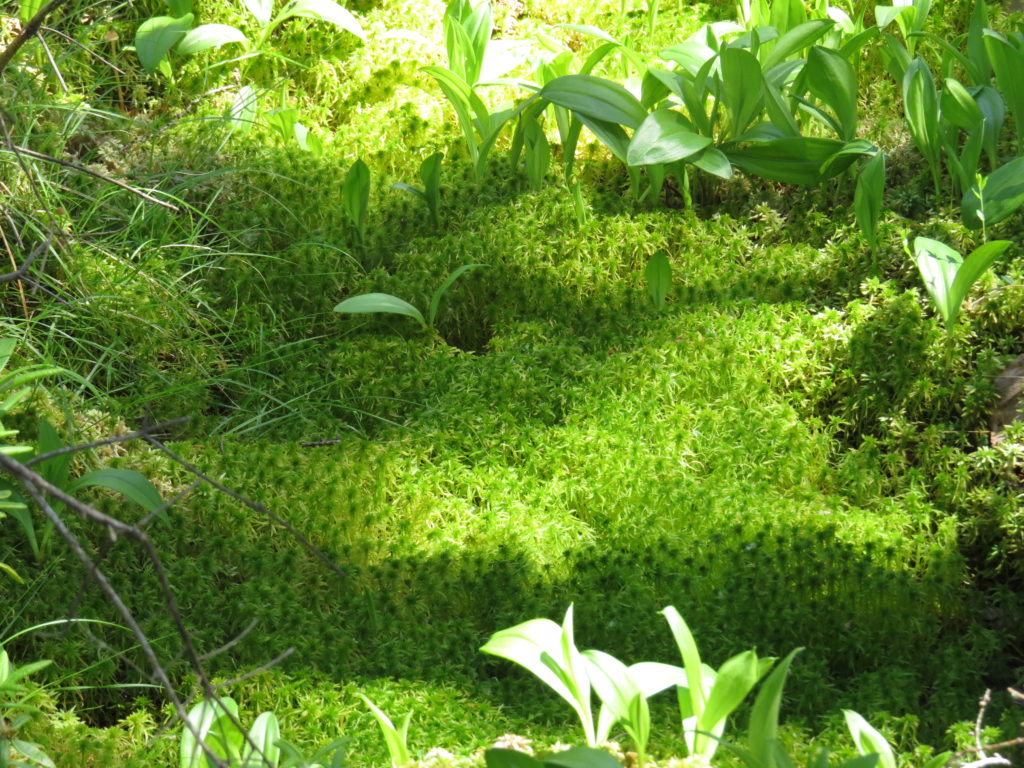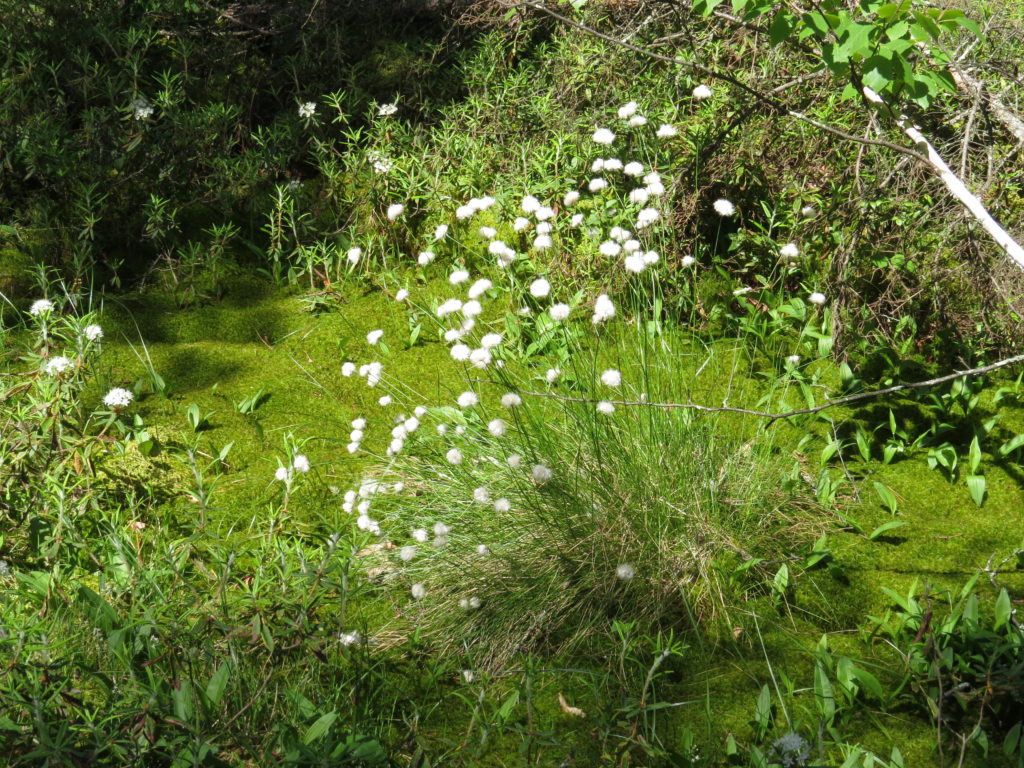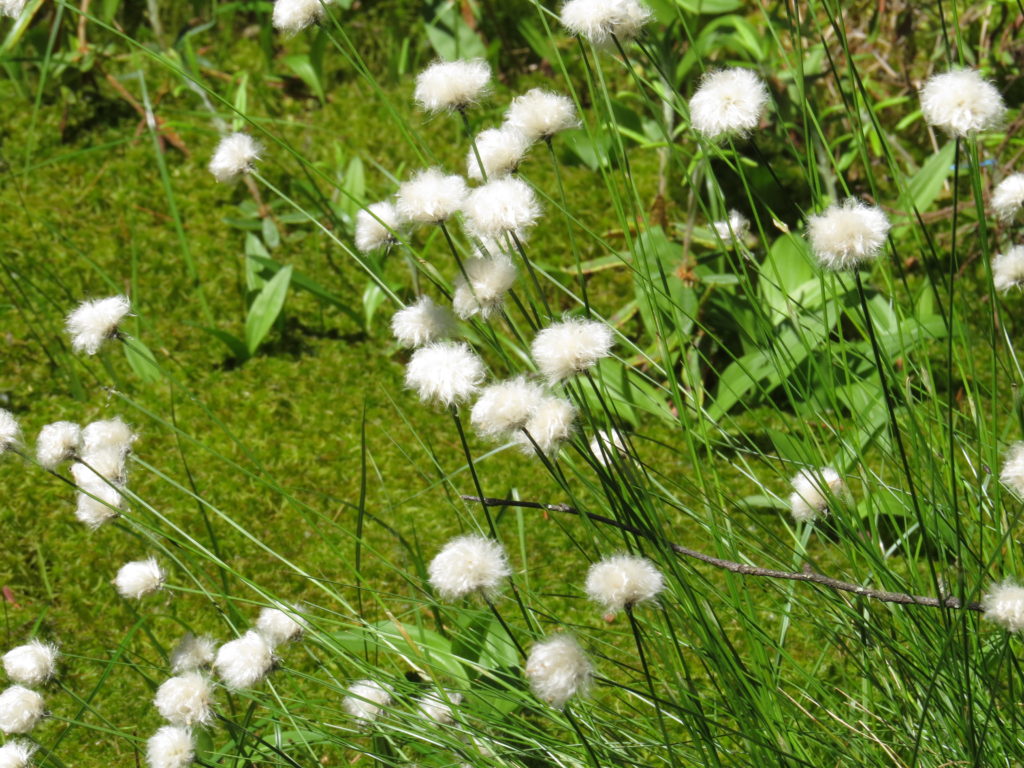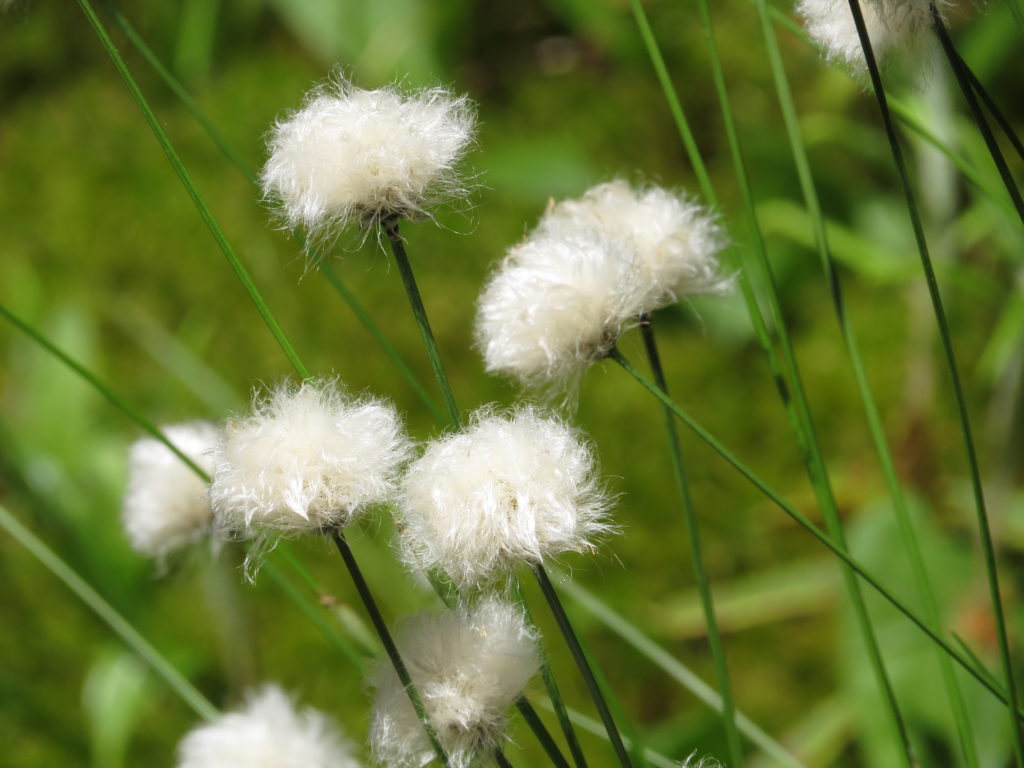How much does the internet rule our lives? What would we actually do without it for a day, a week, or a month? (Maybe I should back that up to an hour also.) Even those of us old enough to remember that we had full, awesome lives before the internet, get caught up in the necessity of it. Like when we weren’t looking, it sort of took over our lives. This post began in my head more than a week ago and ended a week ago when I could not open my webpage to upload pictures and write. Not enough power or signal, or there was interference or disturbance. Whatever.
After Paul’s memorial service over Labor Day and sweet times of relaxation and mourning-tempered fun with the Brake family, we headed home to Minnesota. Our wrecked hearts were a little less wrecked, bandaged over with hugs, precious memories, and laughter. The healing had begun.
On the trip home, we stopped for a walk and a break at Sakatah Lake State Park near Waterville, Minnesota. It was a nourishing detour around the rush-hour Cities traffic. The first thing I noticed when we started walking were dark, leaping little toads all over the place. It had rained quite a bit while we were gone (and much of the summer), so the frog and toad populations were booming.
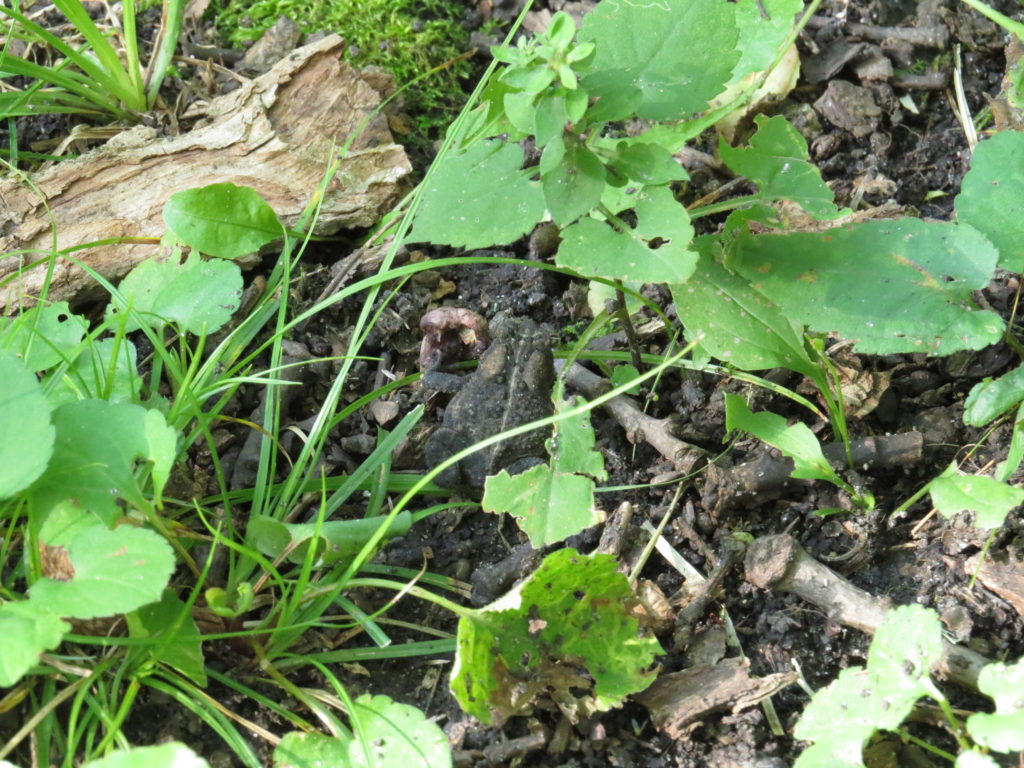
Upper Sakatah Lake was full to the rim and evidence of flooding was everywhere. Trees along the shore had toppled into the water, and debris was high in the lower spots. This area was named Sakatah by the Wahpekute tribe of the Dakota Nation. It means “the sights and sounds of children playing on the hill,” and sometimes translated to “Singing Hills.” Don’t you love that!?
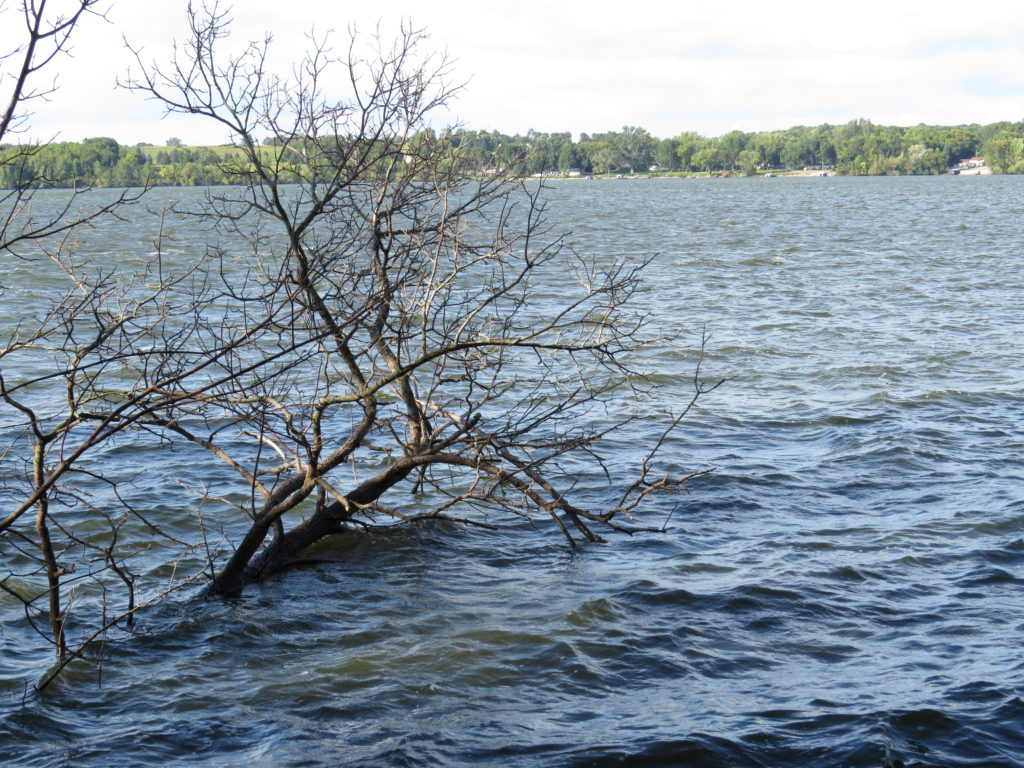
Looking out over the lake, the most striking view was to the east where Double-crested Cormorants had perched and made nests in dead trees on tiny islands of Wildlife Management Areas. Cormorants are colonial nesters and often perceived to be messy, nuisance birds.
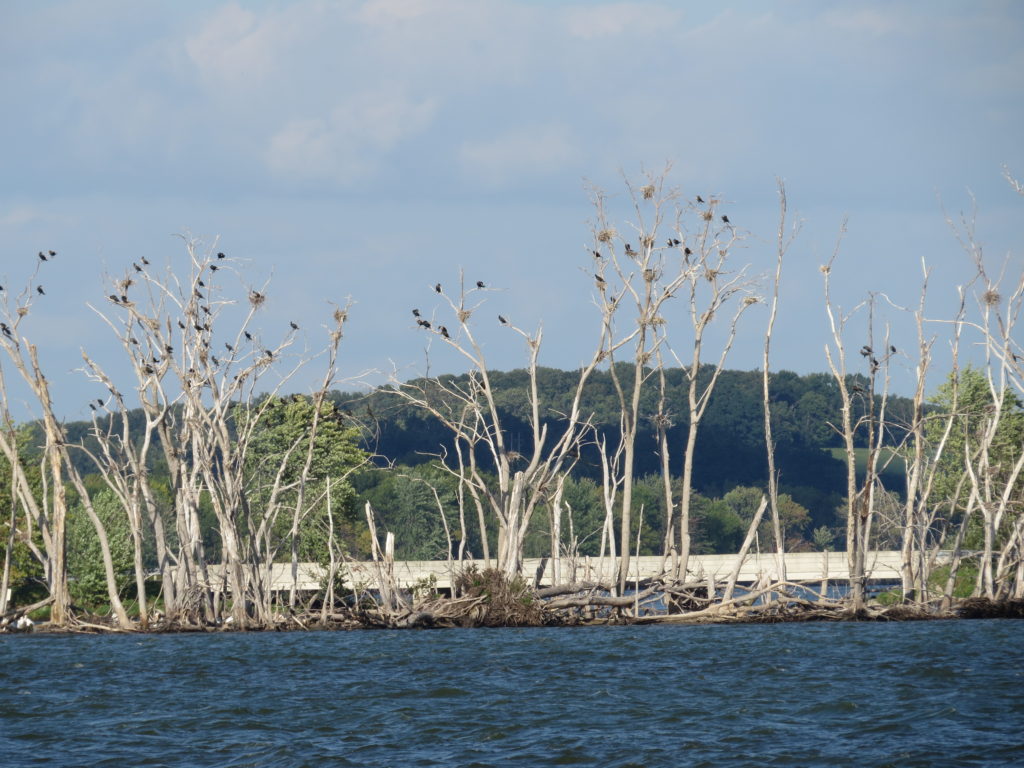
They are fish-eaters, so do not make good game birds, and their community living seems to make them messy and troublesome. (For whom?) But we saw much preening and cleaning going on as they perched in their alabaster tree-houses together.
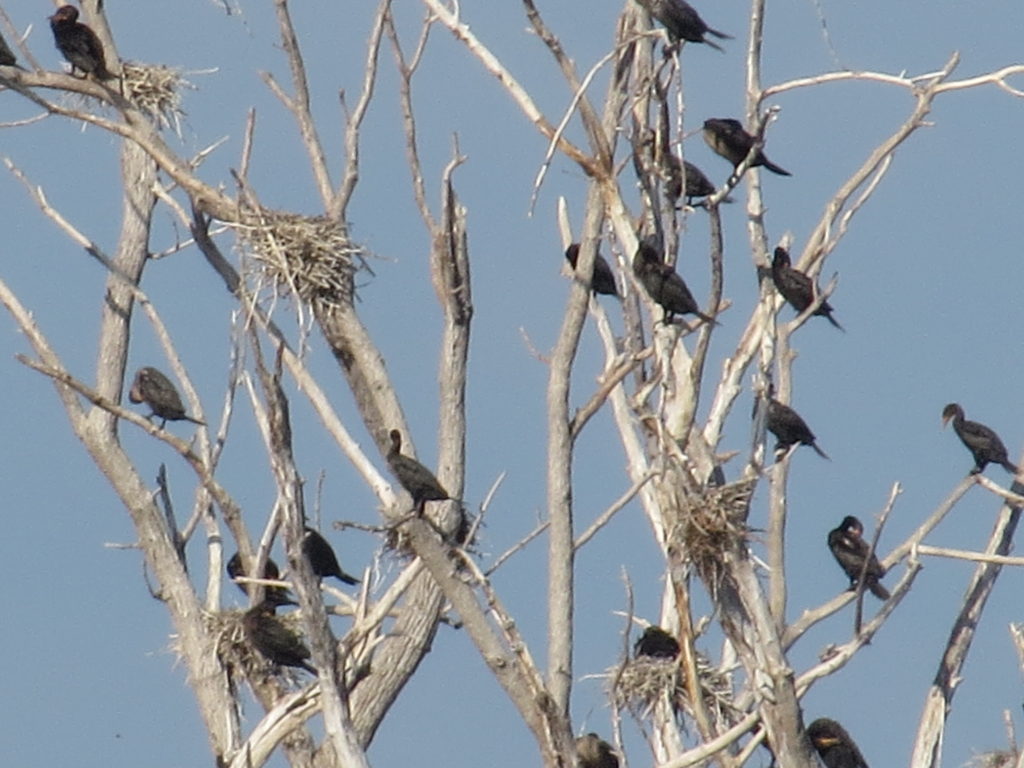
The vegetation in the woods had decidedly turned to Fall. It seemed to happen when I wasn’t looking. Clusters of red-fruited seeds of the Jack-in-the-Pulpit, amid the tattered leaves, shouted out to passers-by after two seasons of discreetly hiding in the forest.
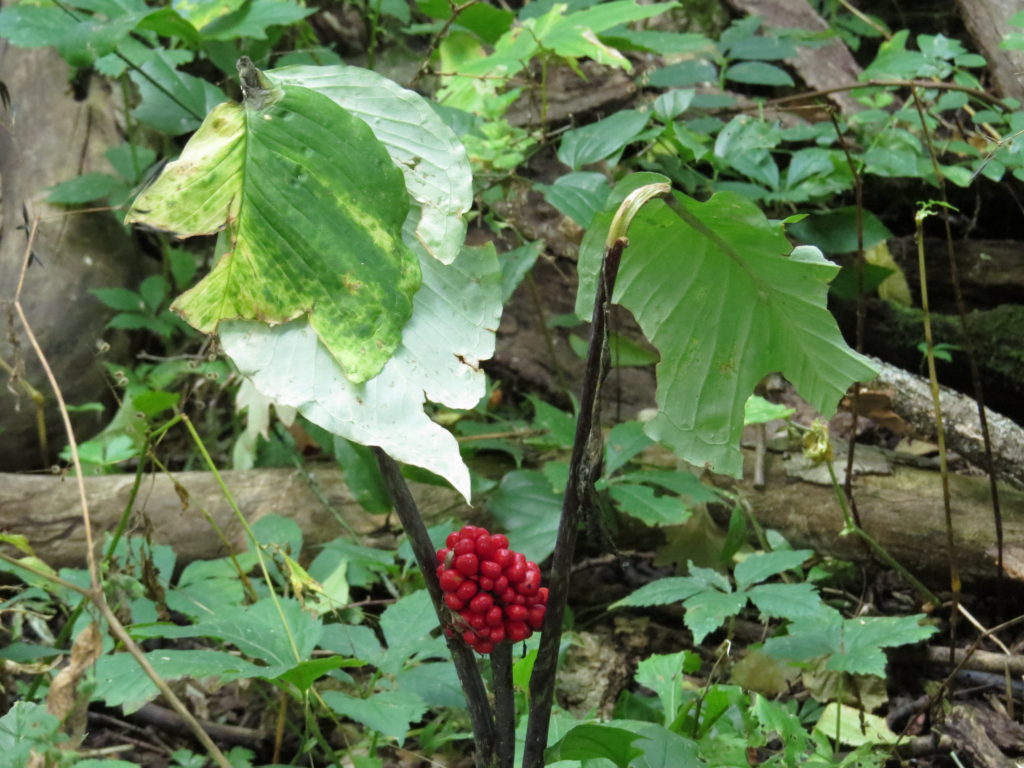
Sunflowers, Asters, and Goldenrods grew from every sunny spot along the edge of the woods, and juicy Wild Plums hung from the trees.
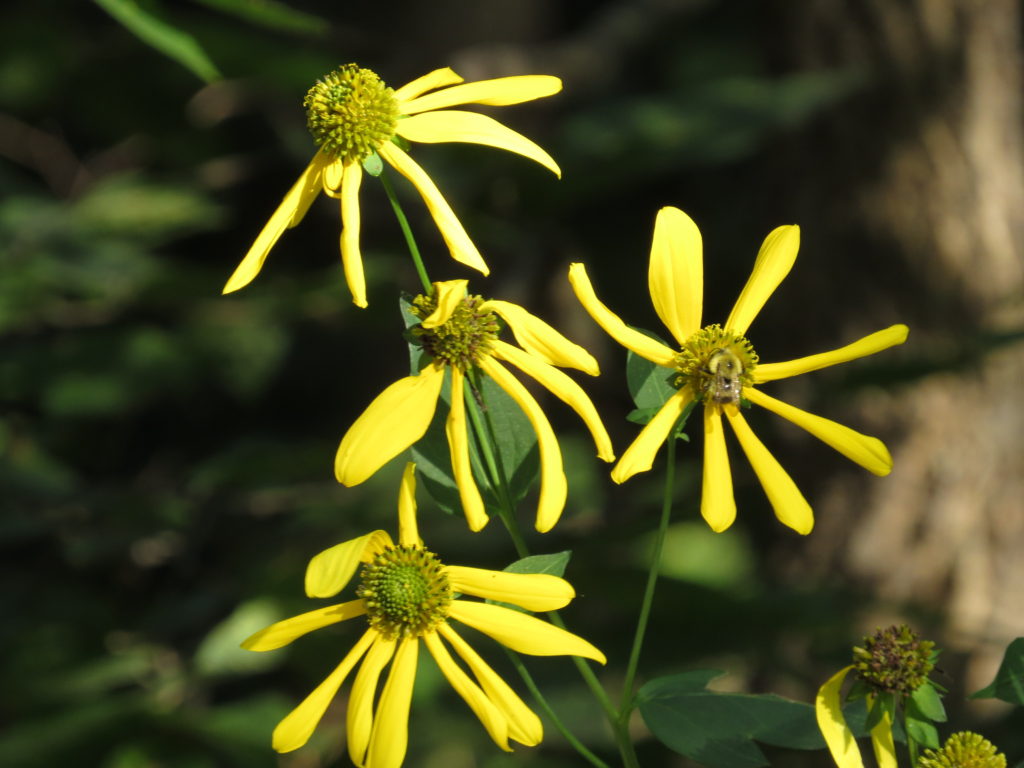
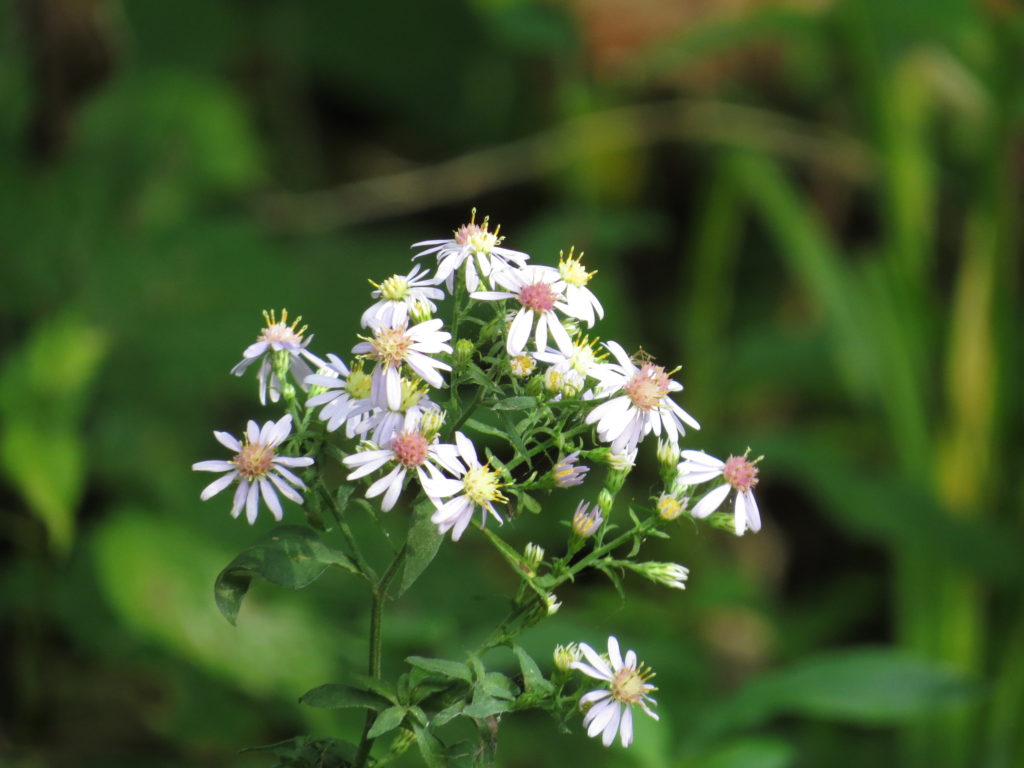
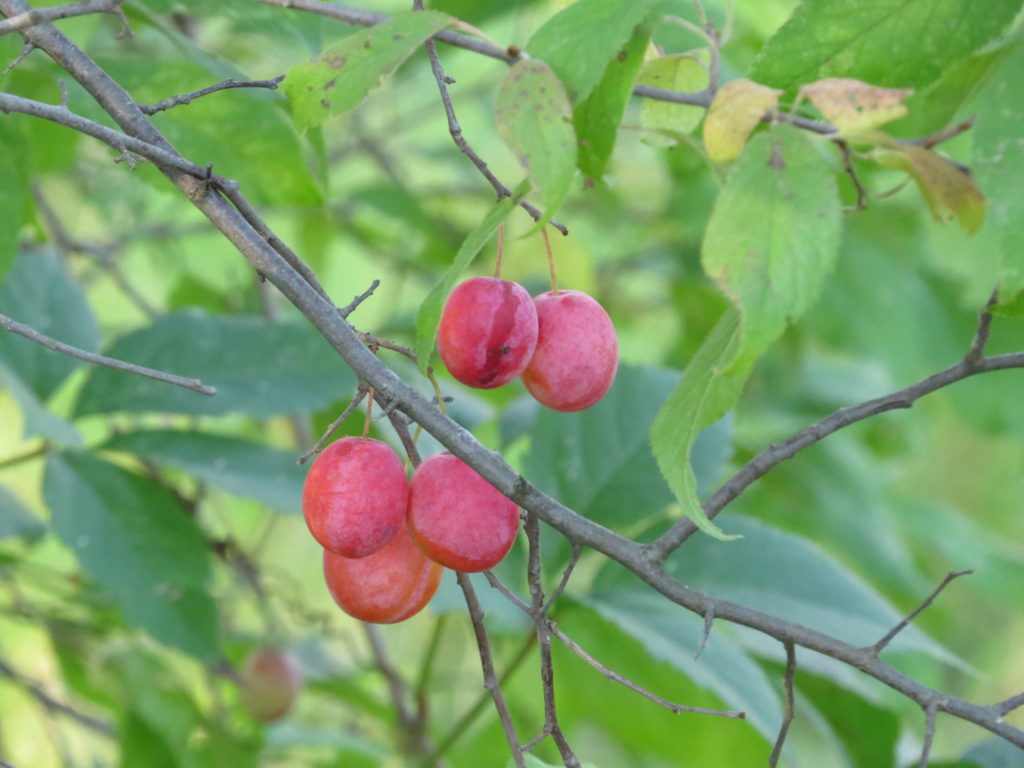
The forest gave way to wetlands and prairies as we hiked along the Singing Hills State Bike Trail that traversed the Park.
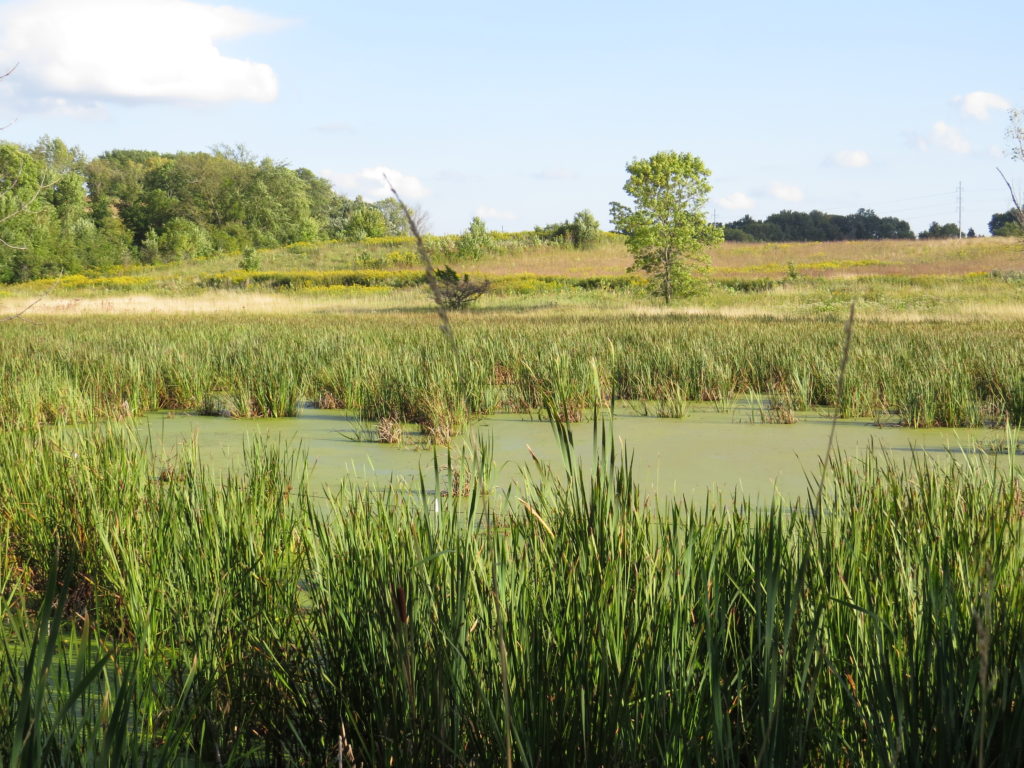
It was a short but welcome break to get into the woods after driving the Interstate for hours through the fields of Iowa. And when we were home again, our Fall visitors began to boldly traipse through the yard. The Wild Turkey population seems greatly diminished this year—only four babies with two, sometimes three females. Other years we have had twelve to eighteen young ones trailing behind their mamas.

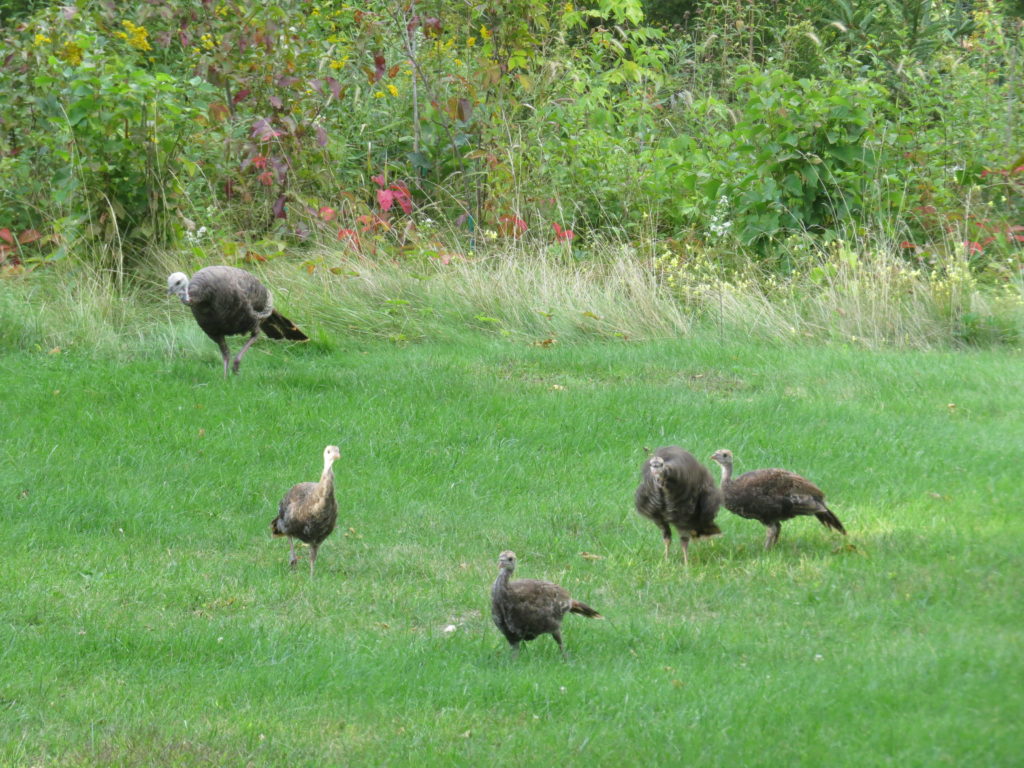
The spotted baby fawns are now big enough to graze in the open and look for apples that have fallen to the ground.
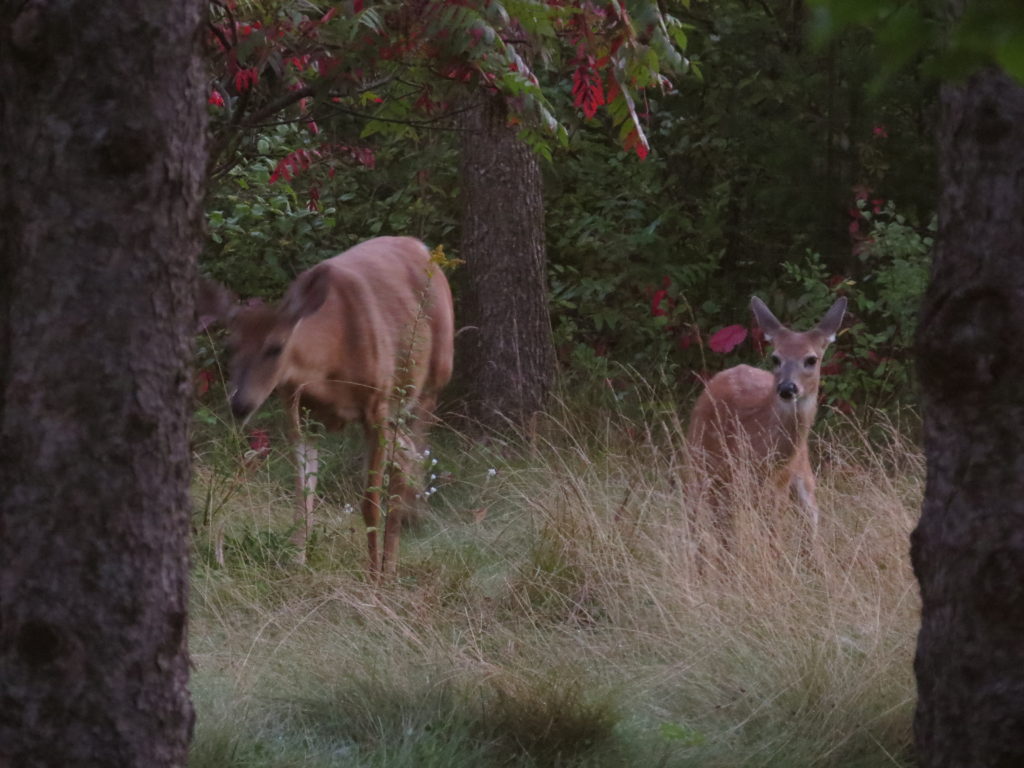
Our surprise this year, is that there are triplets!
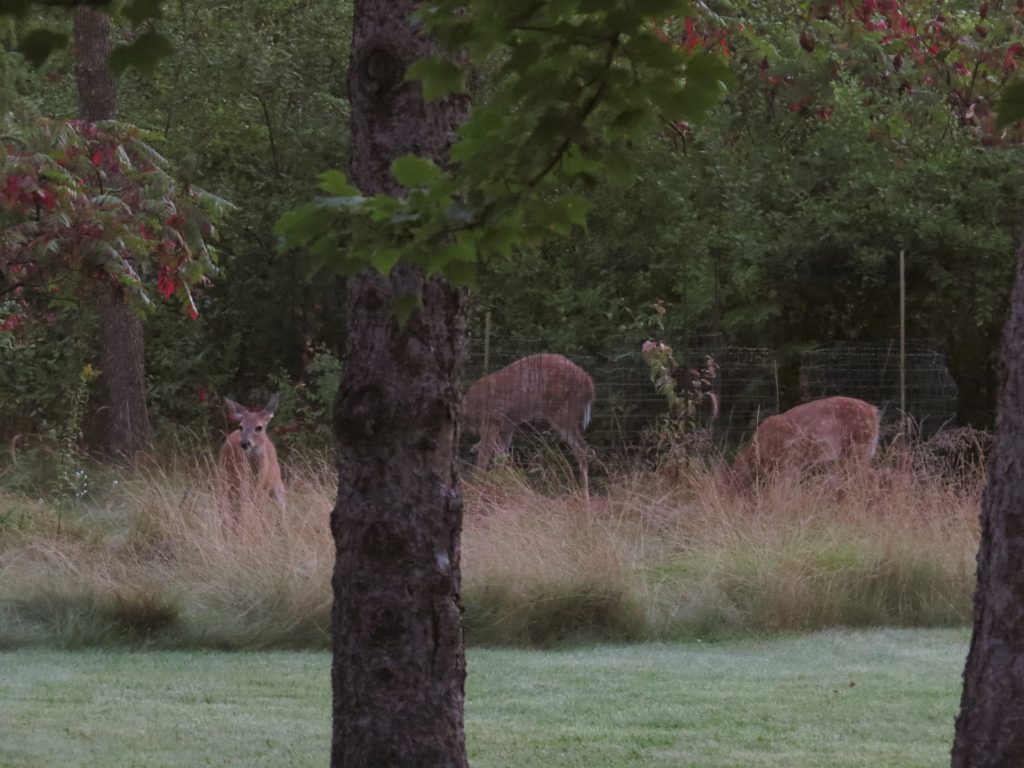
This Spring and Summer have slipped by me—when I wasn’t looking—when insidious, unseen influences sort of took over our lives. We blindly believe that all-or-nothing technology is in our best interest (all=good, nothing=bad). But what are we losing in the process when we are complicit to the ‘lifestyle’ of the internet and our ‘smart’ phones? How have we isolated ourselves from our community of people for the (and I don’t know the word for this exactly) thrill/ satisfaction/ seduction of all that the internet supplies? I spent many days in the last two weeks not looking at the internet. It was a relief. I’m not so attached to technology that it was uncomfortable for me to do so. In fact, it actually felt like I became more of myself. As the Brake family mourned the loss of a Dad/ brother/ uncle, we didn’t do so on social media—we did it in person. It was the face-to-face, the tears and laughter, and the hugs and stories that sustained us. When we weren’t looking for it, the healing had begun, and we were a little bit less wrecked, thank the Good Lord. So, where are the disturbances in our lives? What interferes with us feeling like ourselves in a grounded, nurturing way? I say don’t let the power in our lives be about the internet—it is unsustaining and in fact robs us of our energy and creativity in the long run. We need more Sakatah in our lives—the sights and sounds of children (and we are all children of God) playing and singing in the hills.
